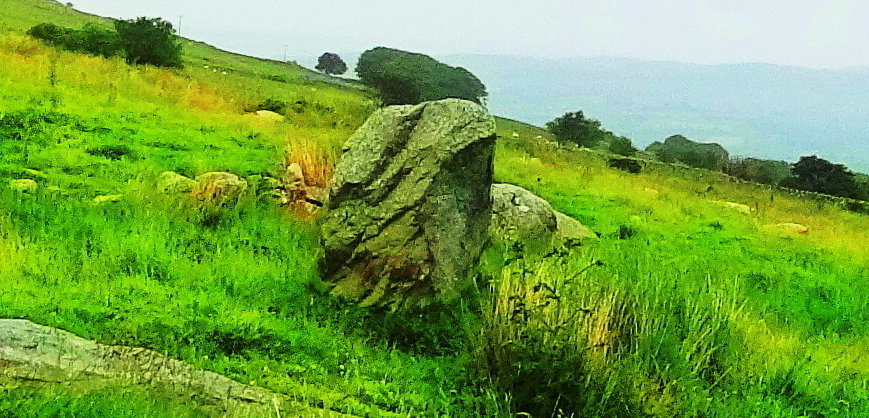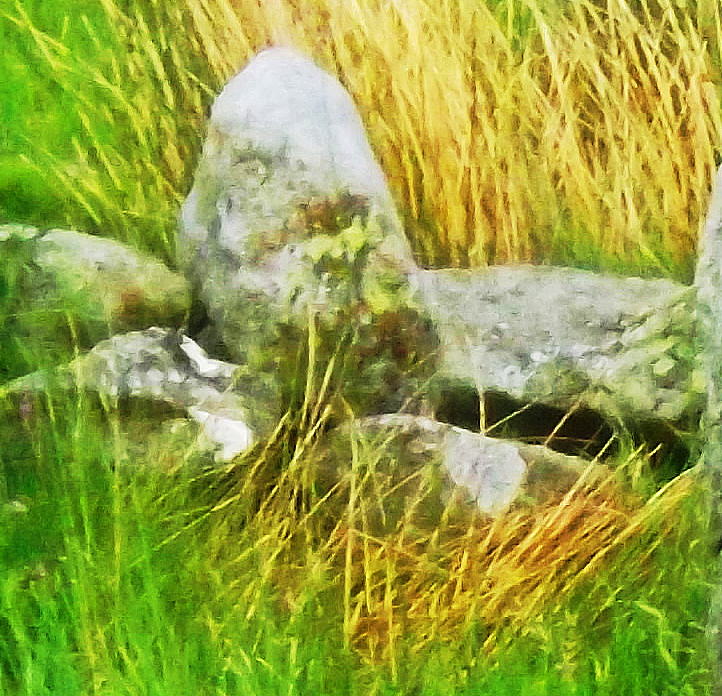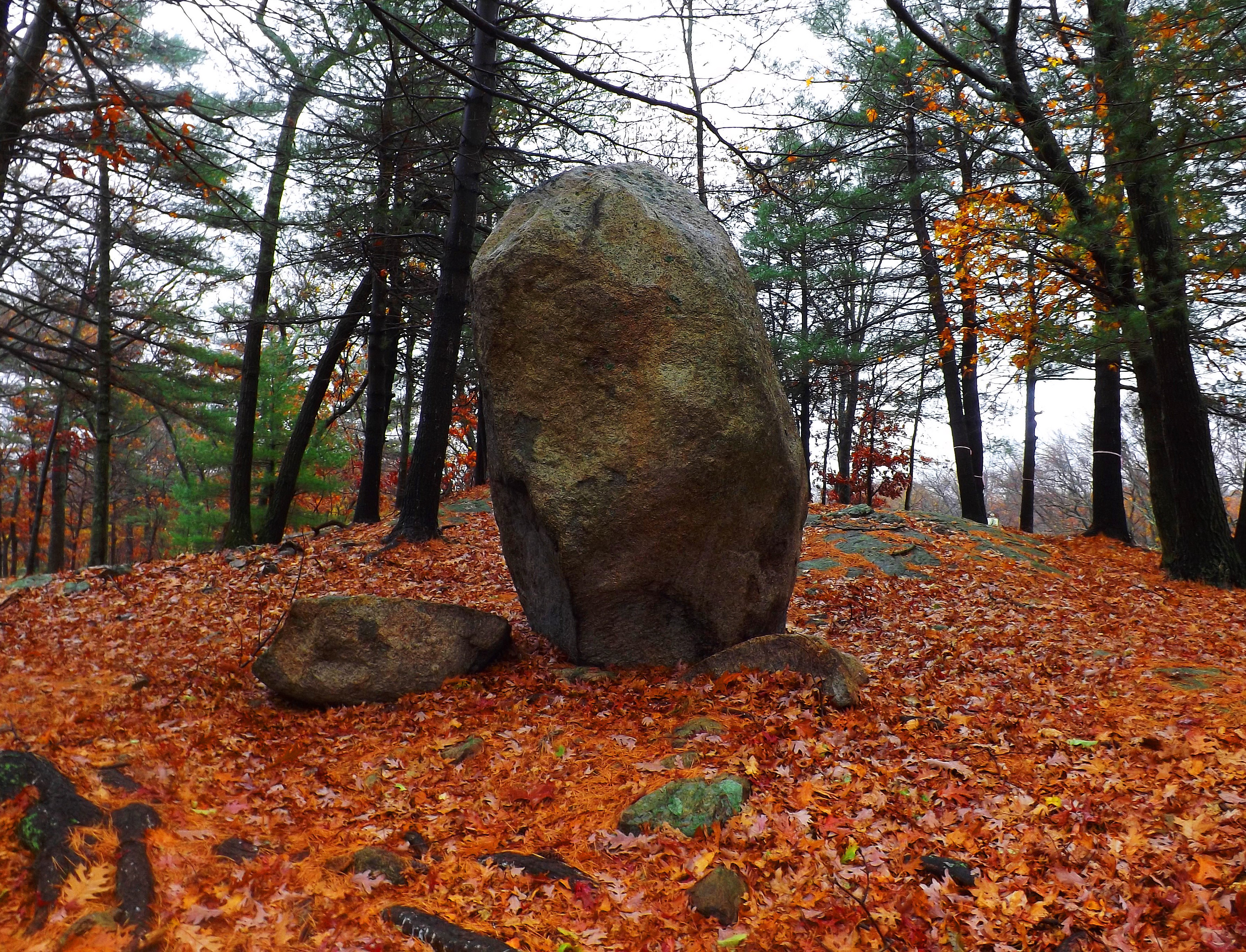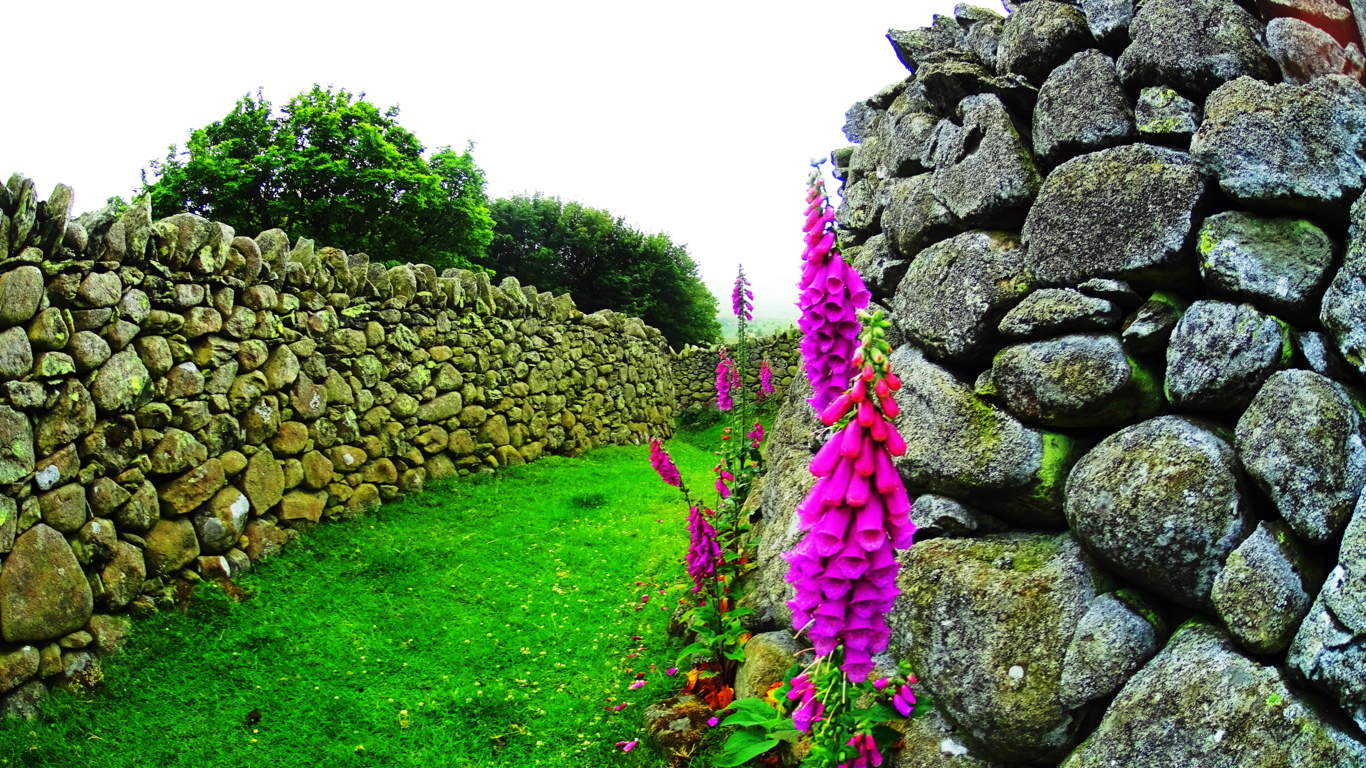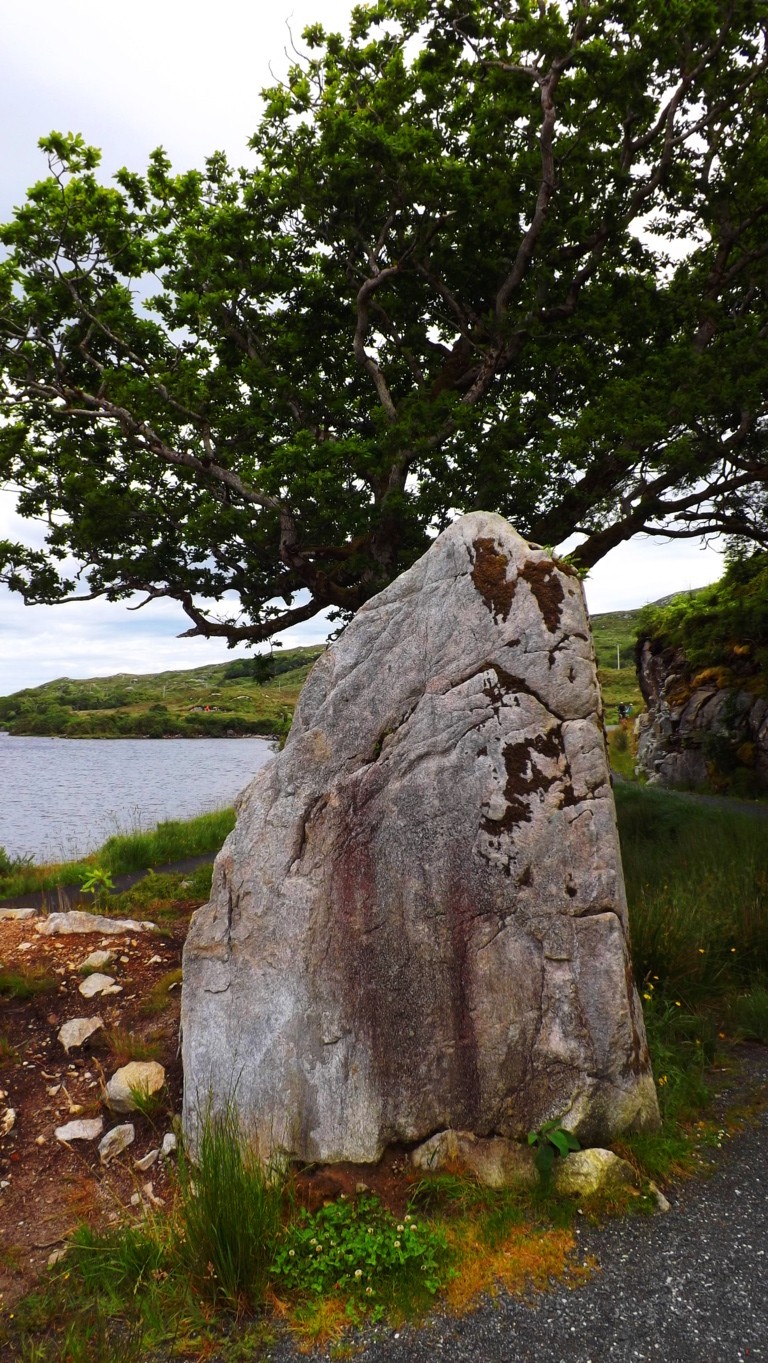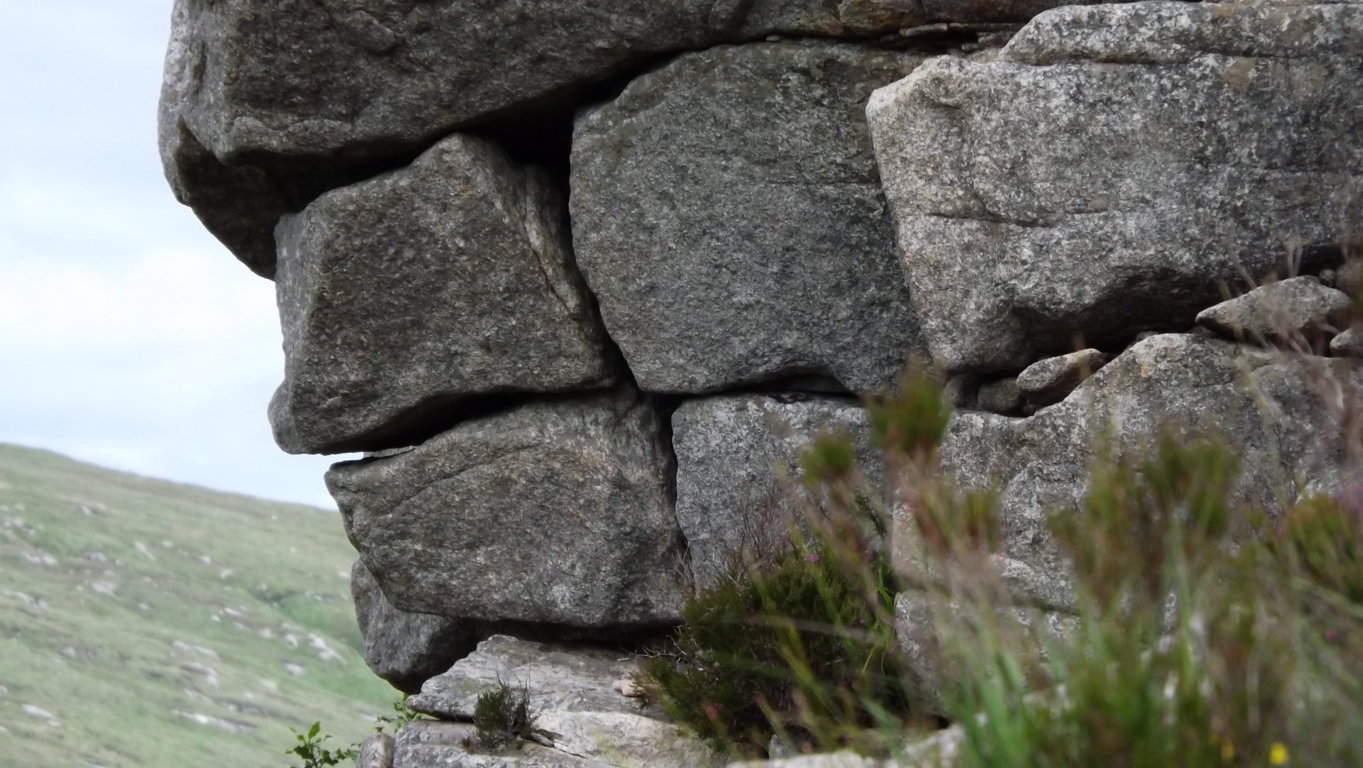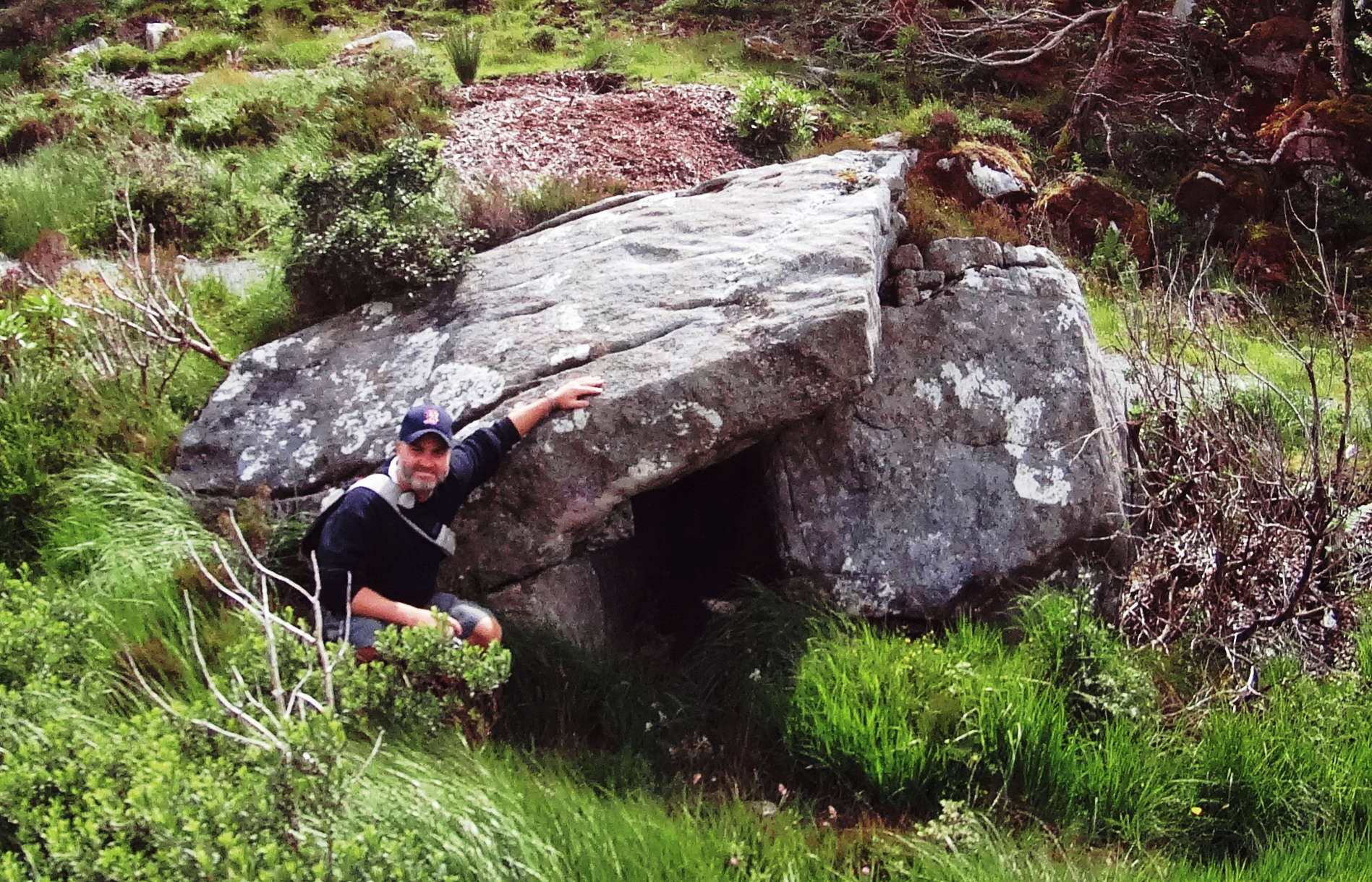Ashburnham State Forest Reserve
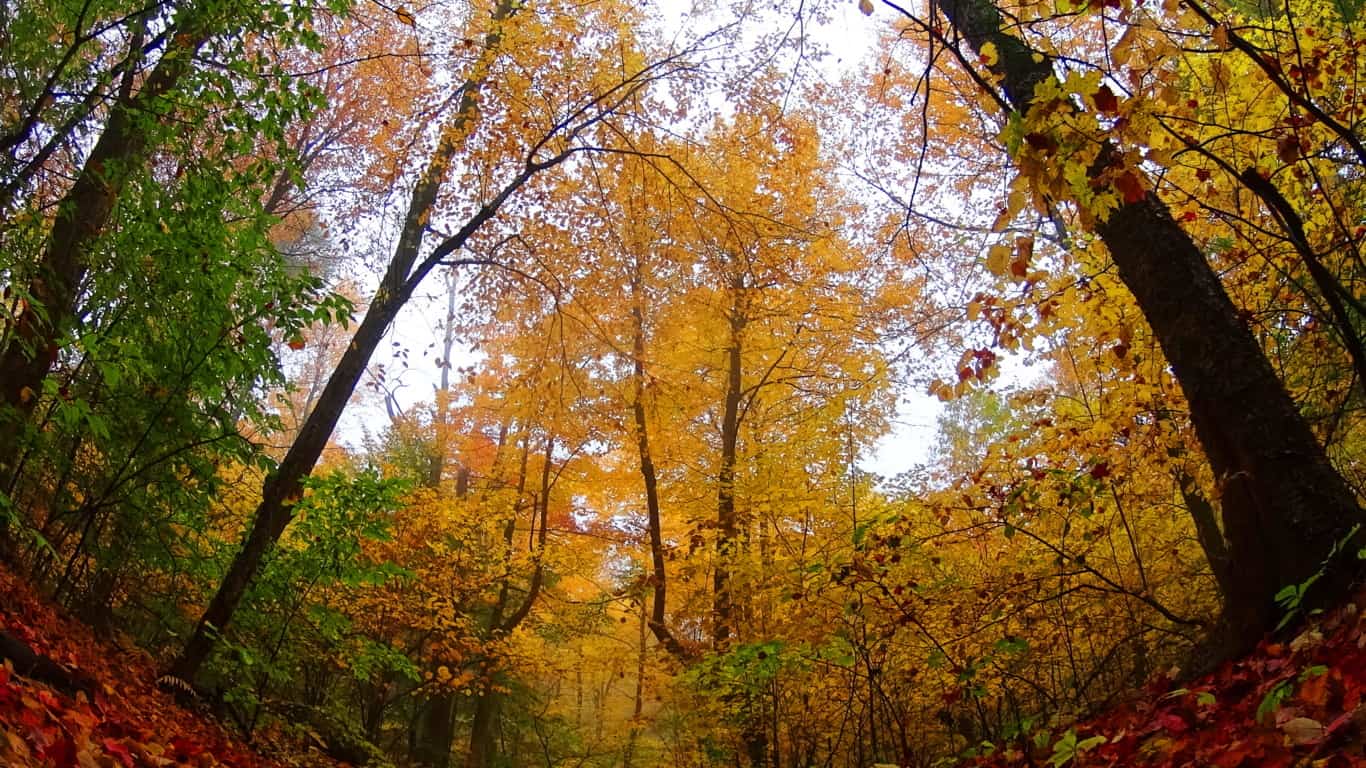
Location: Ashburnham, Massachusetts/USA
Note: The natural beauty of trails in New England, particularly in Fall, is such a blessing for those seeking a break from the suburban inundation that is the trademark of world wide modernism. That’s a mouthful of fancy words for those just seeking a peaceful, compelling, and pleasant space to hike, which Ashuburnham’ definitely is. The paths here are wide and welcoming, with golden leaves literally lining the forest floor. Mingled into these golden pathways are collages of foliage, rusty-red and green with pillar size Pines, Ash, Elms, Birches, Oaks, and Maples arching over the pathways. There are several trails in Ashburnham’, most of them running north to south towards Mount Watatic Reserve about 7 miles away. The Lincoln Pond Trail is the main route through Ashburnham’ which is gladly featured in this article. This is the ideal place to keep in mind that in so many stories forests are places of enchantment. From Grimm’s fairytales to Shakespeare’s magical midsummer backdrops, historically in literary works forests have been places where extraordinary things have occurred. Places like Ashburnham’ are a superfine example of how the most delightful and unassuming woods can hold subtle secrets within, secrets that are somewhat hard to explain and bordering on the magical dimensions so many stories try to relate. Native American stories are also part of this landscape, which have unfortunately been lost to history. It should be recognized that Native stories were deeply connected to specific spots. Elevations were considered “places of power”, and various landmarks had histories behind them that often imparted a moral memory for future generations. All these things are literally stirring in a place like Ashburnham’. Simply put, there’s a lot more going on in the forests of the world than just wood, water, soil and stone; if you go deep enough, often enough, you will see.
The southern entrance of Lincoln Pond Trail is a quiet country road with no visible street sign. It is just off the intersection of Hastings and Stowell roads, and is a bit hard to find, so bring your navigation device. This short country-road leads to the small car-park area, just beyond a farmhouse and picturesque barn at the end of the lane. 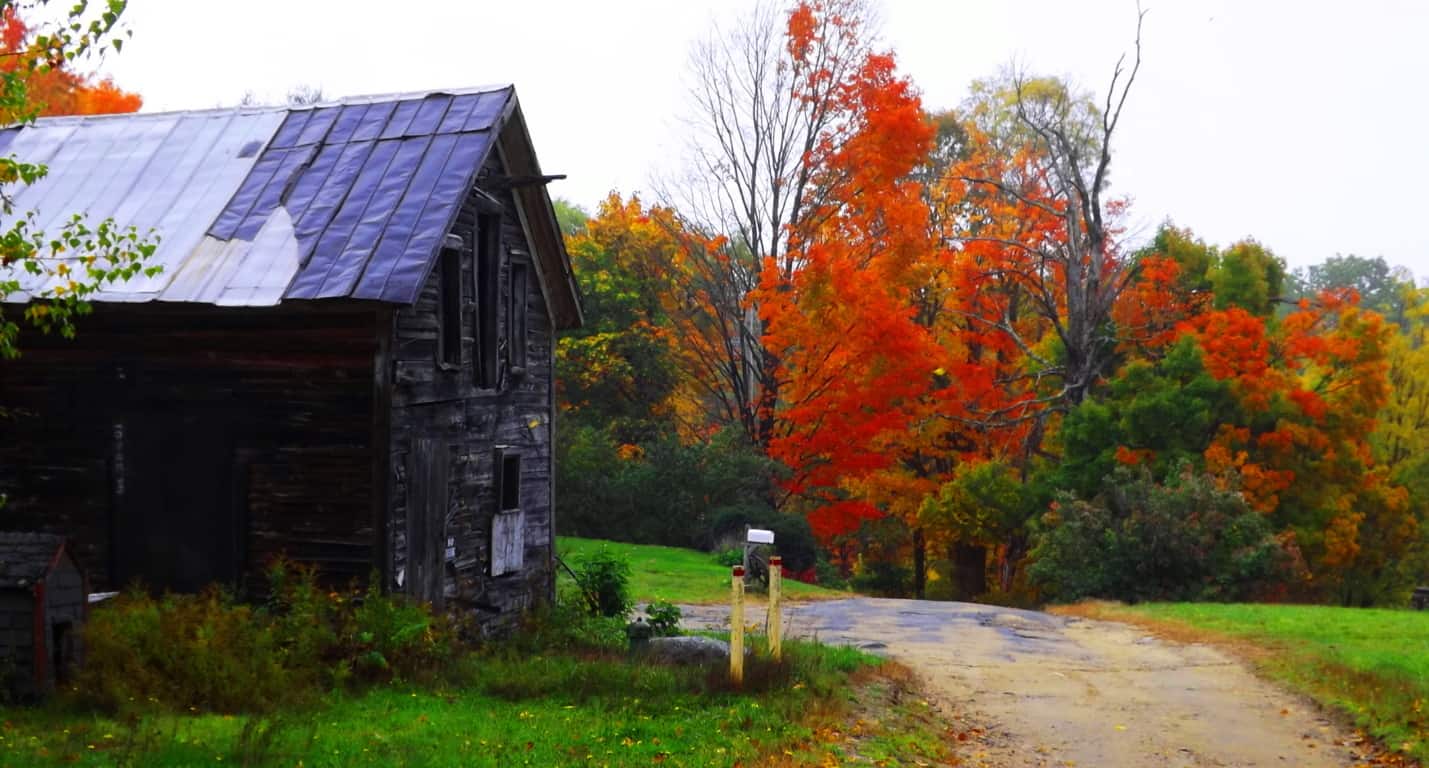 As soon as you begin striding into the entry path there is a feeling of watchfulness. This feeling is far from fictional; ‘watchfulness’ is the unforced moment when you realize that you are not necessarily observing the forest, but rather, the forest is actually observing you. It can take years for some people to pinpoint this moment, while others acknowledge it within a few short hikes. It is a lucky feeling to achieve if you can. The misty entrance at Lincoln Pond Trail is the embodiment of “the old-growth ‘gateway'”, where the possibility of this feeling emerges in each bending branch and whistling breeze. With a swift mist moving through the deep multicolored forest, you might begin to grasp that hiking is anything but primitive “walking”, it is a Godsend treatment for your sensory.
As soon as you begin striding into the entry path there is a feeling of watchfulness. This feeling is far from fictional; ‘watchfulness’ is the unforced moment when you realize that you are not necessarily observing the forest, but rather, the forest is actually observing you. It can take years for some people to pinpoint this moment, while others acknowledge it within a few short hikes. It is a lucky feeling to achieve if you can. The misty entrance at Lincoln Pond Trail is the embodiment of “the old-growth ‘gateway'”, where the possibility of this feeling emerges in each bending branch and whistling breeze. With a swift mist moving through the deep multicolored forest, you might begin to grasp that hiking is anything but primitive “walking”, it is a Godsend treatment for your sensory. 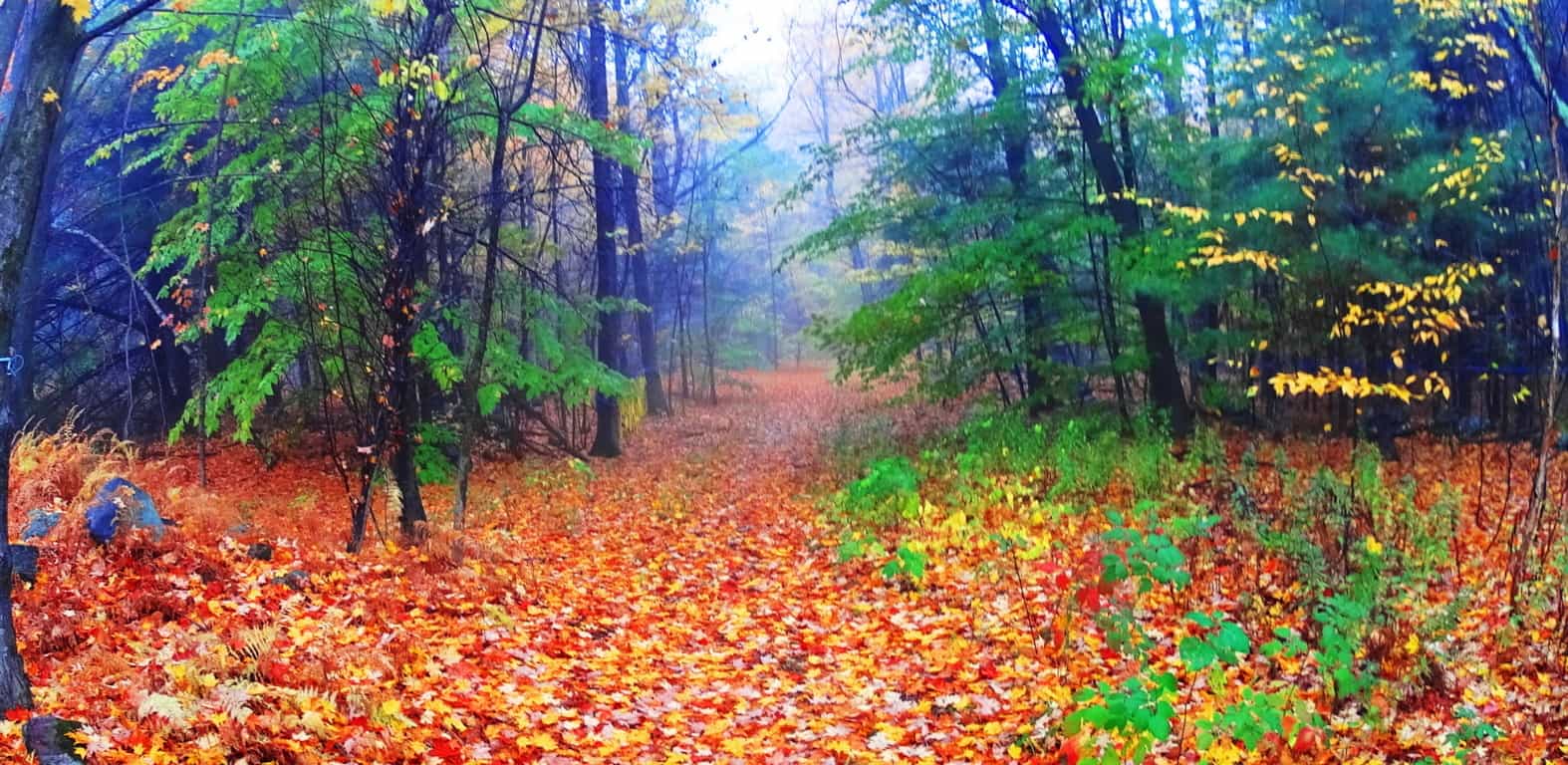
Entering Ashburnham’ in late Fall of 2016 I realized that this would be my last real hike of the year. I had now seen roughly 30 state park nature Reserves in the last 4 years, inclusive of 5 countries and 6 States, (among those various countries). Since walking into Kinnitty Forest for the first time, in the heart of Ireland 4 years ago, where my girlfriend stumbled on a seashell at the top of a mountain, my life has never been the same. I discovered that if you stroll into even the most unassuming looking woods (even in the middle if Ireland), if you look deep enough, or climb high enough, you may very well find something truly wonderful that could change your outlook on the world. 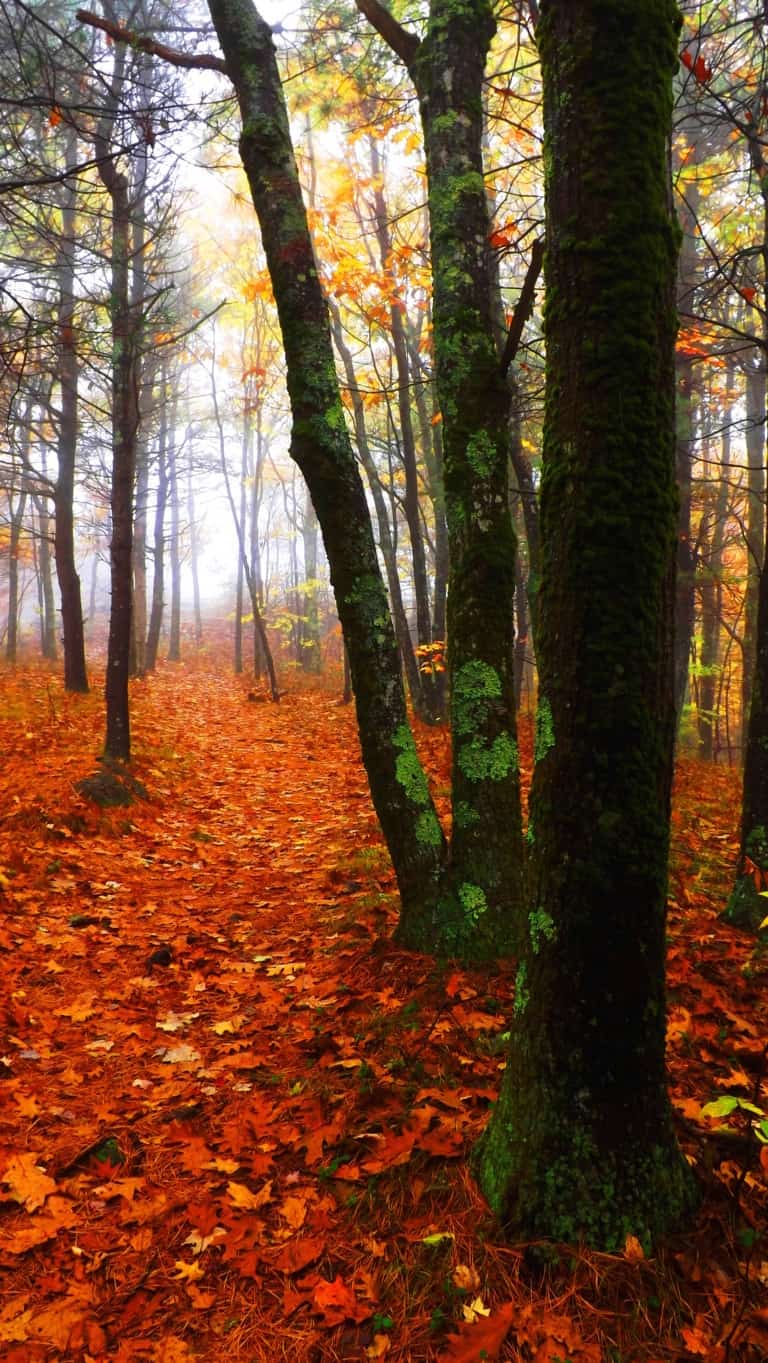 This was subject matter they didn’t teach us in schools, even at universities, which made it all the more stunning for me. Eventually, if thing s like this happen you have to ask why? Why does every region that has yet to be suburbanized, including most of the surviving forests and mountain elevations, contain megalithic stones, ‘linings’ and cairns that are practically hidden in the landscape? why is it not brought up in our text books? It has finally become clear to me. The first culture on Earth, the first layer of culture, is a Megalithic Culture; This was an ‘engineering capable’, technologically proficient, culture. The second layer is the Native period. The third layer is the Colonial period; then the fourth layer is the Industrial movement, and the fifth Postmodern. If this is correct, than in places like Ashburnham’, where there are no layers to cover up and interfere with this first layer of Megalithic Culture, the cultural stones will be discernible. The trails here should reveal stonework just beneath an ocean of golden leaves, like a visibly enlightened landscape that guards the greatest stylized historic secret on earth. It’s like hiding a sword in a stone, deep in the forest of some forgotten place, just waiting to be pulled up.
This was subject matter they didn’t teach us in schools, even at universities, which made it all the more stunning for me. Eventually, if thing s like this happen you have to ask why? Why does every region that has yet to be suburbanized, including most of the surviving forests and mountain elevations, contain megalithic stones, ‘linings’ and cairns that are practically hidden in the landscape? why is it not brought up in our text books? It has finally become clear to me. The first culture on Earth, the first layer of culture, is a Megalithic Culture; This was an ‘engineering capable’, technologically proficient, culture. The second layer is the Native period. The third layer is the Colonial period; then the fourth layer is the Industrial movement, and the fifth Postmodern. If this is correct, than in places like Ashburnham’, where there are no layers to cover up and interfere with this first layer of Megalithic Culture, the cultural stones will be discernible. The trails here should reveal stonework just beneath an ocean of golden leaves, like a visibly enlightened landscape that guards the greatest stylized historic secret on earth. It’s like hiding a sword in a stone, deep in the forest of some forgotten place, just waiting to be pulled up. 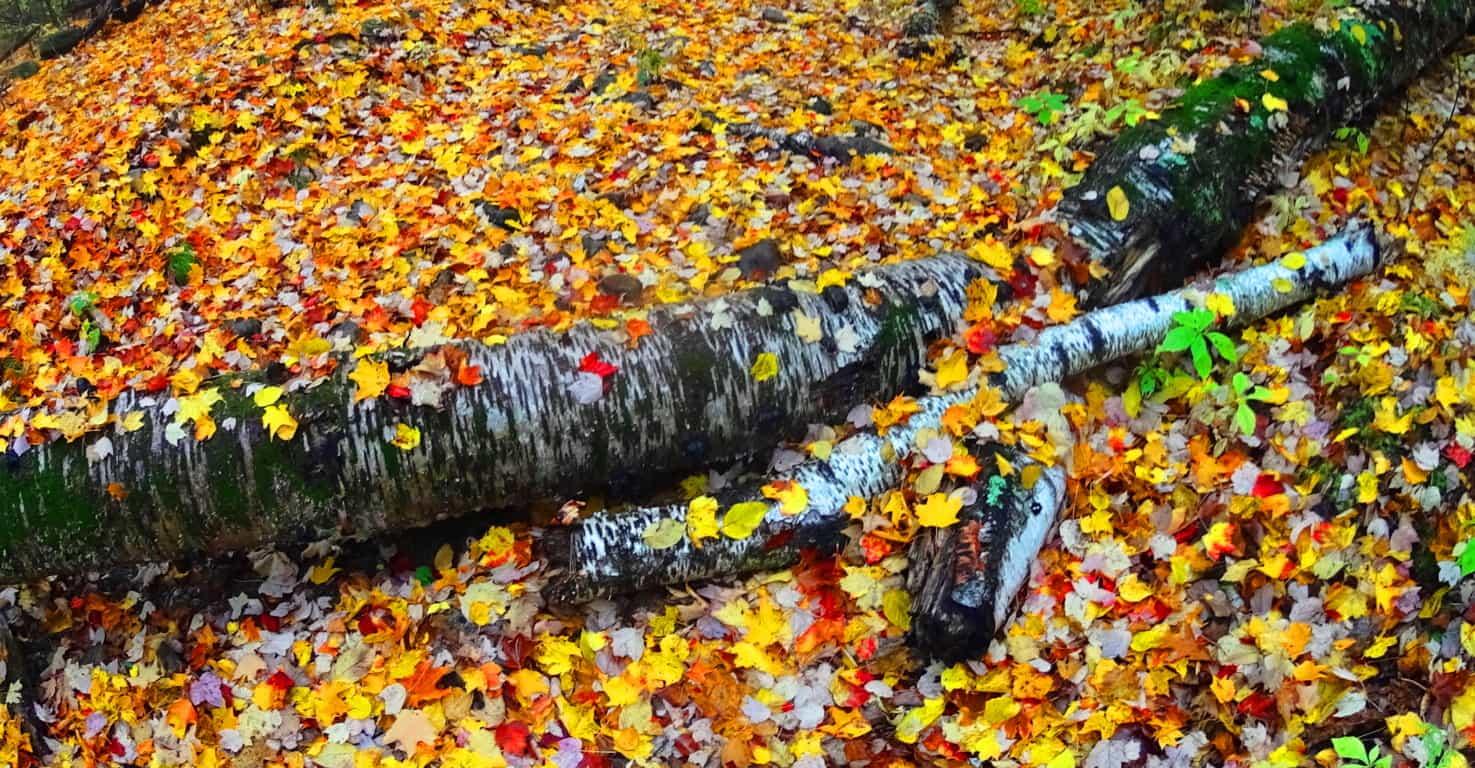
To begin, as you wander in, right away, on both sides of the trail, are beautiful stone-linings that follow the path. This is the sign of a truly ancient Reserve. Following these stones will most often lead you to something even more compelling, a rocky ledge or waterfall, which is a pattern that is also true in the fantastic Celtic Reserves to the east, across the Atlantic Ocean. 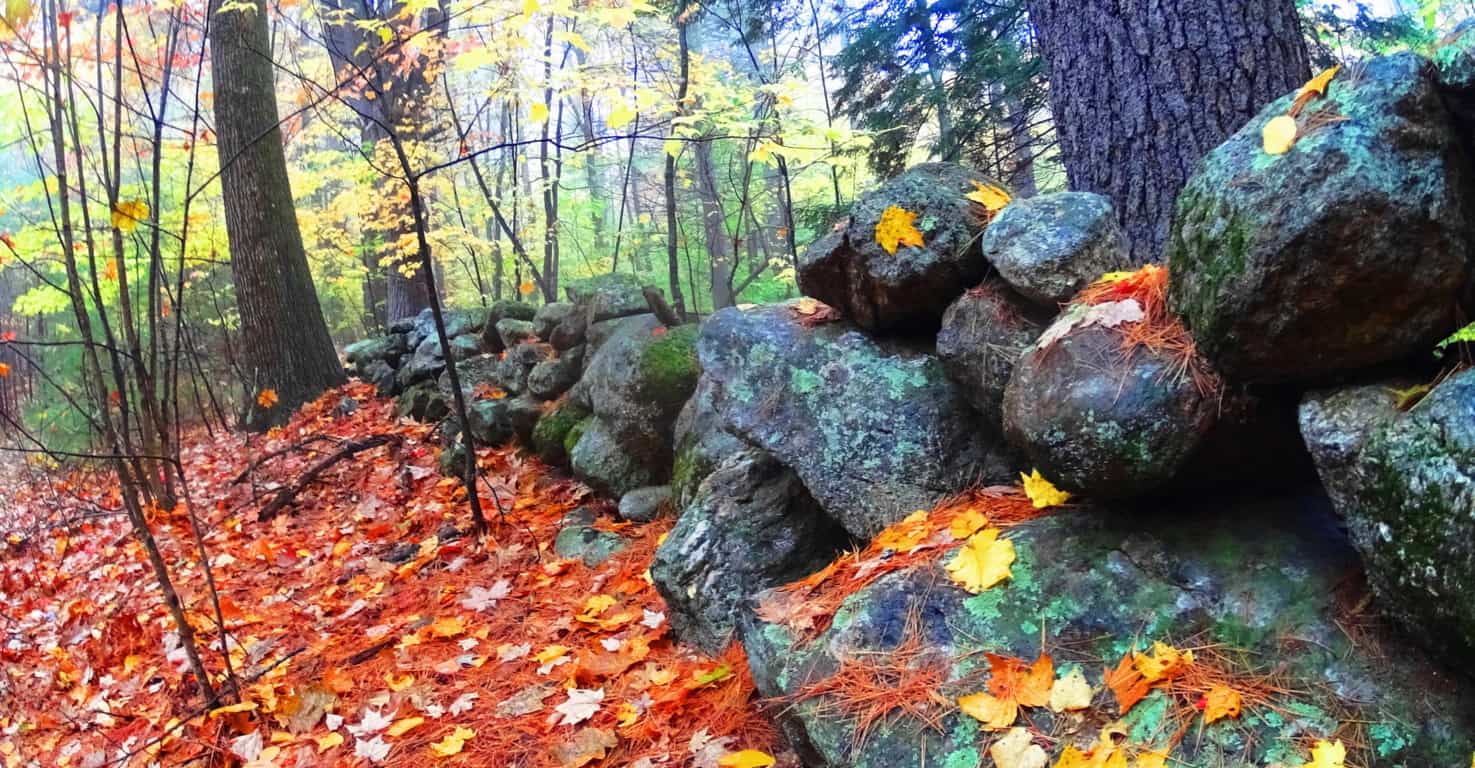 Along this main ‘artery of stone’ is a tour of fantastic expressions, along with what looks like a powerfully regenerative place, a wonderfully healthy old growth forest. Groves of baby Pines flourish here, which can be seen about a quarter mile into this trail, just off the path. It indicates an ecosphere of high quality nutrients in the earth and air. The positive benefits of these energies for people is not dramatic hokum; the effects on human beings are equally reviving, and certainly far more beneficial than say, walking on the pavements of even the “nicest cities”.
Along this main ‘artery of stone’ is a tour of fantastic expressions, along with what looks like a powerfully regenerative place, a wonderfully healthy old growth forest. Groves of baby Pines flourish here, which can be seen about a quarter mile into this trail, just off the path. It indicates an ecosphere of high quality nutrients in the earth and air. The positive benefits of these energies for people is not dramatic hokum; the effects on human beings are equally reviving, and certainly far more beneficial than say, walking on the pavements of even the “nicest cities”. 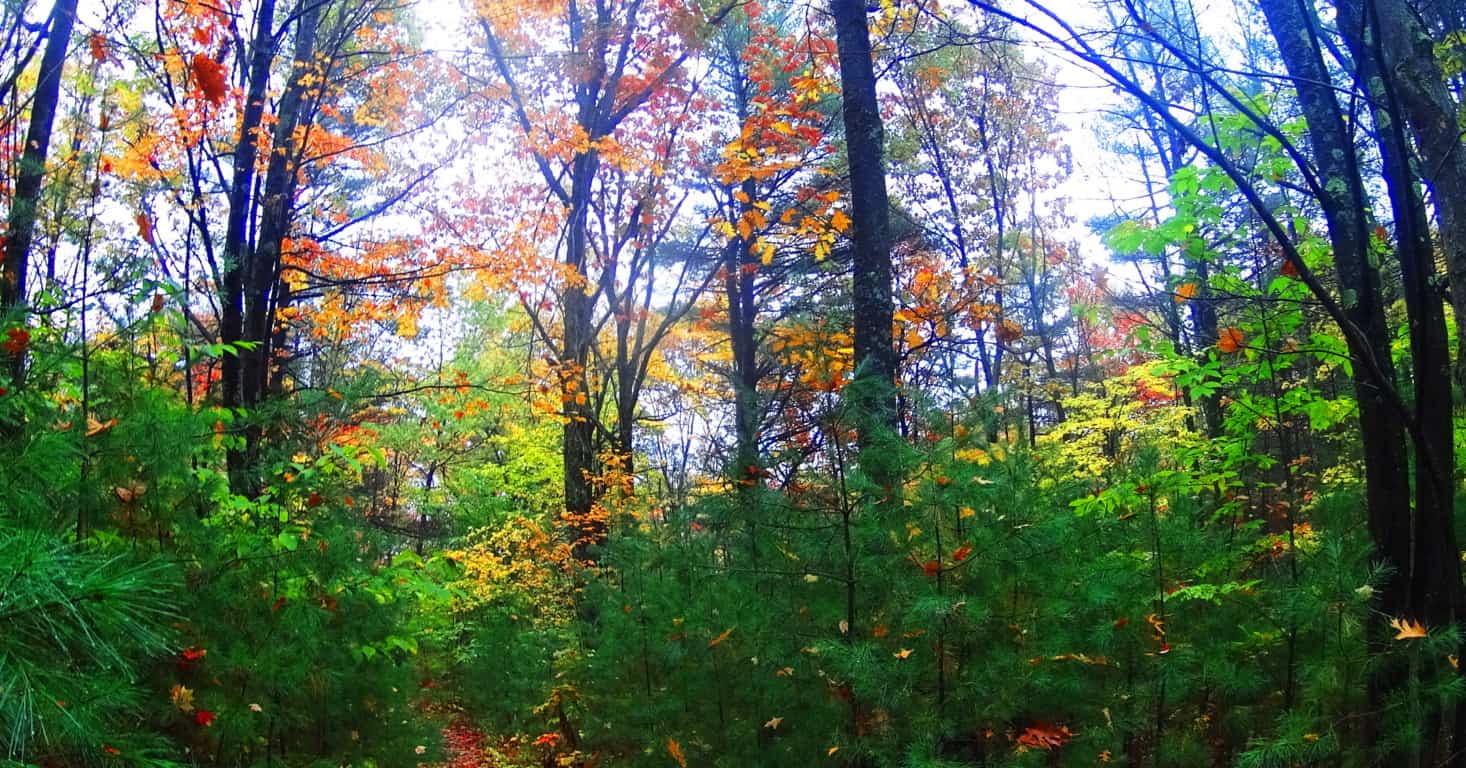
The classic stone-linings in Ashbunrham’ have another quality that makes the case for an increasingly in-depth explanation as to what their purpose(s) may have been. There are places in the ‘linings’ that are clearly and distinctly leading to specific boulders. Just like the head of a large serpent, many of the stones are capitalized with a free-standing boulder that seems to have been placed directly into this construct, intentionally. The idea that stone-linings, which run for dozens of miles through the landscape at Ashburnham’, were simply built along glacially placed boulders sitting at random just doesn’t make sense. The stone-linings create an order in the forest; they are a logical expression of control and directionality. Basing an entire network of megalithic stones on random ‘glacially placed’ boulders seems opposite to the entire point for a culture that actuated meaning int he deep woods by placing lines of massive stones. The boulders were most likely inserted into the stone-linings, just like other lessor stones, however hard that is to believe. And this still doesn’t answer the question, why? Below is an example of just such an expression. This classic stone-lining, which is partially covered by the foliage, runs straight into this massive boulder, like the head of a snake. Even the picture doesn’t do the scene the justice it compels in person.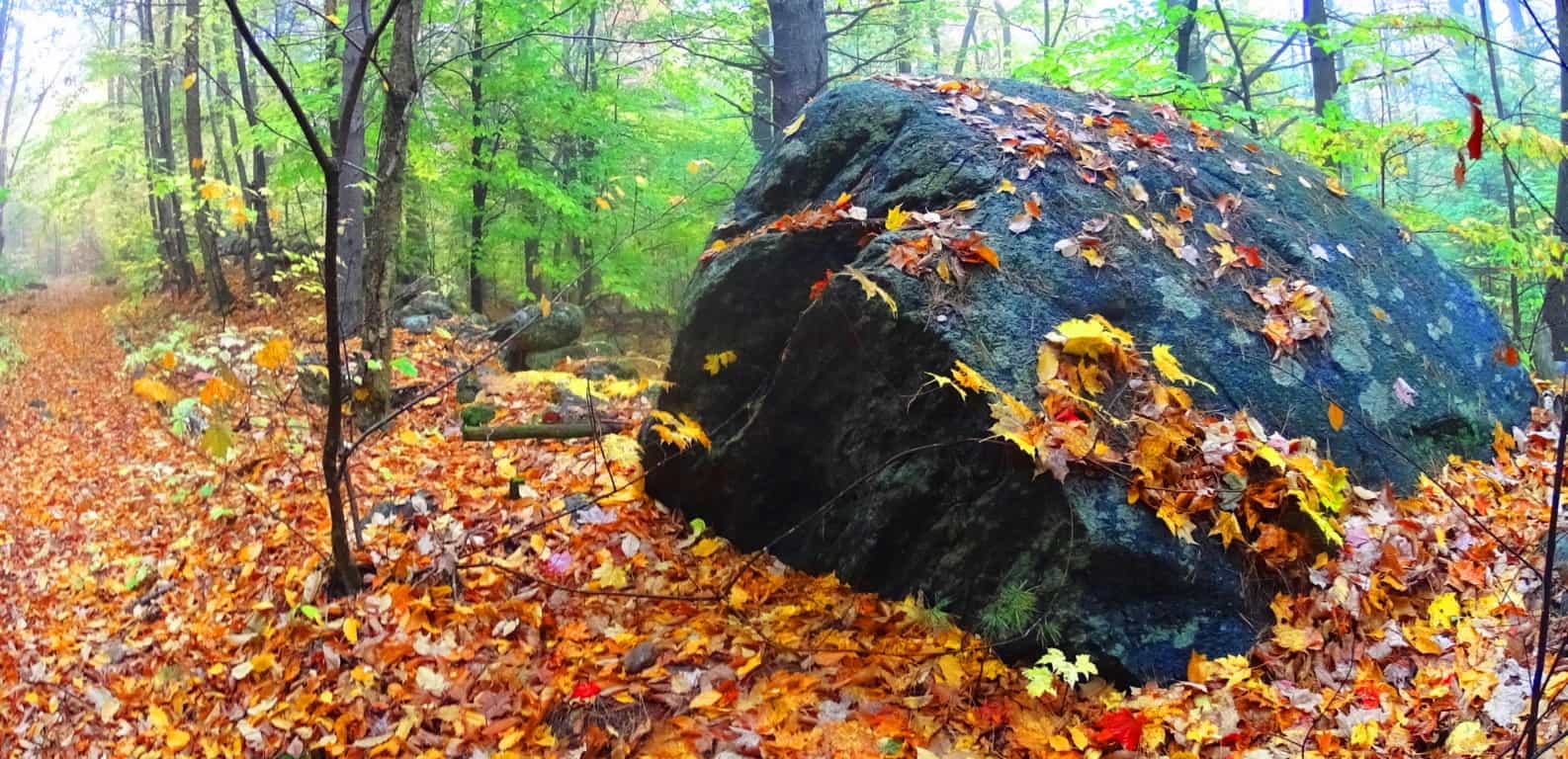
Lincoln Pond Trail is a comfortably gradual incline that twists through glades of differing densities and hues. It is entirely pleasant strolling through. Eventually the golden leaves are left behind for Maple glades, with red burning red leaves rolling at your feet by the thousands. Hiking here is like twisting through a tunnel of colors and variations. The effect of color and variation on the brain is a positively stimulating and beneficial one, refreshing the senses with a refined palate for natural beauty. 
Drifting into this rouge dimension there are other amazing changes to see. A literal matrix of stone pathways begins to emerge; these are stones of a style I had never seen before just beneath the foliage. About 40 yards deeper into the woods, parallel to the trail, is a three-foot wide, by three-foot in height, lane of inserted stones that rolls like a wave through the old-growth woods. This is thousands of stones in an obvious statement which is boldly protruding above the ground, like a tunneled highway for Beavers. It continues for perhaps 400 yards beyond this spot. The meaning of this second style of stone through this gorgeous stretch of Maple groves is an additional mystery, but it is simply an addition to an entire set of mysteries that emerge here. Continuing along the northern line of these stones, the ground slowly elevates the path into a more unique part of the forest at Ashburnham’. This mysterious network blossoms into more obvious statements. It is hard to tell if certain areas are ancient living spaces, or focal points for some kind of work place; or perhaps this is an engineering statement with a functionality yet to be deciphered? The one thing that blatantly stands out here is that there is an entire culture of stonework beneath the leaves.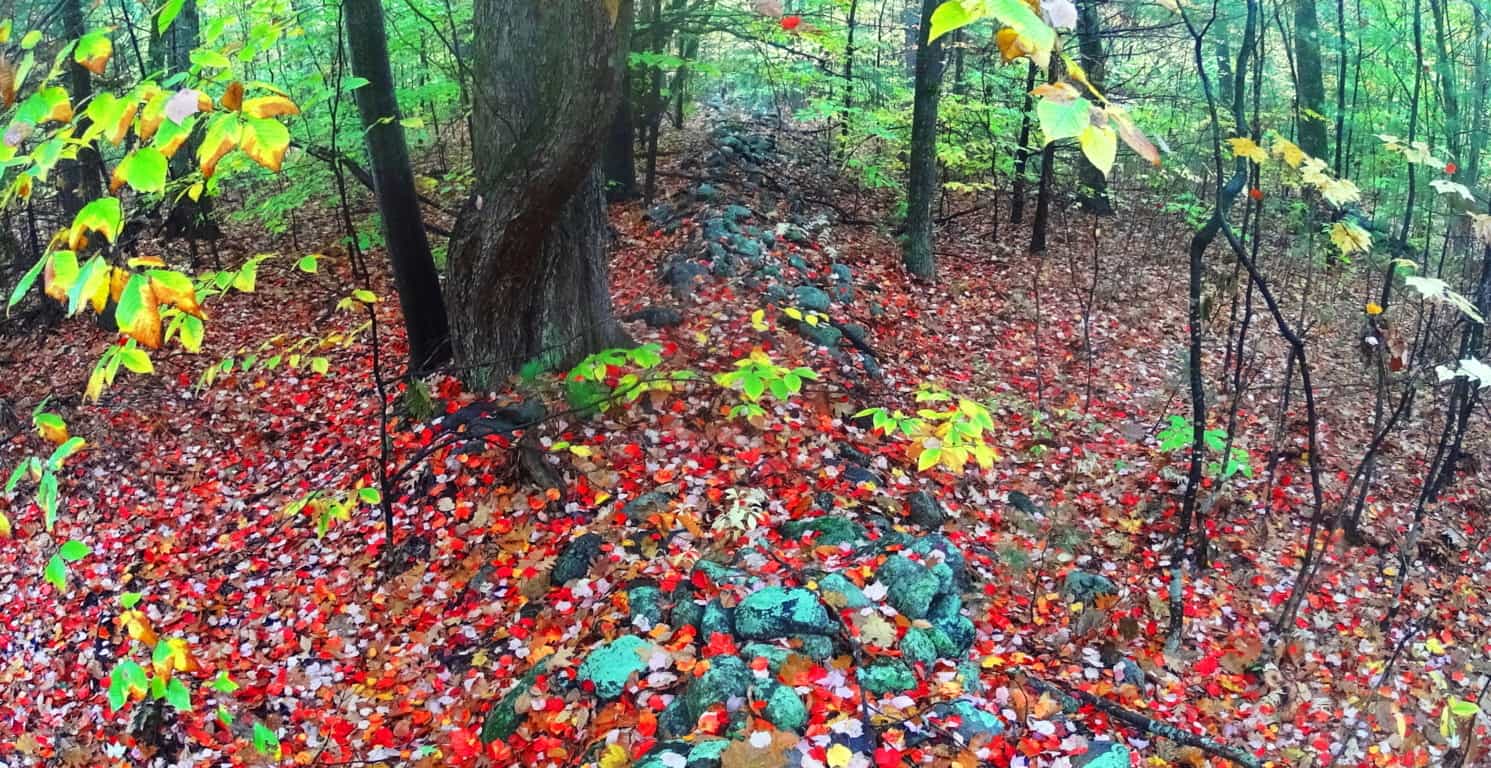 If this were a Celtic area the stones and their layout would be much more visible, as the greenery of indigenous Celtic ranges, and forests, are most often layered with minimal skins of glowing moss, but not much more. Look at the right angles of this stonework below. It is clearly defining the space with stones, but the purpose is hard to decipher. These statements run for miles through the woods. Once upon a time these stones dominated the entire landscape uninterrupted. It is conceivable that the stones were here before the forest even existed.
If this were a Celtic area the stones and their layout would be much more visible, as the greenery of indigenous Celtic ranges, and forests, are most often layered with minimal skins of glowing moss, but not much more. Look at the right angles of this stonework below. It is clearly defining the space with stones, but the purpose is hard to decipher. These statements run for miles through the woods. Once upon a time these stones dominated the entire landscape uninterrupted. It is conceivable that the stones were here before the forest even existed.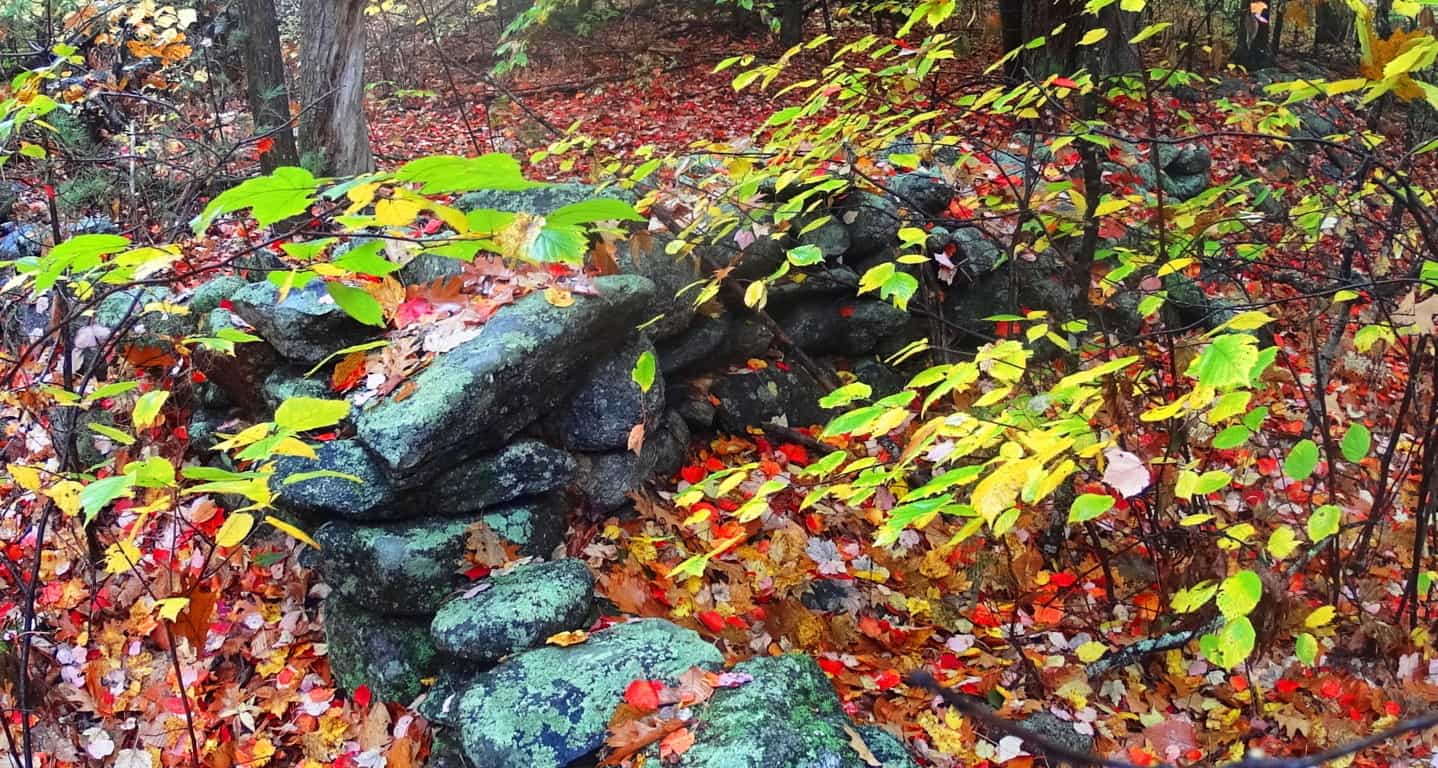
About 150 yards from this spot, off trail, is an entrenched set of stones with the look of a habitable dwelling. These dwellings can be found in crafted spaces much more distinct than here at Ashburnham’, yet to find this indicates that this place was definitely endeared and highly valued as “livable”. The stones below show a corner-section of what was once someones home, most likely in the beginning of history.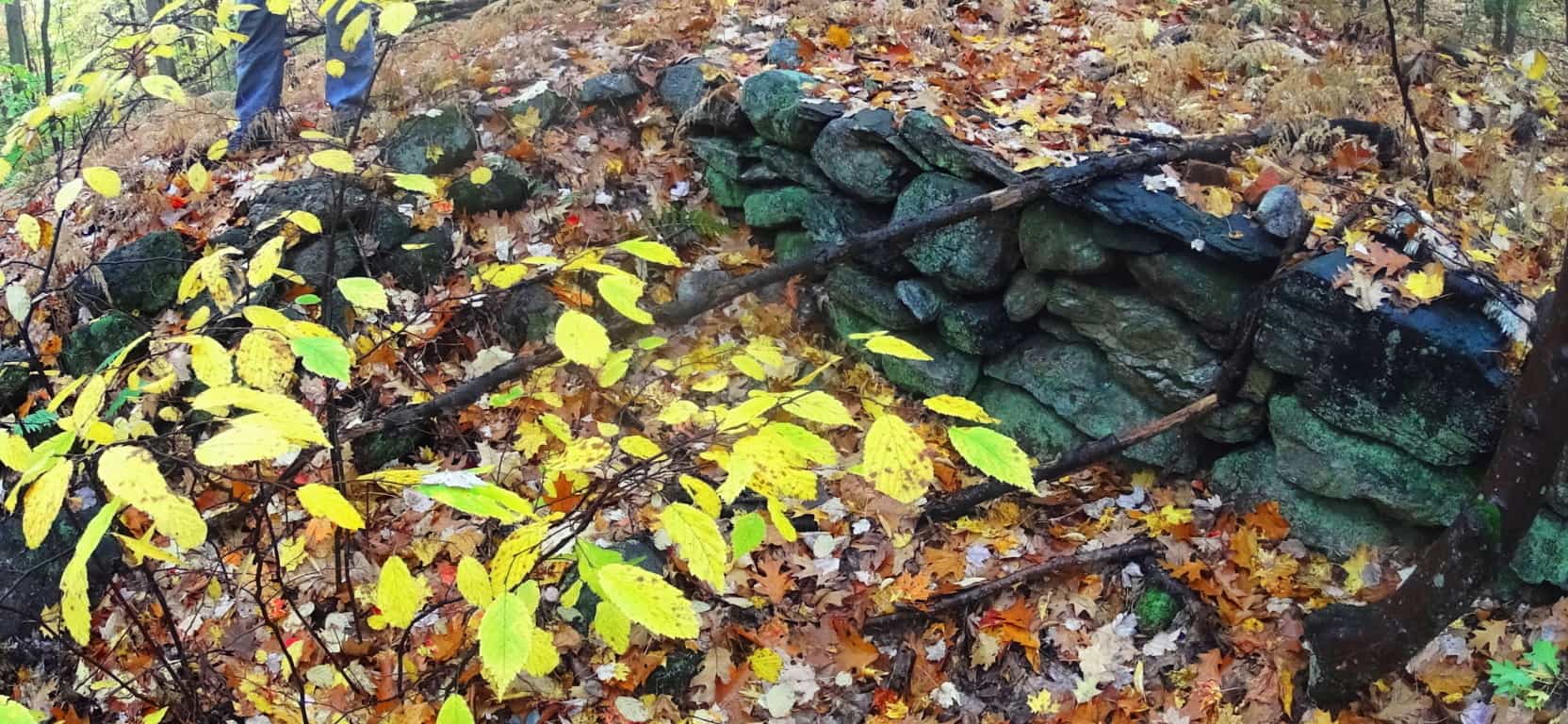
To add to the mystique of this spot, just 10 yards way is an extension of these stones that is symmetrically aligned, with a distinct quartz boulder centering the scene of entirely granite stones. The area is obviously in ruins, but there is an alignment to the overall remaining arrangement. It should be noted at this point, that none of this has anything to do with Colonial farmers.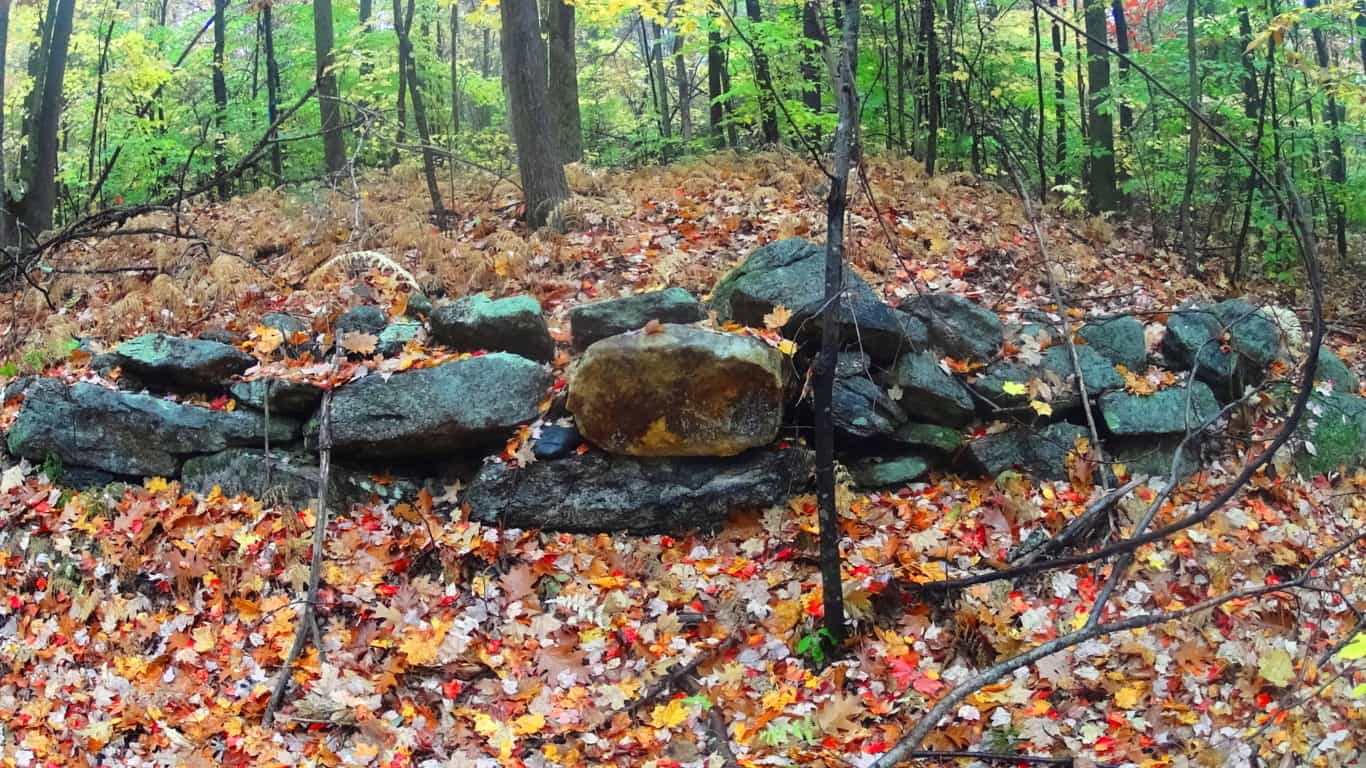 A cartographical recording of this area, a full archaeological review, will reveal a massive stone-network that is the basis of an entirely engineered landscape, harnessing sunlight in certain spaces, creating enclosures for harvested plants, connecting fixtures for navigational purposes, and relegating certain areas for irrigation. This is the case for almost every forest in western Massachusetts. Simply put, there’s a Megalithic Culture under there.
A cartographical recording of this area, a full archaeological review, will reveal a massive stone-network that is the basis of an entirely engineered landscape, harnessing sunlight in certain spaces, creating enclosures for harvested plants, connecting fixtures for navigational purposes, and relegating certain areas for irrigation. This is the case for almost every forest in western Massachusetts. Simply put, there’s a Megalithic Culture under there.
Ashburnham’ is a forest without a mountain in its midst. This makes for a more pleasant stroll over the course of about 3 miles of pathways. It does have slightly a elevated clearing, one 60 foot high ledge that sits like a rocky bald head just above the small valley to the north before reaching Watatic Mountain. as you climb up the forest peals aways and a beautifully rounded rocky ledge emerges, with what looks like molded slabs that feel hollow beneath your feet. The mist culminates here, as if you were walking into a cloud. Seasoned hikers eventually learn that scenes like this are priceless, and relate a side to New England trails that is real and authentic, akin to the dreamy visions that must have prompted stories like ‘The Headless Horseman” which famously took place in the New England forests of Upstate New York, where the woods were an entirely enchanted zone not to be taken lightly for Colonial settlers. This mound feels like another planet as you make for the top.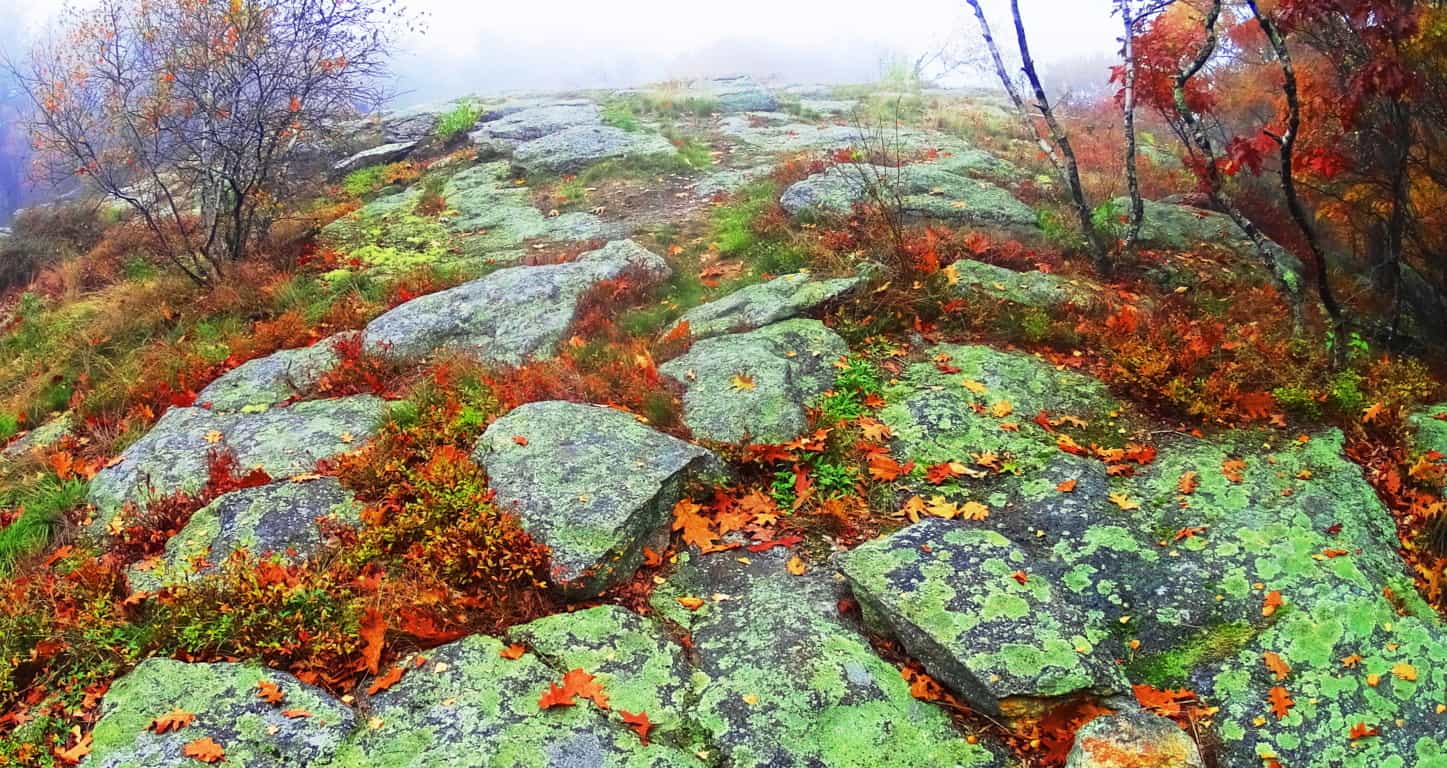
The giant slabs here seemed ‘custom fashioned’ to the hill; they are arched and fit perfectly to the rounded sides of the broad knoll while becoming more flat towards the flattened top. This fits an awesome pattern of higher elevations where ledges are carved-out and specifically rocky, while being surrounded by soil-rich old-growth forest. In short, it’s like a rocky island on an ocean of soil. I will not go so far as to say that these stones were crafted, but the surreality to the scene, the suddenness of these uniquely fitting stones along the rounded path, seems to have some kind of secret to it. To add to the mysterious situation, at the top of the rocky knoll, which is about two miles into the forest, a massive stone-lining of a style and consistency I had yet to see anywhere, even in Ireland, Wales, or Scotland, emerged rolling directly over the mound.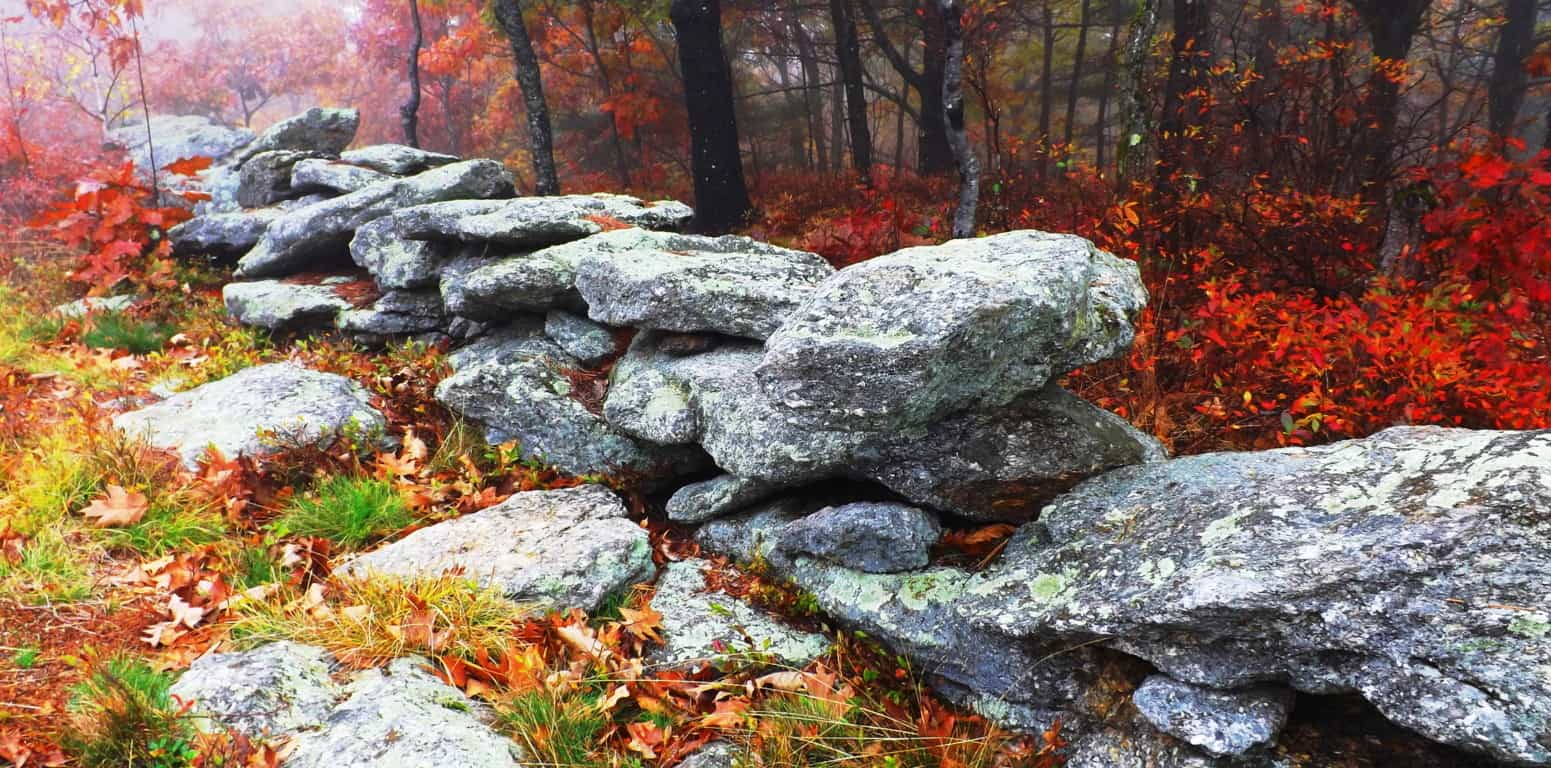 Each stone was proportionally equal, and at least five times bigger than the average stone used in the two types of other stone-linings already tracing the woods below. Each stone looked to be at least 300 to 400 pounds, and not a single alternate stone could be seen in its procession. Whoever engineered this lining had a puritanical streak, a stubborn need for crafted consistency, which is artistic step up from the craftwork of the designers below, literally and figuratively. In the elevated milky mist, with the burning red Maple leaves looming just at the edge of the hill, it looked otherworldly, like a train track running from hell to heaven.
Each stone was proportionally equal, and at least five times bigger than the average stone used in the two types of other stone-linings already tracing the woods below. Each stone looked to be at least 300 to 400 pounds, and not a single alternate stone could be seen in its procession. Whoever engineered this lining had a puritanical streak, a stubborn need for crafted consistency, which is artistic step up from the craftwork of the designers below, literally and figuratively. In the elevated milky mist, with the burning red Maple leaves looming just at the edge of the hill, it looked otherworldly, like a train track running from hell to heaven.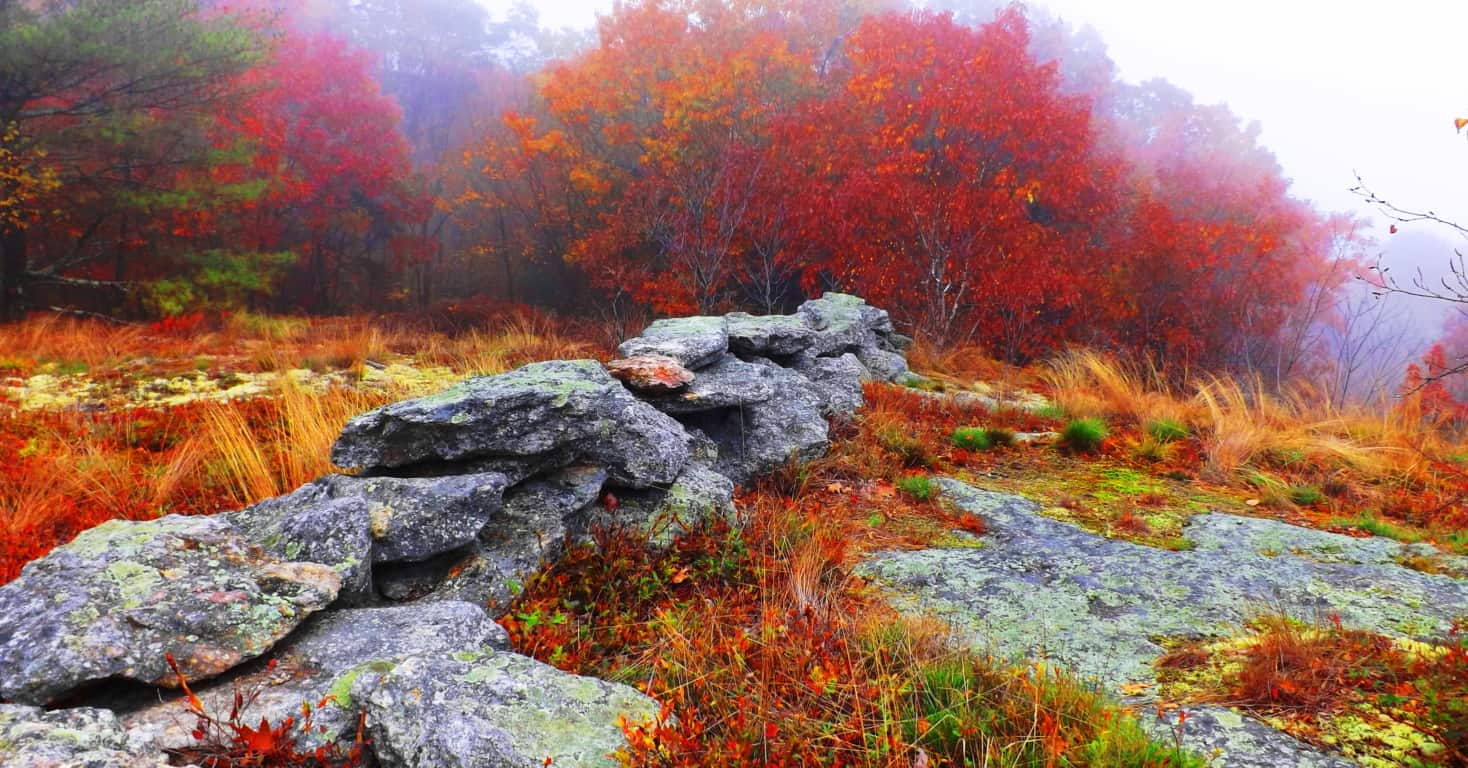 This is an undeniable trend in so many old-growth areas; impressive stone statements placed specifically at the higher elevations of forests. This is exactly what Natives called the “place of power” in their stories. One thing that is obvious about this scene is that on sunnier days the area will obviously absorb unobstructed light for a maximum amount of time, along the with the stone-linings running over them. This set up may very well serve to channel that collected energy from the Sun out into the forest beyond, into the other stone-linings, and the valley below. I have seen a set up just like this at Cavan Burren National Park in Northern Ireland, where the landscape is interconnected by Megaliths, and of course blatantly misunderstood by local “scientists”.
This is an undeniable trend in so many old-growth areas; impressive stone statements placed specifically at the higher elevations of forests. This is exactly what Natives called the “place of power” in their stories. One thing that is obvious about this scene is that on sunnier days the area will obviously absorb unobstructed light for a maximum amount of time, along the with the stone-linings running over them. This set up may very well serve to channel that collected energy from the Sun out into the forest beyond, into the other stone-linings, and the valley below. I have seen a set up just like this at Cavan Burren National Park in Northern Ireland, where the landscape is interconnected by Megaliths, and of course blatantly misunderstood by local “scientists”.
Coming down from this knoll Lincoln Pond Trail continues northwest, where fields and clearing are lined again with stones at the edge various and beautiful glades. These are perfect spots to sit down and appreciate everything you might have seen. The trail extends for several more miles before an optional loop back to the southern entrance, or an exit to the north.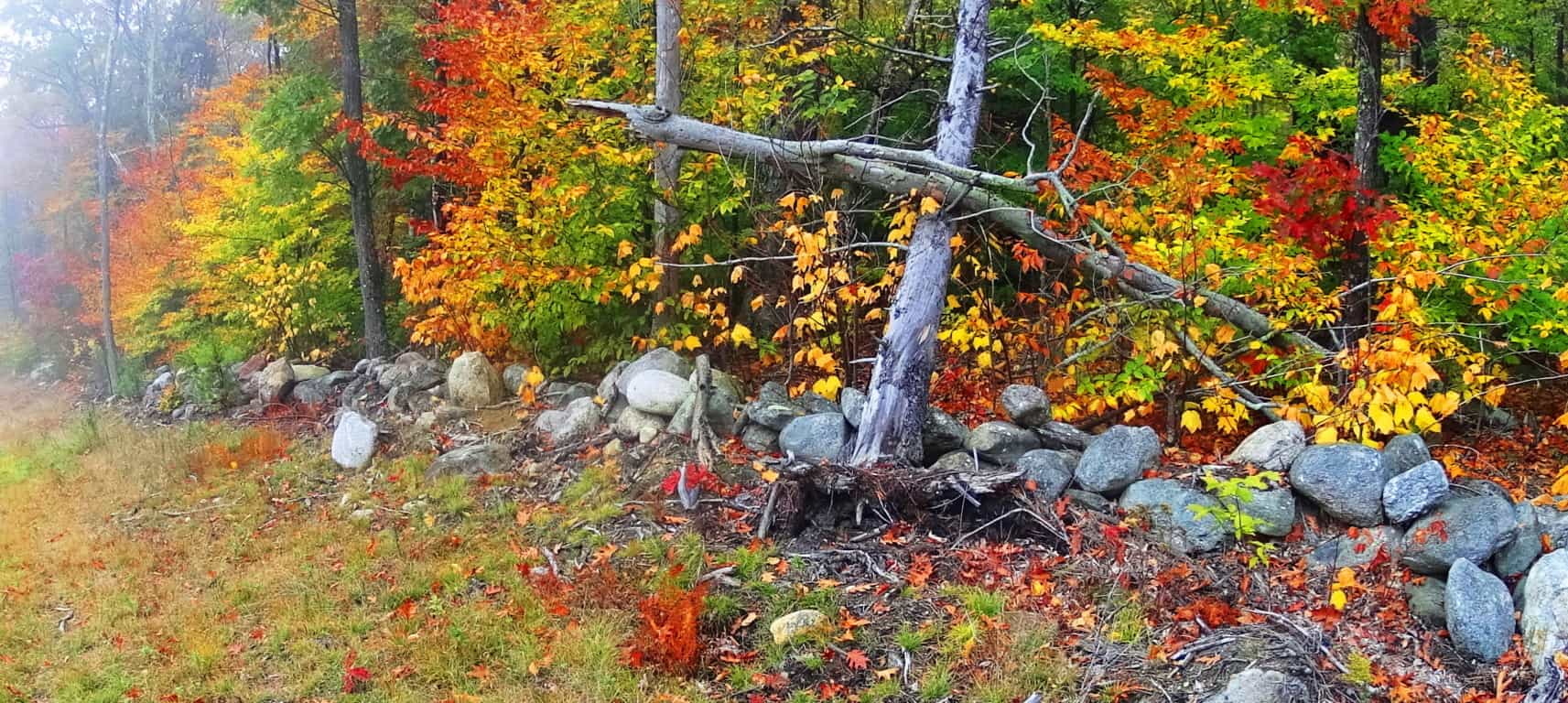 It is important to note that in several other locations in the woods, while exploring this area, there were amazing and mysterious things to see. I came upon a huge lining of stones with a symmetrical tint not far from the southern boarder. It was impressive, with the larger stones towards the top, which is another strange trend to be found in old-growth stoneworks in New England. Any mason putting the larger stones towards the top is making a bold statement, as if to say, “I can do whatever I want, despite the difficulty of crafting the structure this way.” This lining below is not far from the entrance of the trail, roughly 40 yard off to the right of the path. There may very well be something buried beneath this incredible mound. There was a great deal of effort and time put into stacking and leveling these 100 to 500 pound stones, the higher the heavier, which indicates the unique and unlimited mindset of whoever built it.
It is important to note that in several other locations in the woods, while exploring this area, there were amazing and mysterious things to see. I came upon a huge lining of stones with a symmetrical tint not far from the southern boarder. It was impressive, with the larger stones towards the top, which is another strange trend to be found in old-growth stoneworks in New England. Any mason putting the larger stones towards the top is making a bold statement, as if to say, “I can do whatever I want, despite the difficulty of crafting the structure this way.” This lining below is not far from the entrance of the trail, roughly 40 yard off to the right of the path. There may very well be something buried beneath this incredible mound. There was a great deal of effort and time put into stacking and leveling these 100 to 500 pound stones, the higher the heavier, which indicates the unique and unlimited mindset of whoever built it.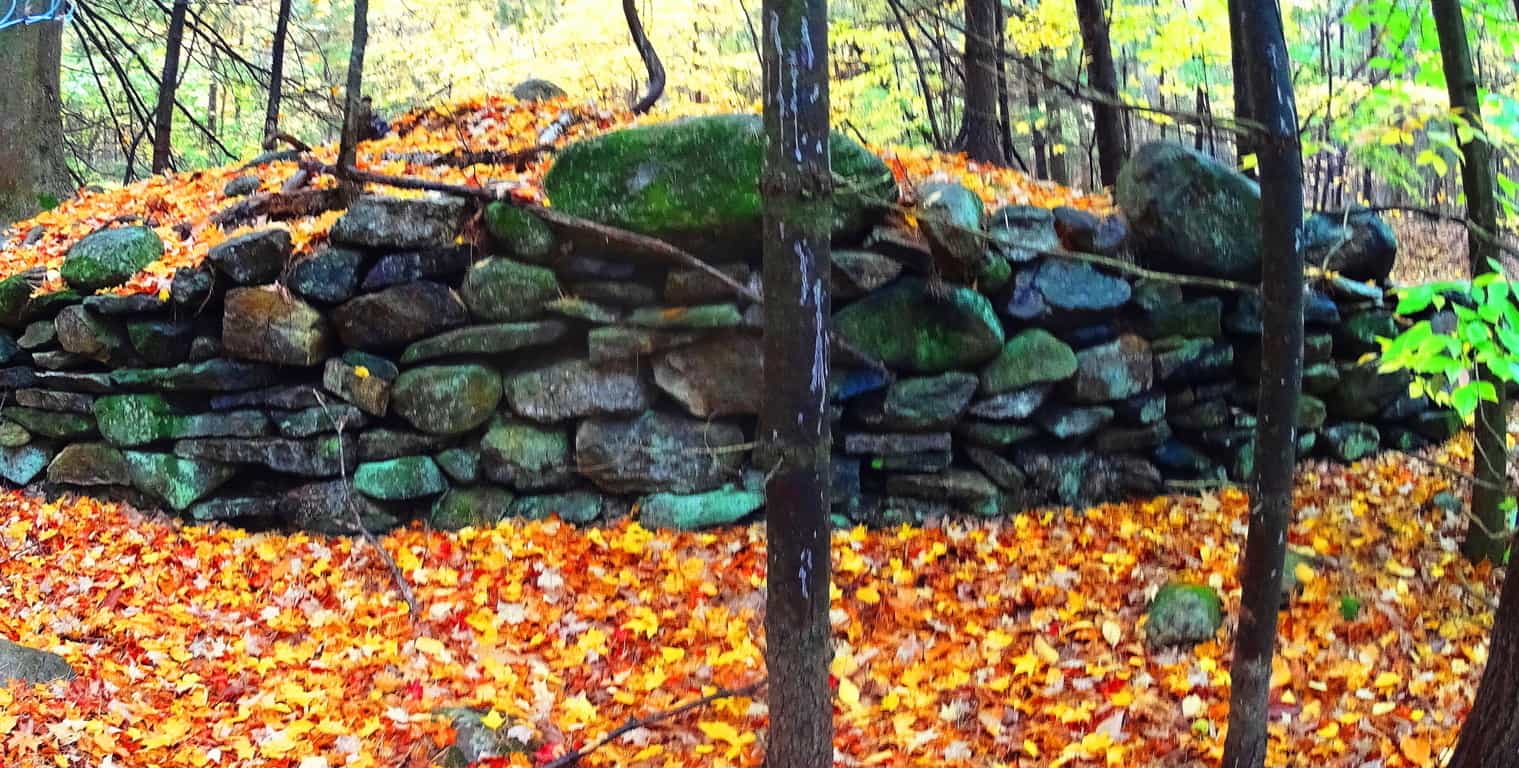
And finally, not far from this ‘lining’, is what I believe to be the remnants of a New England Dolmen, now in a dilapidated state. This rounded boulder was clearly supported and elevated by other stones beneath. It is now only partially supported, which has happened to several Celtic alters abroad. 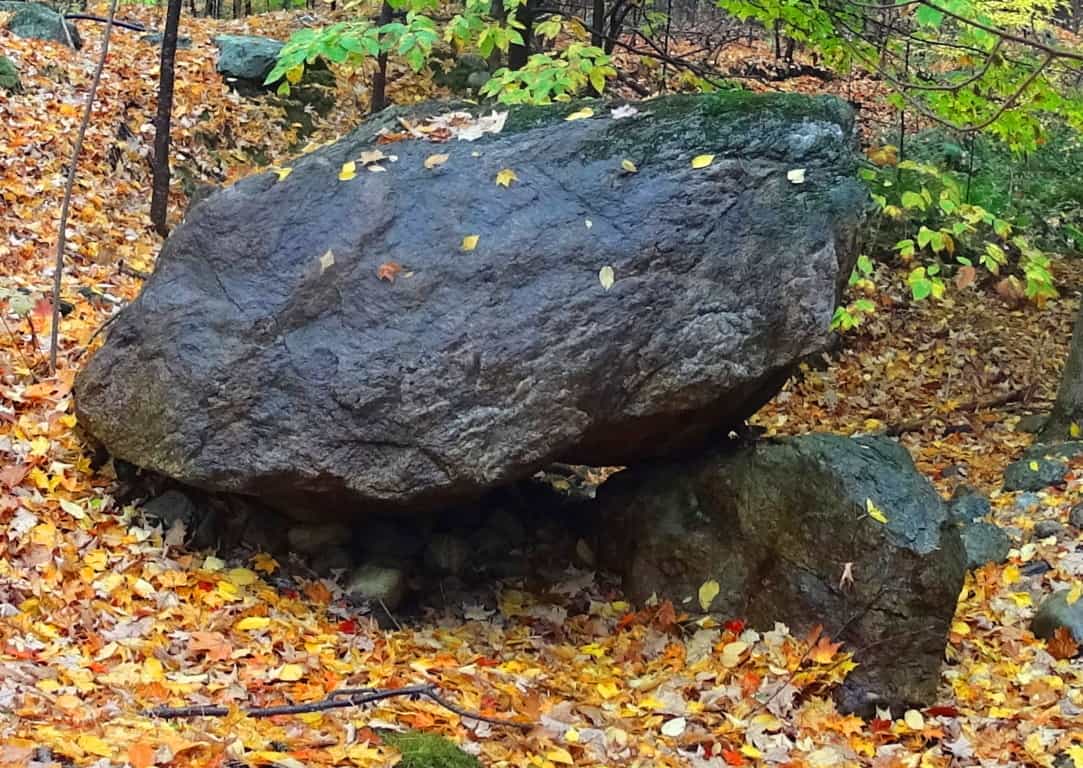 Whatever the truth is about this area, it is obviously an enchanted cultural center that the forest has grown over, and in a beautiful way. It’s time for anthropologists to get their heads around the idea that the stones were probably here first, and the forest, like a grafted grid, grew up around the Megaliths.
Whatever the truth is about this area, it is obviously an enchanted cultural center that the forest has grown over, and in a beautiful way. It’s time for anthropologists to get their heads around the idea that the stones were probably here first, and the forest, like a grafted grid, grew up around the Megaliths.
Ashburnham State Forest is the epitome of the enchanted New England hike. These woods are in a wonderful state of ‘spooky respiration’, augmented by a universe of color and decor along the trail. This place supports every magical fairytale that has ever been told, but more importantly, it supports a very real Megalithic cultural scene that increasingly emerges with each and every hike taken through these woods. Celtic places have a very similar feel, an it just becomes impossible to ignore the Megalithic foundation of these old-growth regions in New England. If you want to see something sacred, simply find your way to Ashbunrham State Forest; it won’t take long, but be sure to take your time.
Skyrim
Note: During the winter of 2014 in New England, 107.6 inches of snow fell around Boston. An Arctic weather system blasted the entire east coast of the United States for six months straight. Temperatures dropped to an average of 30 degrees, and many times as low as -14. Massachusetts declared a state of emergency. Public transportation and public schools were closed. Piles of snow reached 15 feet high on every street corner, and the snow was level with the windows. It was grey and dark everyday.  It was a full Arctic winter. Take a look at my home in this picture. Finding things to do inside became a real challenge. Reading is healthy but can get boring after a few hours each evening. Going on-line is fun, but it can give you a headache after extended periods as well. As the winter reached it’s peak in late January, I was going snow-blind, and stir crazy. I had become so accustomed to seeing bright-white literally everywhere, that my depth perception was completely blurry. I realized I needed to find something fun to do inside, something that involved bright colors, as crazy as that sounds. I went to Best Buy to find something playful to do. At the entrance, as if literally waiting for me, was a large poster of what I felt, at that particularly color-starved moment, was the most beautiful landscape I had ever seen. I was completely blown away. I asked the attendant about the poster. He told me that the landscape was from an Xbox ‘quest game’ called Skyrim. He told me the game was a ‘universe of landscapes’ to explore. I spent $550 as if it was 50 cents, and walked out of the store in less than three minutes with a new Xbox, and a single game, Skyrim.
It was a full Arctic winter. Take a look at my home in this picture. Finding things to do inside became a real challenge. Reading is healthy but can get boring after a few hours each evening. Going on-line is fun, but it can give you a headache after extended periods as well. As the winter reached it’s peak in late January, I was going snow-blind, and stir crazy. I had become so accustomed to seeing bright-white literally everywhere, that my depth perception was completely blurry. I realized I needed to find something fun to do inside, something that involved bright colors, as crazy as that sounds. I went to Best Buy to find something playful to do. At the entrance, as if literally waiting for me, was a large poster of what I felt, at that particularly color-starved moment, was the most beautiful landscape I had ever seen. I was completely blown away. I asked the attendant about the poster. He told me that the landscape was from an Xbox ‘quest game’ called Skyrim. He told me the game was a ‘universe of landscapes’ to explore. I spent $550 as if it was 50 cents, and walked out of the store in less than three minutes with a new Xbox, and a single game, Skyrim.
The Birth of Stonestrider: I went home and played the game. It was a Celtic fantasy ‘quest game’, with an epic interactive landscape. At this point in my life I had yet to even think of going to Celtic places, but as I played the game I began to wonder what it would be like. I am a college educated person. I have a Degree in Western Literature. I had read the essential Celtic myths, inclusive of Beowulf, Mallory’s Le Morte d’Artur, Gawain and The Green Knight, and Tolkien’s masterpiece novel The Lord of The Rings, and yet for some reason I had never galvanized my thoughts about the myths of Celtic places, and how much of it might be true. The range of subject matter in Skyrim is awe inspiring. It was obvious to me that the writers of this game did an incredible amount of research regarding Celtic myths. But the Skyrim writers went one step further and made cultural connections about mythical subjects that historians and anthropologists were embarrassed to talk about. For instance, standing stones and free-sitting boulders in Skyrim were not placed at random, presumably from glacial displacement, but were found in places specifically designated by a culture. Those designated spaces were inhabited by giants. Where did Skyrim get that idea from? Certainly not from academic history, although religious history texts have an abundance of content about giants.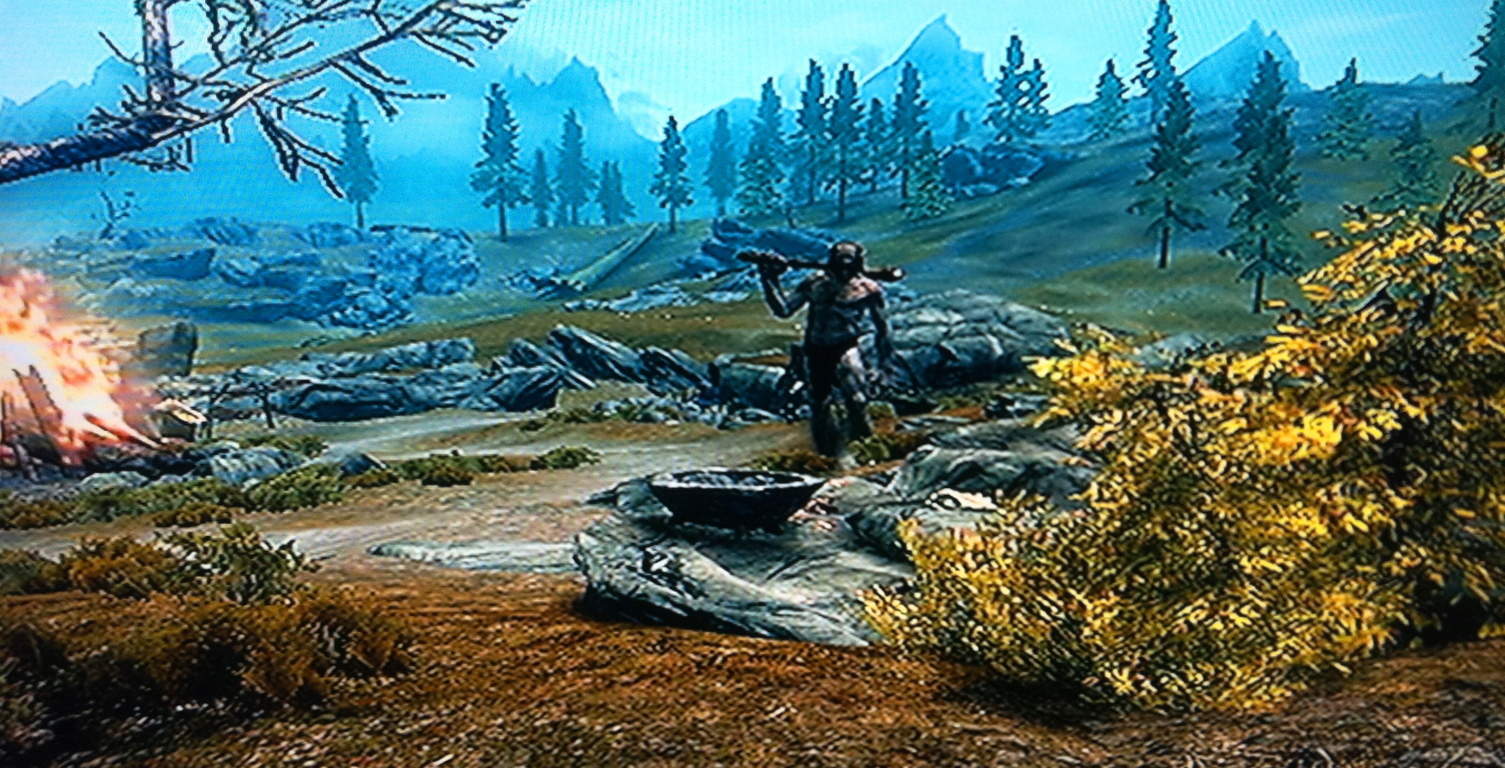 In Skyrim there are Dolmens, Standing Stones, Cairns, Free-Sitting Boulders, and Stone-Circles, all inhabited by giants, most of which also contain astrological significance. Suddenly Astrology, History, and Anthropology were ignited in my thoughts. It seemed to me that the designers of this game were signaling something to us, saying “wake up people, something amazing happened in the world once”. They had made a seamlessly logical scenario out of the Celtic universe, the ancient and half-forgotten world that we have only guessed at in this late phase of history. I began to wonder if these themes were really out there, in the actual world. If the Megaliths were cultural, then nobody could’ve moved them. I would just have to find them if I could. And that was my epiphany. I decided that when the snow melted, and the Spring finally came, I would go on my own real-time quest to find the Megalithic culture. Stonestrider.com would be born. My life has never been the same. I would like to use this post to just express some of the similarities between the game, and what I found in real time.
In Skyrim there are Dolmens, Standing Stones, Cairns, Free-Sitting Boulders, and Stone-Circles, all inhabited by giants, most of which also contain astrological significance. Suddenly Astrology, History, and Anthropology were ignited in my thoughts. It seemed to me that the designers of this game were signaling something to us, saying “wake up people, something amazing happened in the world once”. They had made a seamlessly logical scenario out of the Celtic universe, the ancient and half-forgotten world that we have only guessed at in this late phase of history. I began to wonder if these themes were really out there, in the actual world. If the Megaliths were cultural, then nobody could’ve moved them. I would just have to find them if I could. And that was my epiphany. I decided that when the snow melted, and the Spring finally came, I would go on my own real-time quest to find the Megalithic culture. Stonestrider.com would be born. My life has never been the same. I would like to use this post to just express some of the similarities between the game, and what I found in real time.
Waterfalls: Take a look at this waterfall I came across in the town of Mullaghduff, in Donegal, Ireland. It was totally untouched. No trails, signs, or markers of any kind. As far as I could tell, this Celtic waterfall was in its original state. More fantastic for me were the stones around the main Fall, which seemed curved, and cut, specifically into place, with smoothed arches and right angles actually hanging over the water. I couldn’t see how this configuration of stones would occur naturally. Look also to the left of the main Fall, there is a completely separate stone-cut path with beautifully crafted steps funneling the water. The level elevated bedrock of the main flow of water, combined with the crafted stones which are clearly curved and fitted above it, along with the separate funnel on the left, makes this seem like an engineered area, not a glacial miracle. That’s what I believe this is, an engineered waterway. There are also free-standing boulders that look more like markers heading progressively up the mountain directly beyond this waterway, which makes the area a prime candidate for an ancient Celtic, megalithically cultural center, just like what Skyrim depicts in the game.
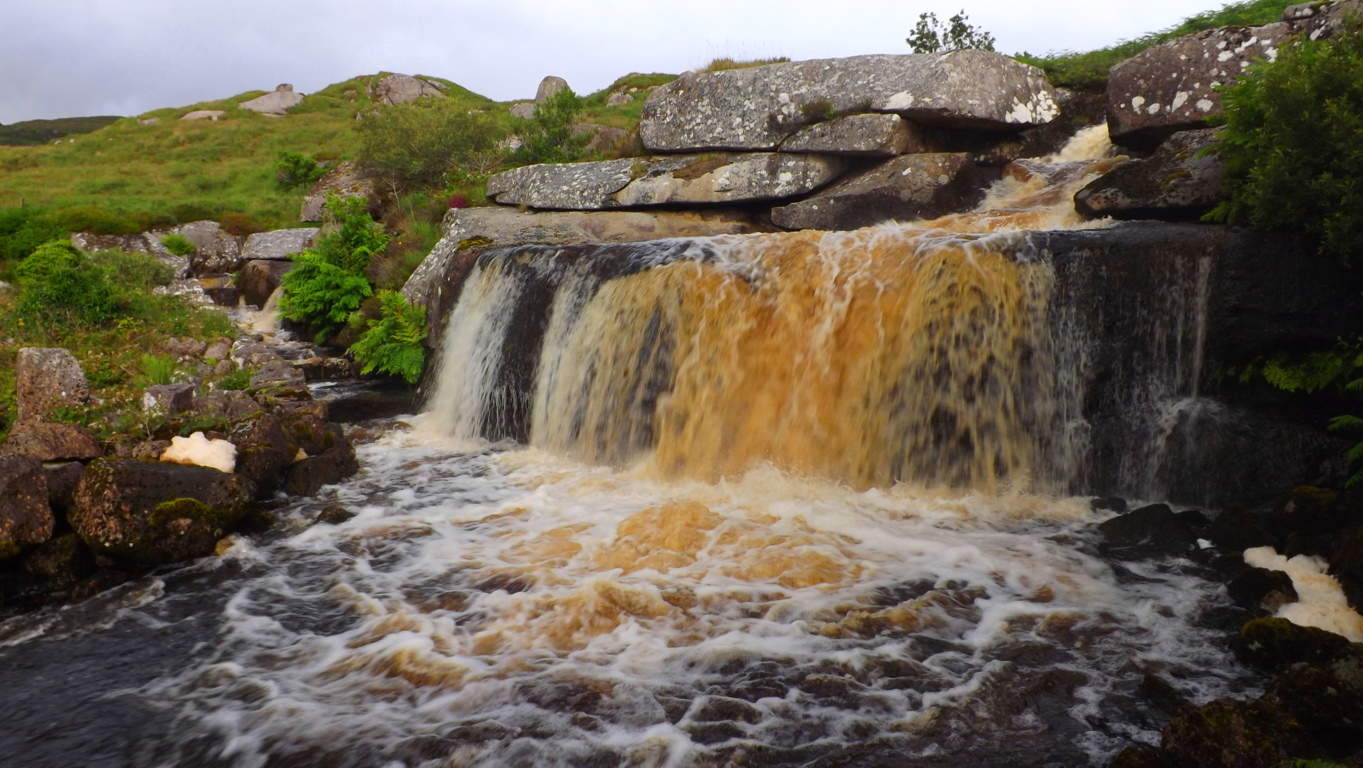 What’s even more interesting, is that this very real waterfall in Mullaghduff has more mysterious components to it than this very fictional waterfall in Skyrim. The main similarity between the two waterfalls is that they both focus on the idea that the water is centered and flowing through a specific, and elevated, rocky precipice, while otherwise surrounded by gorgeous grassy brush and hilly topography beyond. It’s as if both scenes are trying to tell us that something special happens at the rocky points of water-flow.
What’s even more interesting, is that this very real waterfall in Mullaghduff has more mysterious components to it than this very fictional waterfall in Skyrim. The main similarity between the two waterfalls is that they both focus on the idea that the water is centered and flowing through a specific, and elevated, rocky precipice, while otherwise surrounded by gorgeous grassy brush and hilly topography beyond. It’s as if both scenes are trying to tell us that something special happens at the rocky points of water-flow.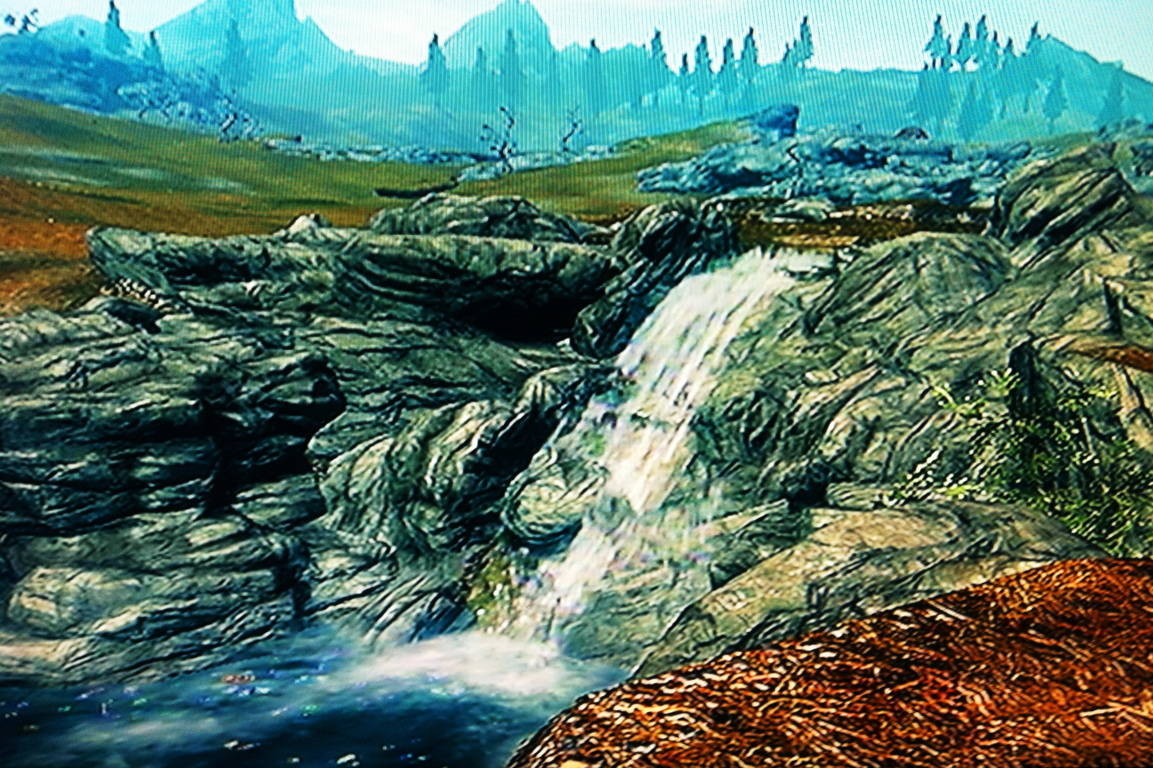 Mountain Streams: Here is a look at a mountain stream headed towards a Celtic alter in the heights of the Black Valley in the southern portion of Killarney National Park, Ireland. Take a look at the stones on the outer edge of the run of the water. The stones are not rounded, but they’re cut distinctly, seemingly directing the water in a funnel towards the center. The most obvious example is the largest stone in the center of this image; it is clearly cut, and with the directional purpose of funneling the water inward. I would also like to point out, that if you were to follow this stream up the mountain, you will come to a massive cut alter, with Celtic rings etched in its side.
Mountain Streams: Here is a look at a mountain stream headed towards a Celtic alter in the heights of the Black Valley in the southern portion of Killarney National Park, Ireland. Take a look at the stones on the outer edge of the run of the water. The stones are not rounded, but they’re cut distinctly, seemingly directing the water in a funnel towards the center. The most obvious example is the largest stone in the center of this image; it is clearly cut, and with the directional purpose of funneling the water inward. I would also like to point out, that if you were to follow this stream up the mountain, you will come to a massive cut alter, with Celtic rings etched in its side.
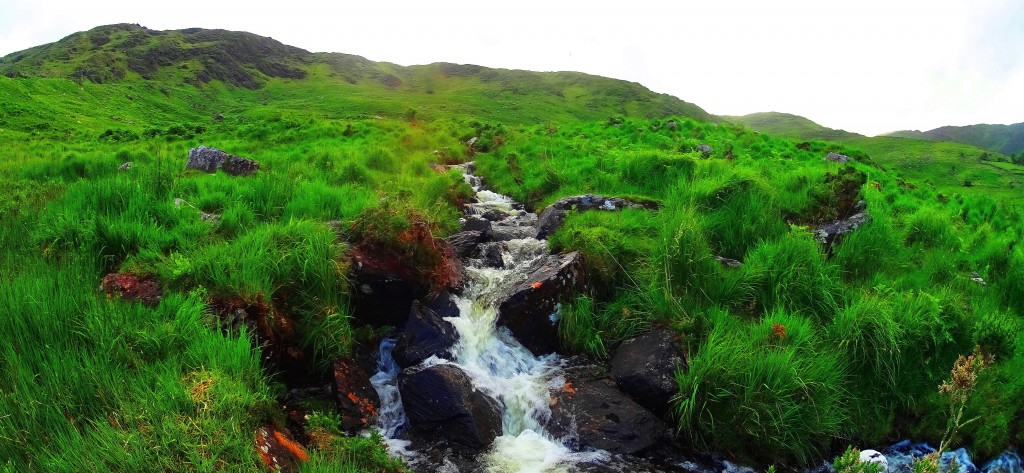 In Skyrim there are waterways that appear in the elevations, and they follow the flow of specifically dotted stone paths. I really feel that the game’s engineers noticed the stony designation of Celtic waterways. Whether or not they knew that the real life waterways were in many instances engineered, is for us to decide.
In Skyrim there are waterways that appear in the elevations, and they follow the flow of specifically dotted stone paths. I really feel that the game’s engineers noticed the stony designation of Celtic waterways. Whether or not they knew that the real life waterways were in many instances engineered, is for us to decide. 
Celtic Rings in Stone: Here is a look at the alter to be found at the top of the mountain stream in the Black Valley in Killarney. The rings cut into it are smooth and perfectly concentric, and hardly look like the work of a chisel at all.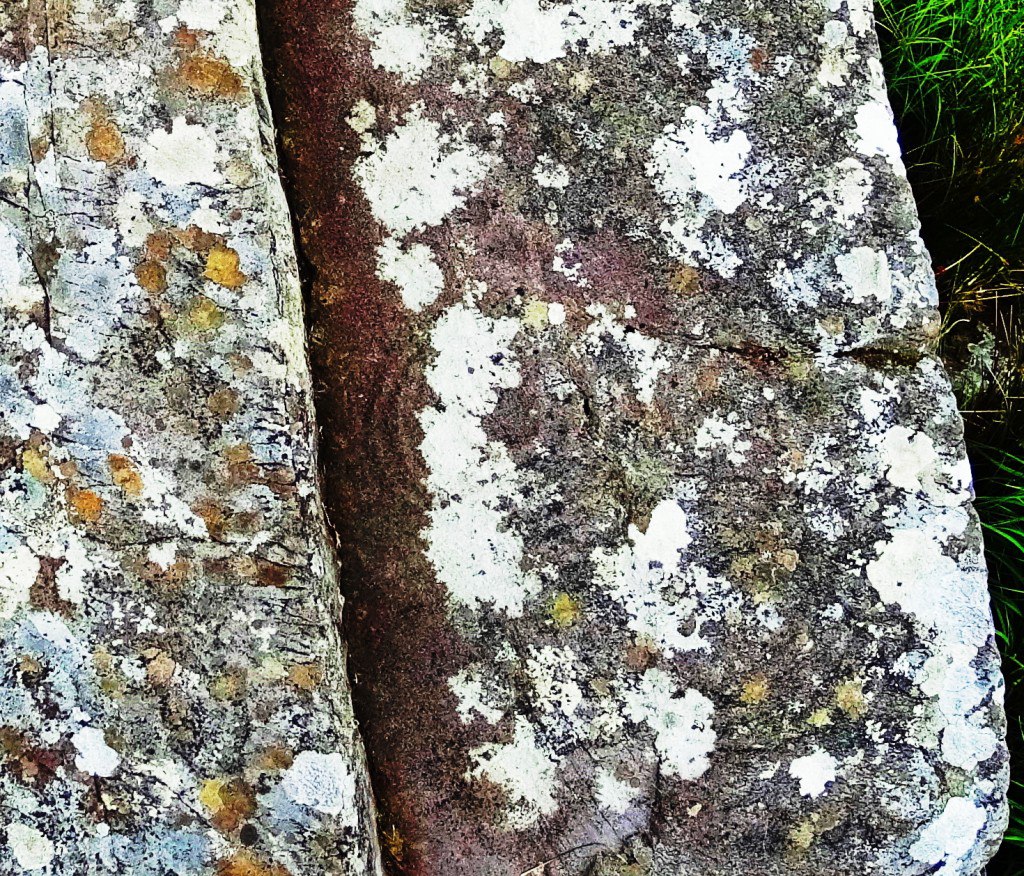 The rings are thousands of years old and hard to see now, shown just below center of the right slab, if you look close. It is clear that this slab was carved into linear sections, and ‘squared’. Even more incredible is that its location is near the top of a mountain. None of the other stones near by look even remotely like this. One last thing to take note of in this scene is that these slabs seem to be facing directly towards the central feature of the valley beyond, which is the beautiful lake Brinn, splitting the two mountains. There is just so much to consider when looking at Celtic ruins. It seems to me that they are far more than primitive markings. There is meaning in the direction in which stones face, what they depict, and where they are found. All of this is far from primitive, it’s actually elegant.
The rings are thousands of years old and hard to see now, shown just below center of the right slab, if you look close. It is clear that this slab was carved into linear sections, and ‘squared’. Even more incredible is that its location is near the top of a mountain. None of the other stones near by look even remotely like this. One last thing to take note of in this scene is that these slabs seem to be facing directly towards the central feature of the valley beyond, which is the beautiful lake Brinn, splitting the two mountains. There is just so much to consider when looking at Celtic ruins. It seems to me that they are far more than primitive markings. There is meaning in the direction in which stones face, what they depict, and where they are found. All of this is far from primitive, it’s actually elegant.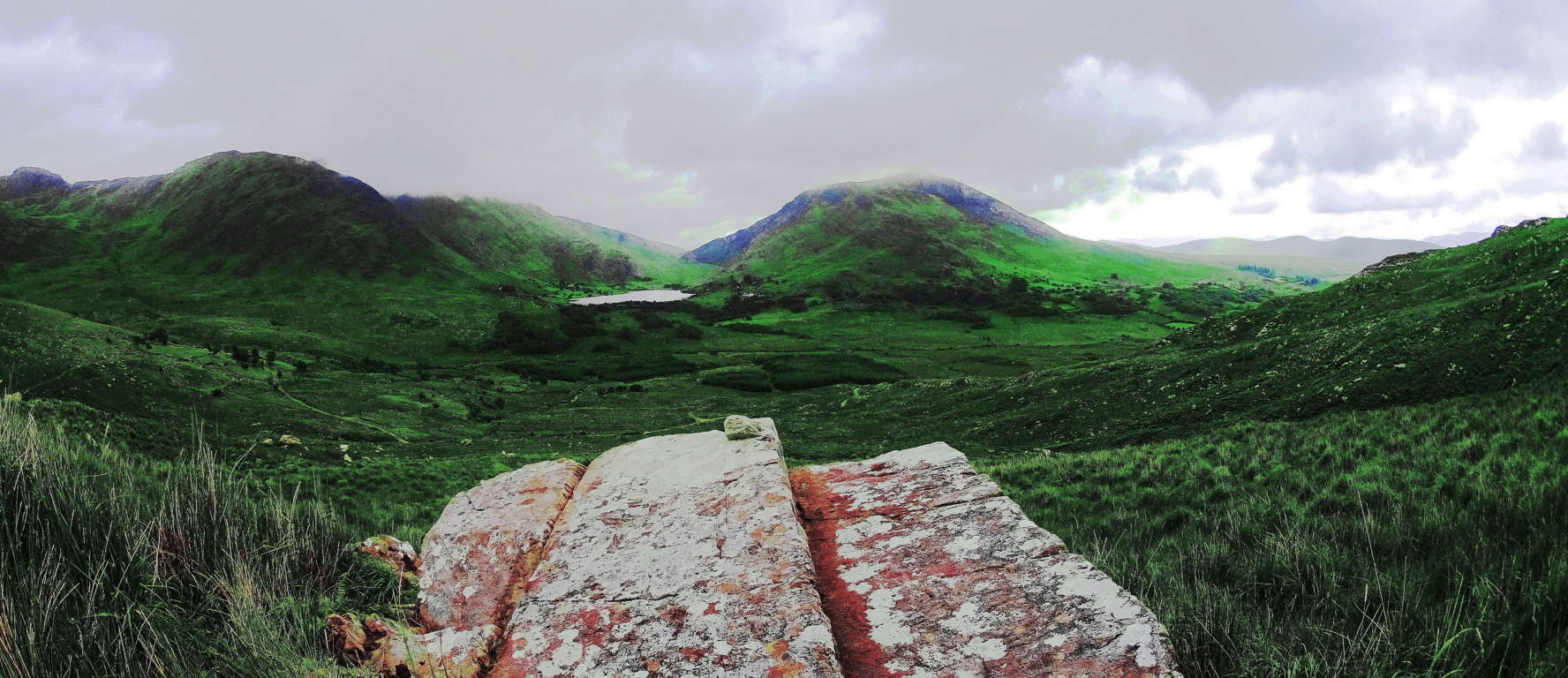 Now here is a view of a squared stone slab with semi-concentric rings on its face in Skyrim. Yet again, the more amazing and mysterious stone, is actually the real one.
Now here is a view of a squared stone slab with semi-concentric rings on its face in Skyrim. Yet again, the more amazing and mysterious stone, is actually the real one.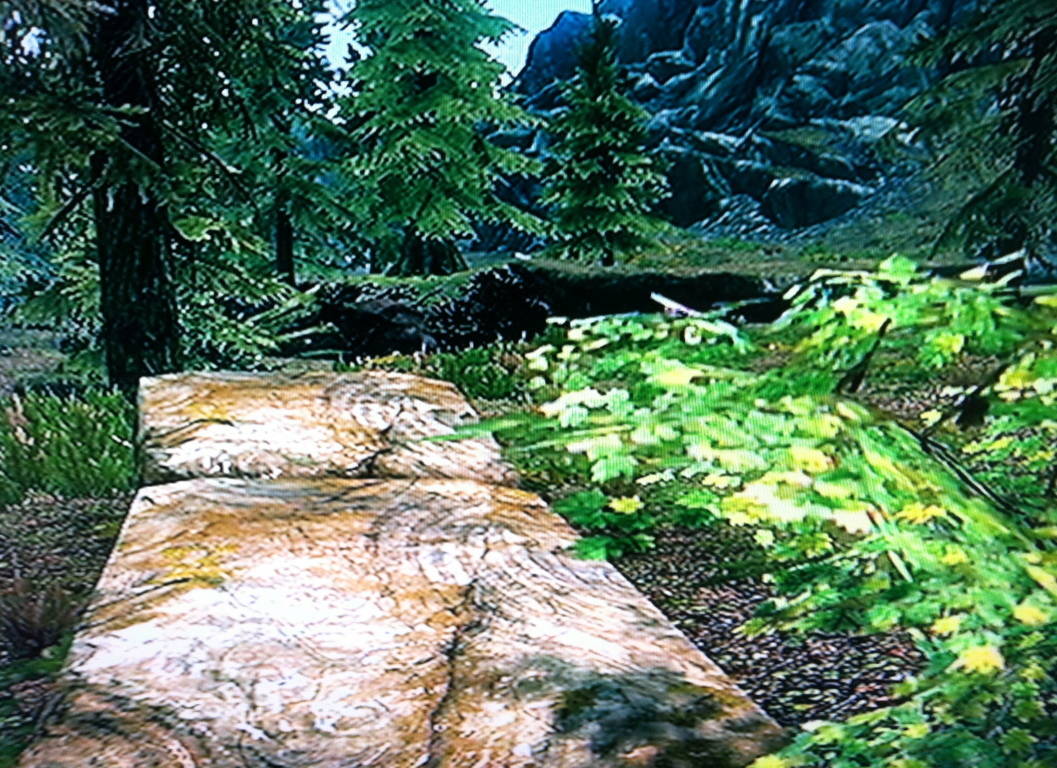 Free Sitting Boulders: I am sure that there are boulders that have been moved by glaciers. But I am equally sure that there are boulders that have not been moved by glaciers.
Free Sitting Boulders: I am sure that there are boulders that have been moved by glaciers. But I am equally sure that there are boulders that have not been moved by glaciers. Free-sitting-boulders can most often be found guarding areas where sacred Dolmens or Wedge Tombs are directly near by. Here is an example of a free-sitting-boulder that I came across placed 30 yards from the incredible Wedge Tomb at Cavan Burren National Park in Ireland (Image on Right, click on it to look closer/Additionally, at this Wedge Tomb, are three stone-linings all converging directly on it/the linings are energy transfers, not walls). I am absolutely certain that this boulder was placed here as a marker to display the area as ‘occupied’. I imagine that this was a fair warning, a way of saying, “if you cross this massive marker, you will have to deal with the individual who is strong enough to put this here”. Notice how the boulder is placed exactly over another granite face below it. Scientists want us to believe that this boulder came to rest exactly on top of this other rock face beneath it, moved at random by glacial displacement? The odds are beyond gastronomical. I’m sorry, but no. This is a megalithic cultural statement, a boundary, near a Wedge Tomb.
Free-sitting-boulders can most often be found guarding areas where sacred Dolmens or Wedge Tombs are directly near by. Here is an example of a free-sitting-boulder that I came across placed 30 yards from the incredible Wedge Tomb at Cavan Burren National Park in Ireland (Image on Right, click on it to look closer/Additionally, at this Wedge Tomb, are three stone-linings all converging directly on it/the linings are energy transfers, not walls). I am absolutely certain that this boulder was placed here as a marker to display the area as ‘occupied’. I imagine that this was a fair warning, a way of saying, “if you cross this massive marker, you will have to deal with the individual who is strong enough to put this here”. Notice how the boulder is placed exactly over another granite face below it. Scientists want us to believe that this boulder came to rest exactly on top of this other rock face beneath it, moved at random by glacial displacement? The odds are beyond gastronomical. I’m sorry, but no. This is a megalithic cultural statement, a boundary, near a Wedge Tomb. Here is the equivalent in Skyrim. This free sitting boulder is directly on the edge of a Cairn inhabited by giants in the game. It becomes increasingly clear that the Skyrim writers know something the general population has yet to imagine possible, or has perhaps forgotten.
Here is the equivalent in Skyrim. This free sitting boulder is directly on the edge of a Cairn inhabited by giants in the game. It becomes increasingly clear that the Skyrim writers know something the general population has yet to imagine possible, or has perhaps forgotten.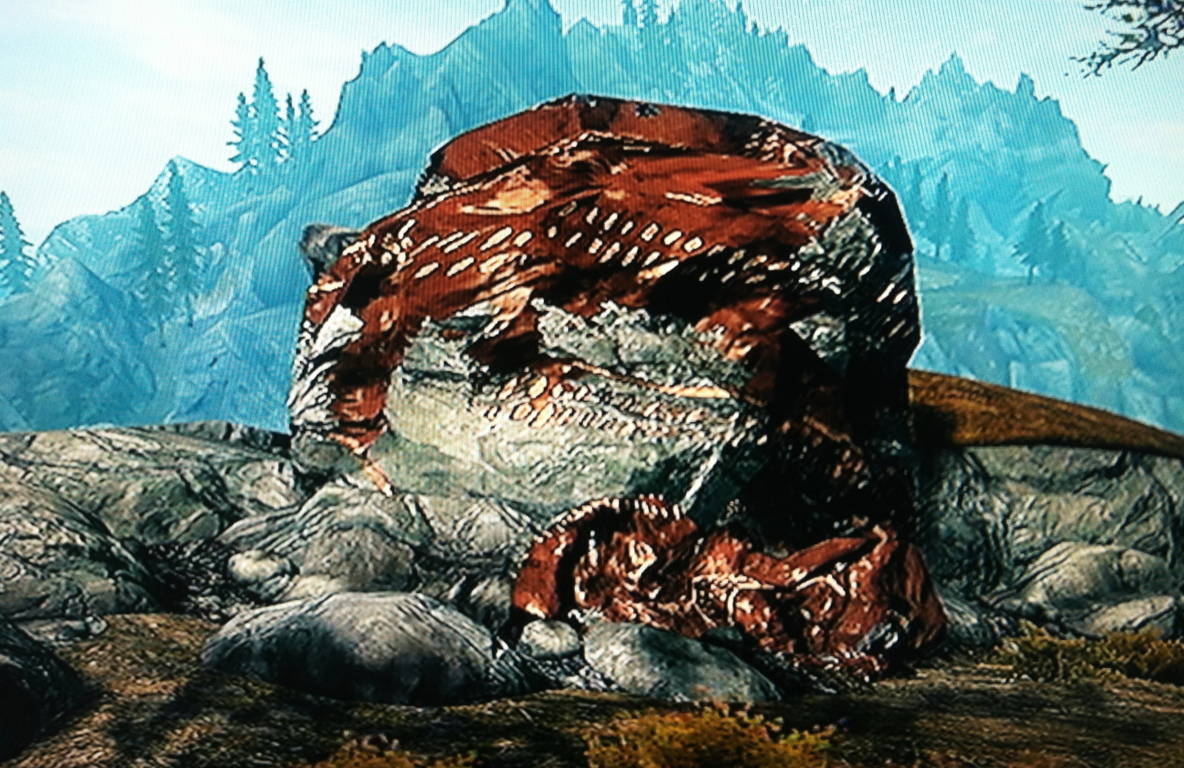 Standing Stones: The simple wonder of standing stones can move you. Here is an 8 foot standing stone in the heights of the Conwy Valley, Wales. Again, this stone weighs at least two tons. Moving this, and to such an elevation from the valley below, would seem crazy by human standards. I believe this standing stone is another type of marker, placed by the individual(s) who wanted to live away from the common collectives of people down below, and it served as a warning to them. More compelling is the fact that this stone is 100 yards from beautiful Dolmen just down the Roman pathway.
Standing Stones: The simple wonder of standing stones can move you. Here is an 8 foot standing stone in the heights of the Conwy Valley, Wales. Again, this stone weighs at least two tons. Moving this, and to such an elevation from the valley below, would seem crazy by human standards. I believe this standing stone is another type of marker, placed by the individual(s) who wanted to live away from the common collectives of people down below, and it served as a warning to them. More compelling is the fact that this stone is 100 yards from beautiful Dolmen just down the Roman pathway. 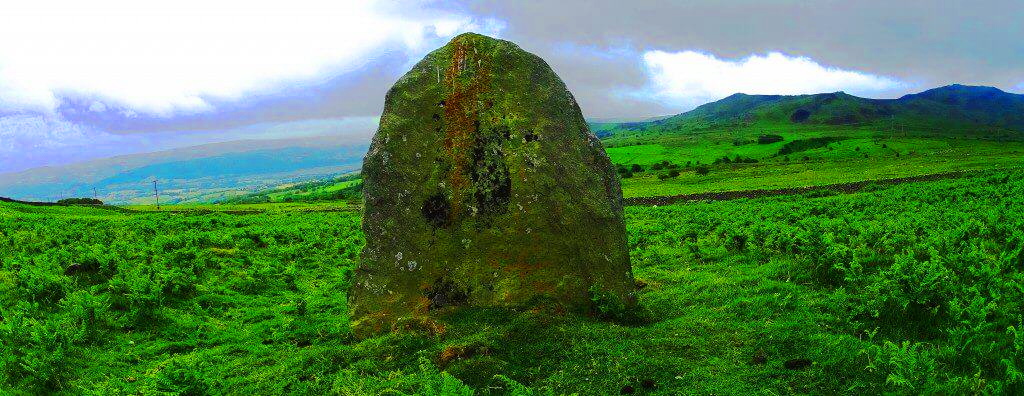 Here is an image of a nice standing stone in Skyrim with what looks like similar dynamics.
Here is an image of a nice standing stone in Skyrim with what looks like similar dynamics.
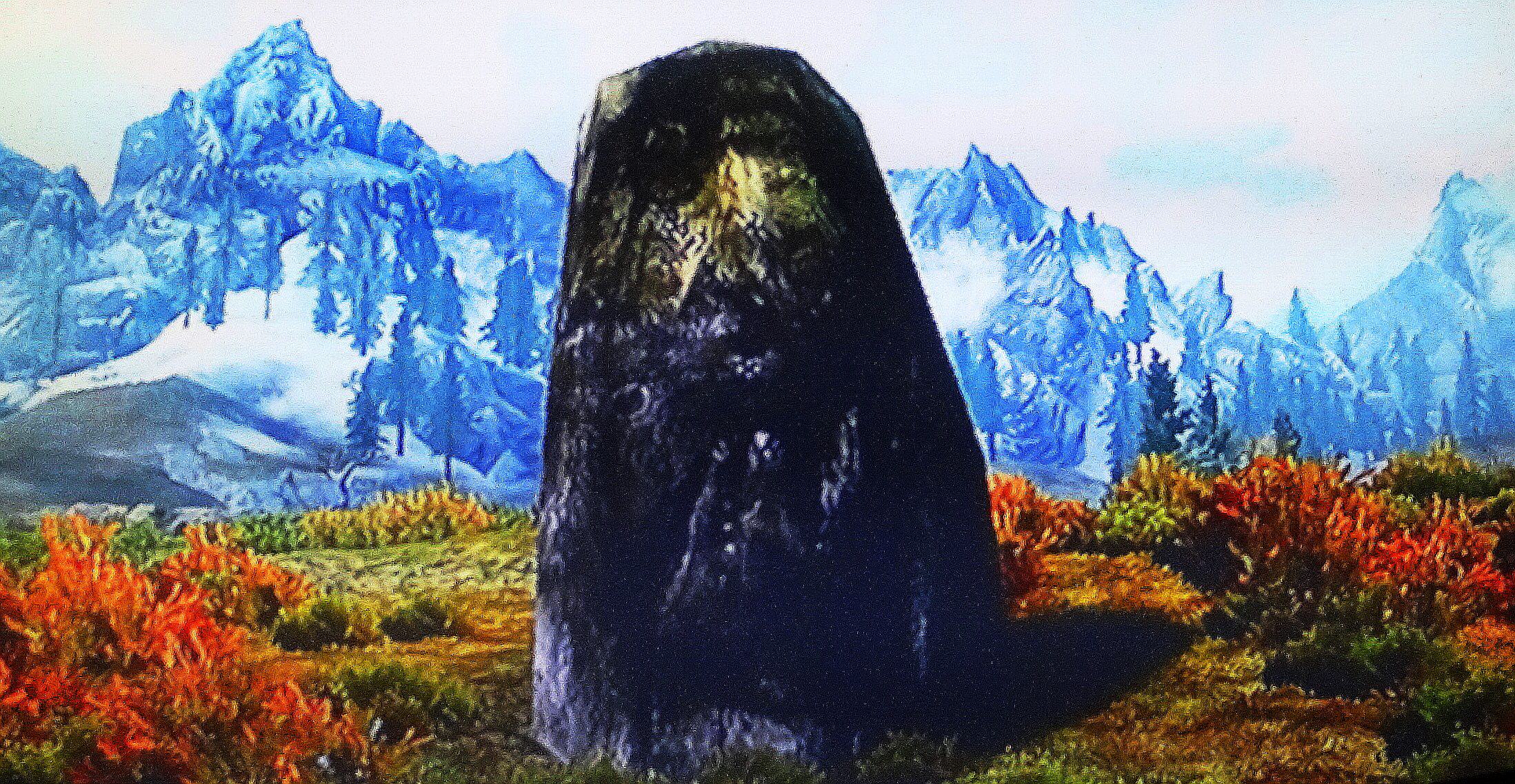 Stacked and level megaliths: The most obvious and famous example of stacked and level megaliths is Stonehenge. The mystery of Stonehenge is one of the most important and fascinating in the world. There is so much that goes into creating sections like these, including grand notches that are cut and fit to be fixed into place like Jurassic Legos. To do this with sarsen stone, the hardest stone in the world, is almost inconceivable for a primitive culture at the start of history. Here is a look at just one section of Stonehenge.
Stacked and level megaliths: The most obvious and famous example of stacked and level megaliths is Stonehenge. The mystery of Stonehenge is one of the most important and fascinating in the world. There is so much that goes into creating sections like these, including grand notches that are cut and fit to be fixed into place like Jurassic Legos. To do this with sarsen stone, the hardest stone in the world, is almost inconceivable for a primitive culture at the start of history. Here is a look at just one section of Stonehenge.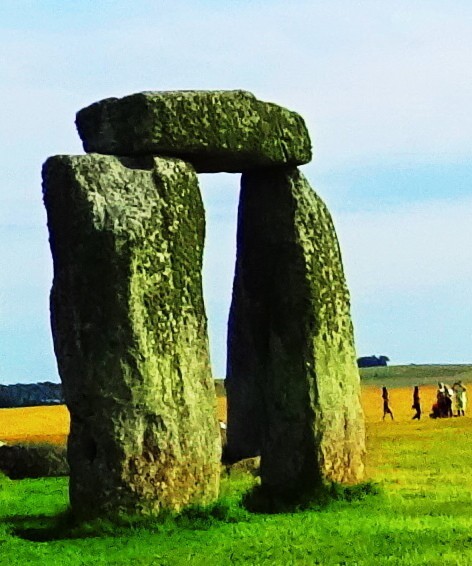 And here is a look at one section of an entrance to a cairn in Skyrim. Same proportions. Same idea.
And here is a look at one section of an entrance to a cairn in Skyrim. Same proportions. Same idea.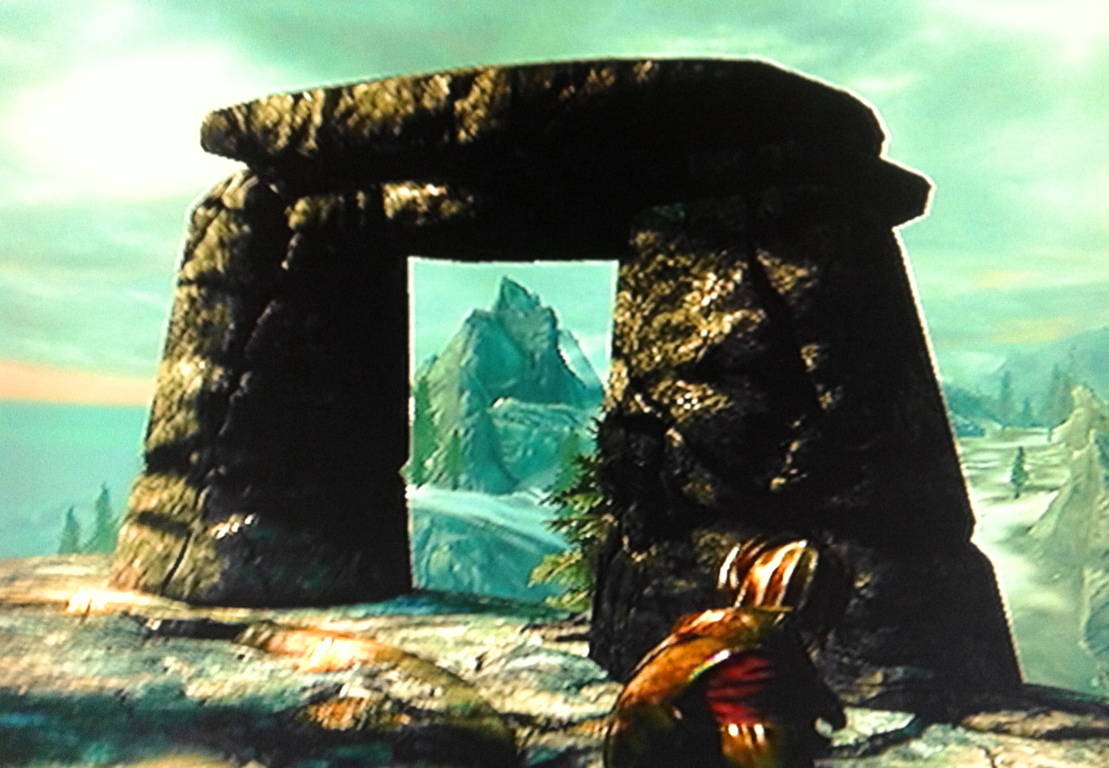 Amazing Natural Beauty: It is so important not to forget the natural beauty surrounding the mystery of Celtic culture. Mountains and valleys are simple and worthy reasons for celebration. I just want to mix and match some actual scenes that I was lucky enough to come across, with scenes from Skyrim below.
Amazing Natural Beauty: It is so important not to forget the natural beauty surrounding the mystery of Celtic culture. Mountains and valleys are simple and worthy reasons for celebration. I just want to mix and match some actual scenes that I was lucky enough to come across, with scenes from Skyrim below.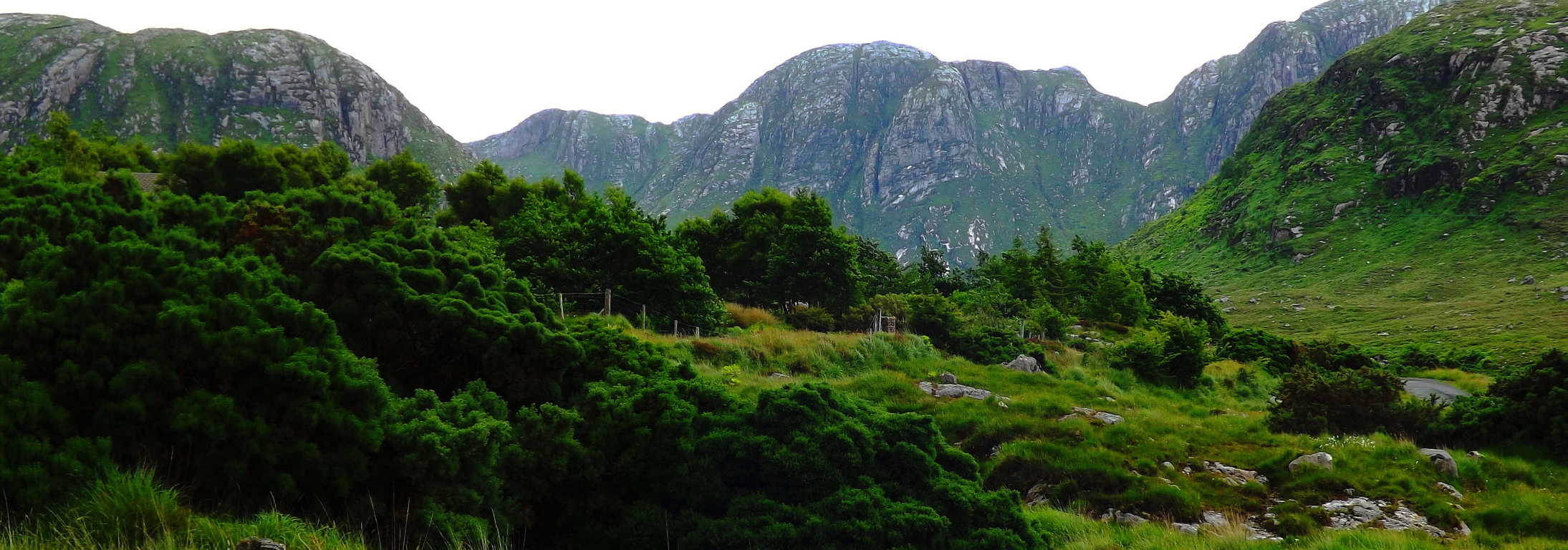 The fantastic images in Skyrim should inspire you to try to climb mountains and explore valleys, however distant from you.
The fantastic images in Skyrim should inspire you to try to climb mountains and explore valleys, however distant from you.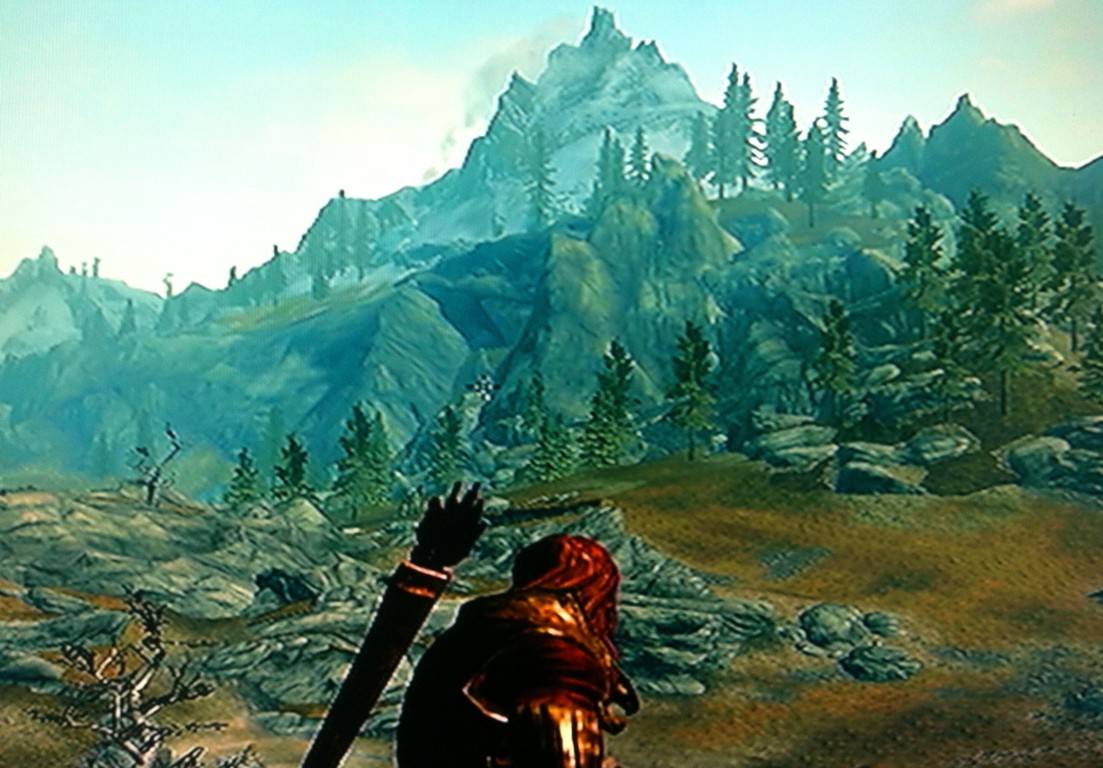 You can do it! Something tremendous is revealed when you get out and take a close look at wild natural spaces. There is a hidden megalithic culture beneath us, and in some preserved places, totally visible.
You can do it! Something tremendous is revealed when you get out and take a close look at wild natural spaces. There is a hidden megalithic culture beneath us, and in some preserved places, totally visible.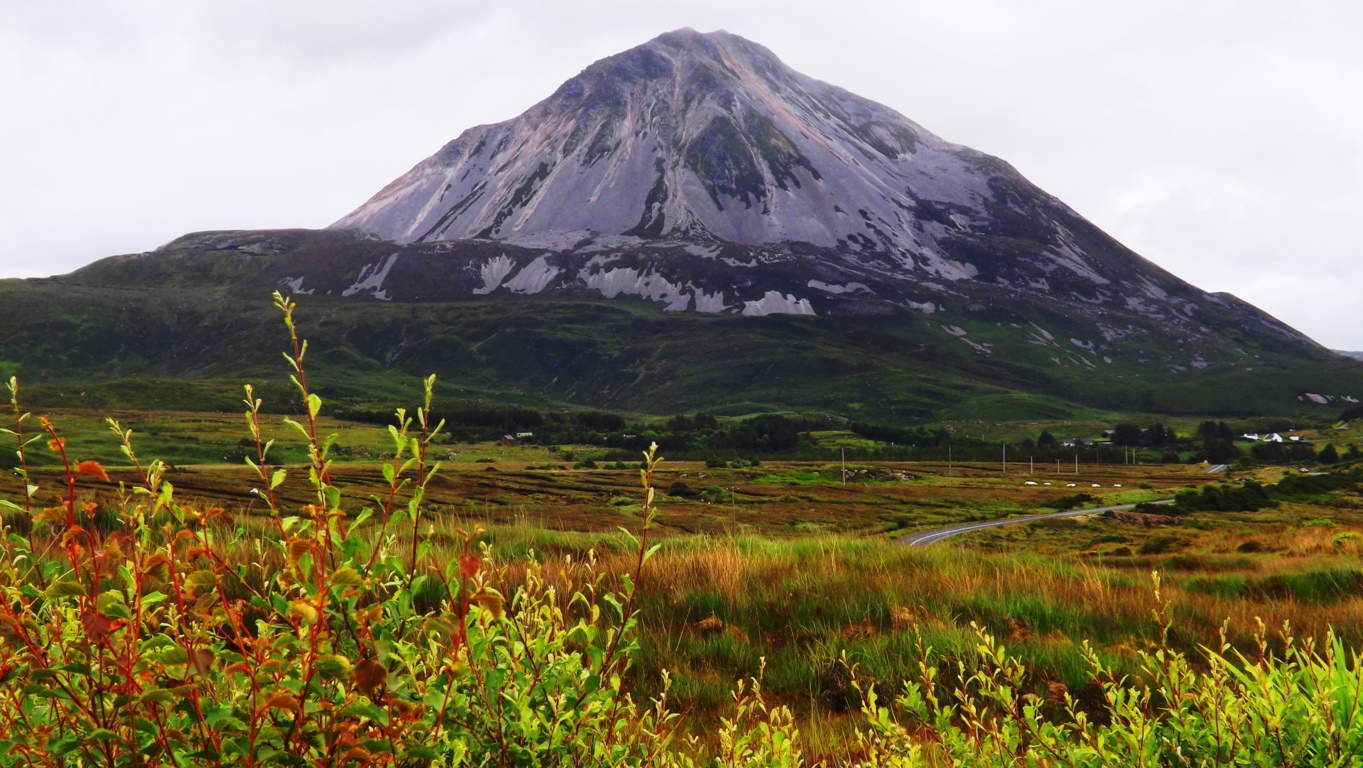 The Skyrim engineers have somehow put together a vision in their game that taps into the myths in a way that is almost signaling us, warning us, that there is more going on in this world than we are being told by commercial banks, governments, and people.
The Skyrim engineers have somehow put together a vision in their game that taps into the myths in a way that is almost signaling us, warning us, that there is more going on in this world than we are being told by commercial banks, governments, and people.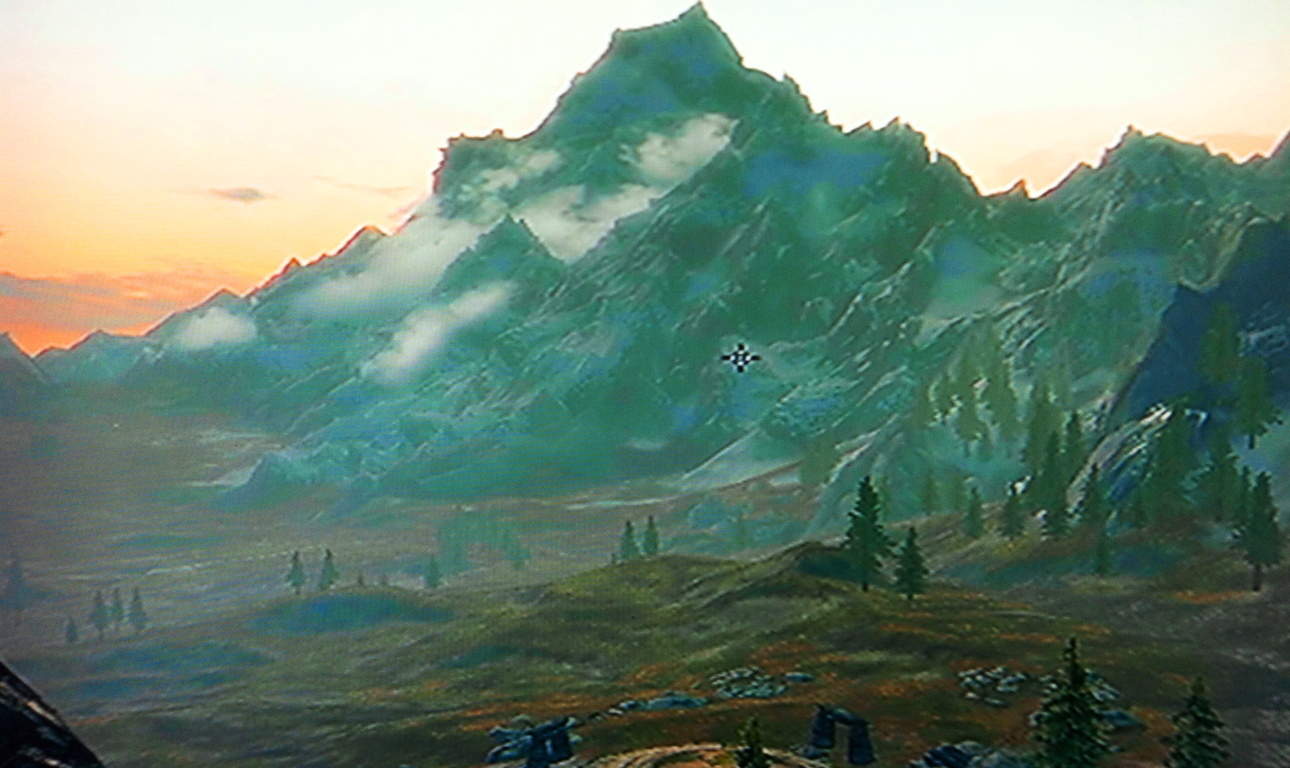 I would like to thank the makers of Skyrim for inspiring me to think and wonder for myself just how much of what they are proposing might be true…
I would like to thank the makers of Skyrim for inspiring me to think and wonder for myself just how much of what they are proposing might be true…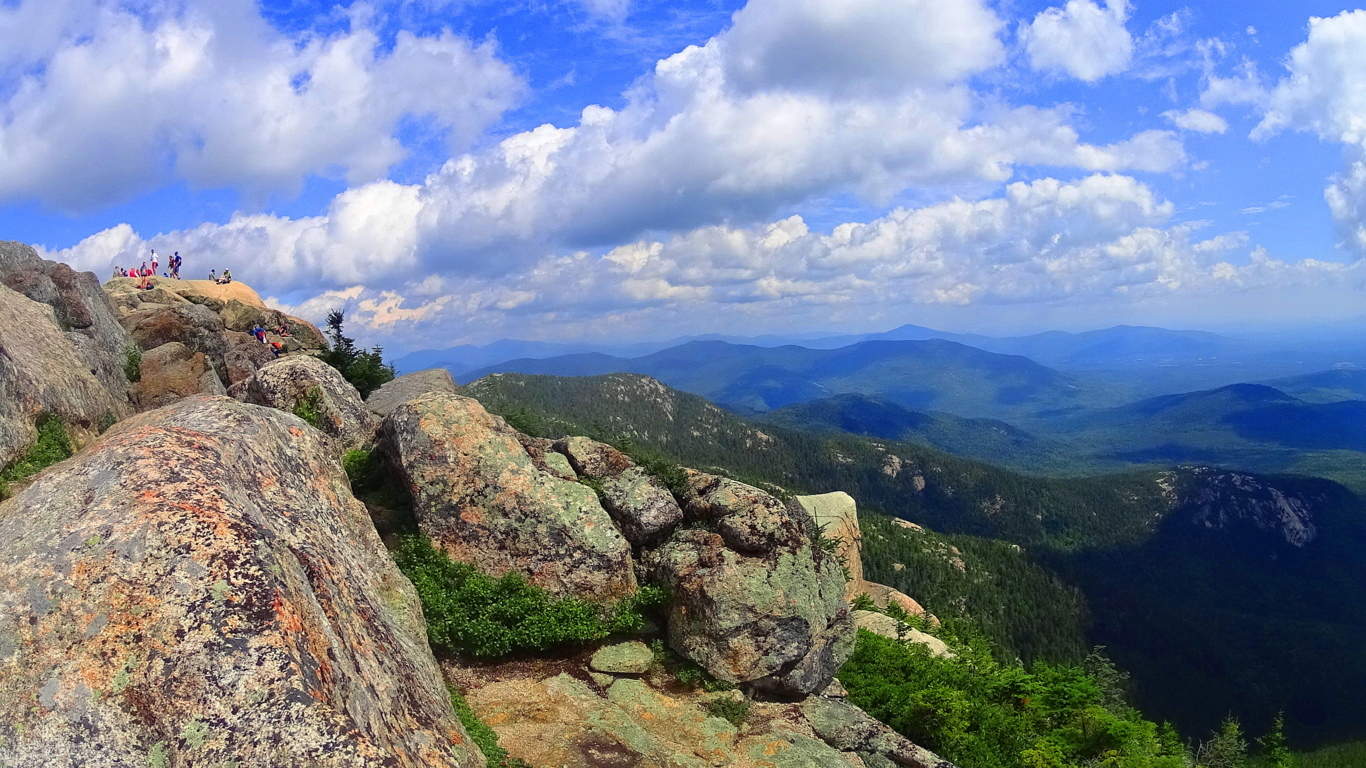 ..which is far more than I would’ve known, had I not gone in search after the miserable winter of 2014. I will end this post with this statement: Biblical scriptures and the Dead Sea Scrolls speak of giants in the land, before, and after Noah. There are entire narratives dedicated to this premise about giants. “Seek and Find the Sacred” is not just a nifty cliche, its your personal invitation to understand the most mysterious and amazing things first hand, not relying on some other persons opinion, but developing your own. The megaliths are there, in dynamic positions, with symbols and angles, waiting to be understood. All of this takes place in a naturally beautiful, and often romantically distant places, far from the manic urban centers. You have nothing to lose by letting go, and going for it. I hope to see you out there. And however far out “out there” might be, the better.
..which is far more than I would’ve known, had I not gone in search after the miserable winter of 2014. I will end this post with this statement: Biblical scriptures and the Dead Sea Scrolls speak of giants in the land, before, and after Noah. There are entire narratives dedicated to this premise about giants. “Seek and Find the Sacred” is not just a nifty cliche, its your personal invitation to understand the most mysterious and amazing things first hand, not relying on some other persons opinion, but developing your own. The megaliths are there, in dynamic positions, with symbols and angles, waiting to be understood. All of this takes place in a naturally beautiful, and often romantically distant places, far from the manic urban centers. You have nothing to lose by letting go, and going for it. I hope to see you out there. And however far out “out there” might be, the better. 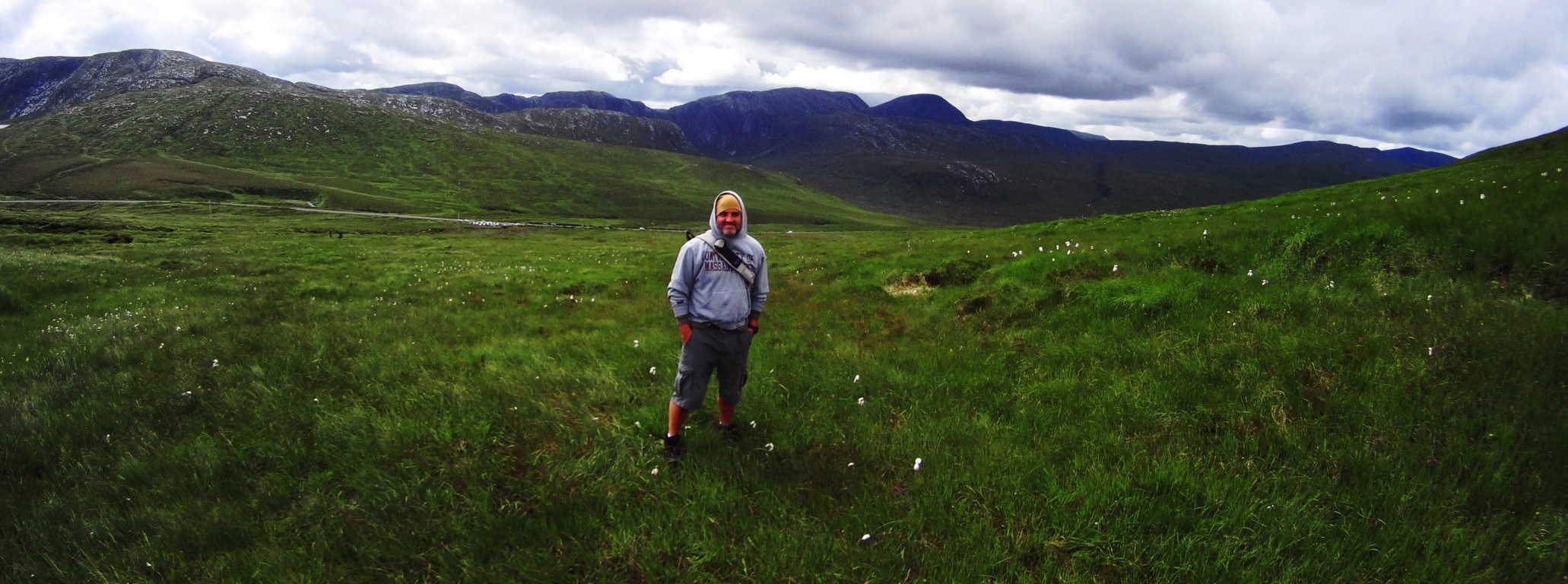
Gortnavern
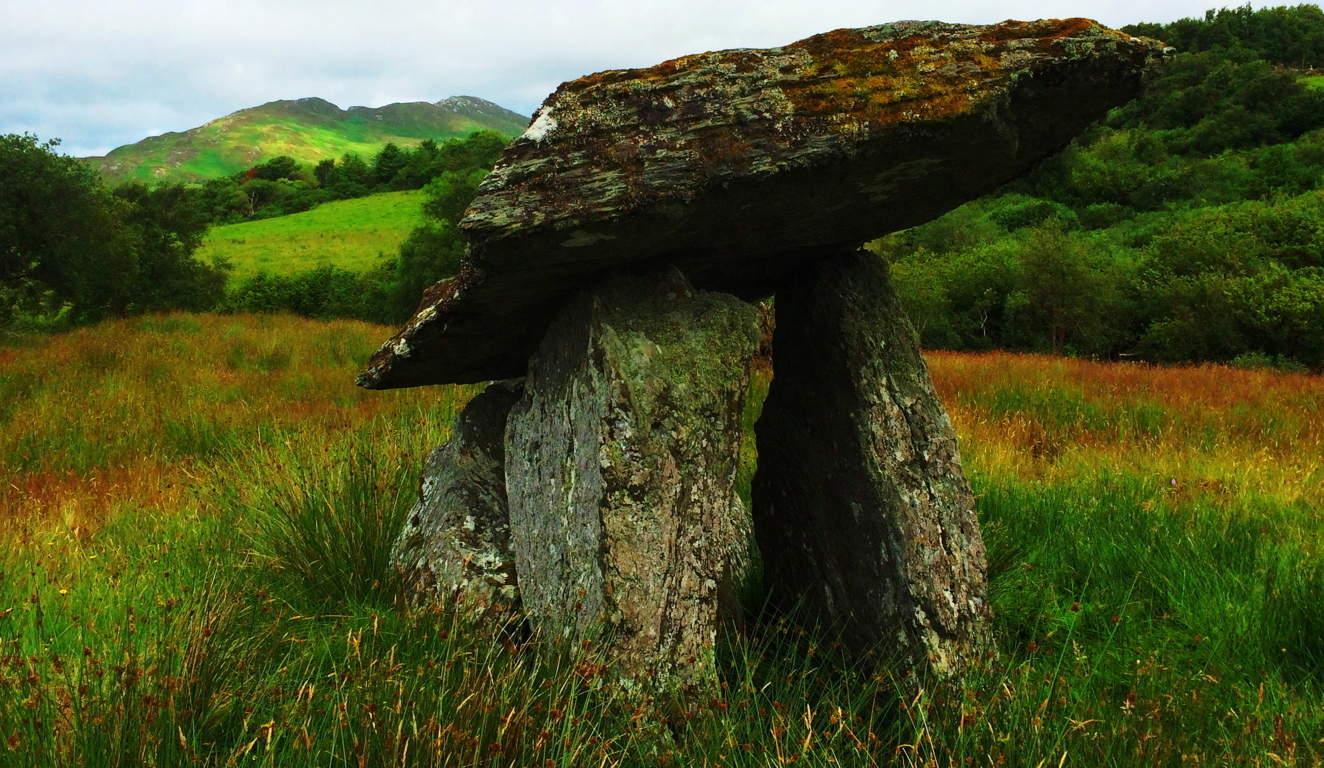 Location: Kerrykeel/Ranny Mountain/Ireland
Location: Kerrykeel/Ranny Mountain/Ireland
Note: It is hard to know how to begin when talking about a place like Gortnavern. It really isn’t a place that you will find in a tourism guidebook. It’s a rugged and cloudy place, with dark oily soil in the heights. Known as ‘Ranny’ to the locals, the small black mountain peak here overlooks Mulroy Bay, an inlet extending out to the stark Atlantic edge of Ireland’s northernmost coastline.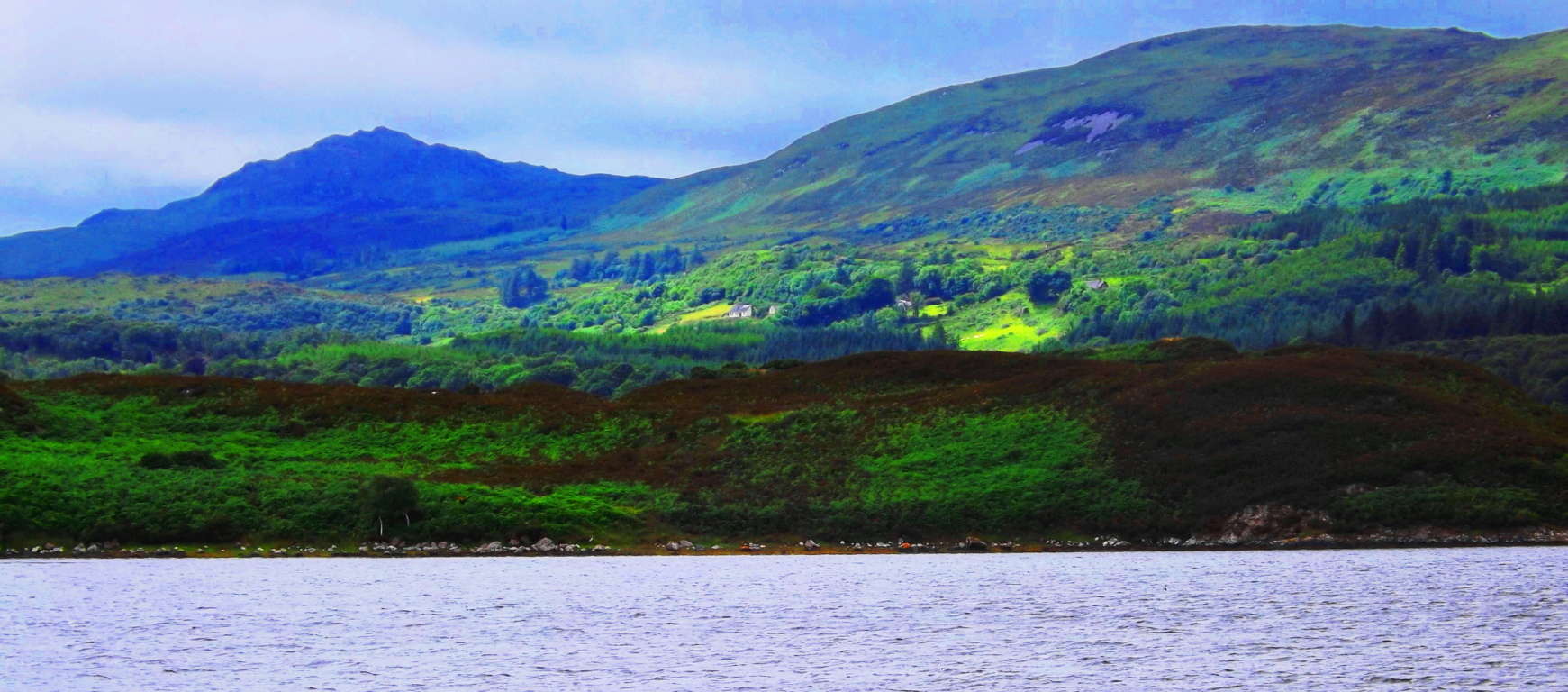 There are no trails here, just farmers roads, and fields upon fields. In the distance to the northeast is a rim of mountains that create a saturated basin of nearly picture perfect rolling hills and streams.
There are no trails here, just farmers roads, and fields upon fields. In the distance to the northeast is a rim of mountains that create a saturated basin of nearly picture perfect rolling hills and streams.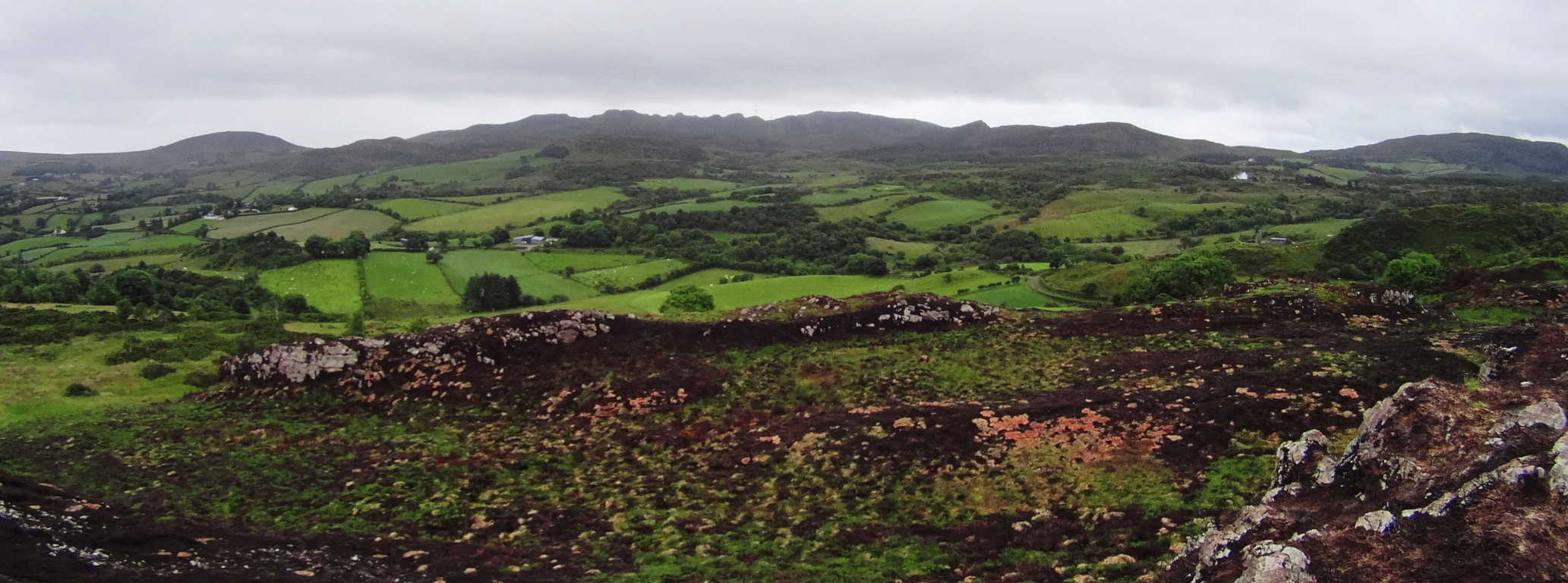 What looks like a simple and approachable climb through these heights is actually a phalanx of thick hedges, stony streams, tall grass, rocky knolls, spongy moss, and tough roots.
What looks like a simple and approachable climb through these heights is actually a phalanx of thick hedges, stony streams, tall grass, rocky knolls, spongy moss, and tough roots.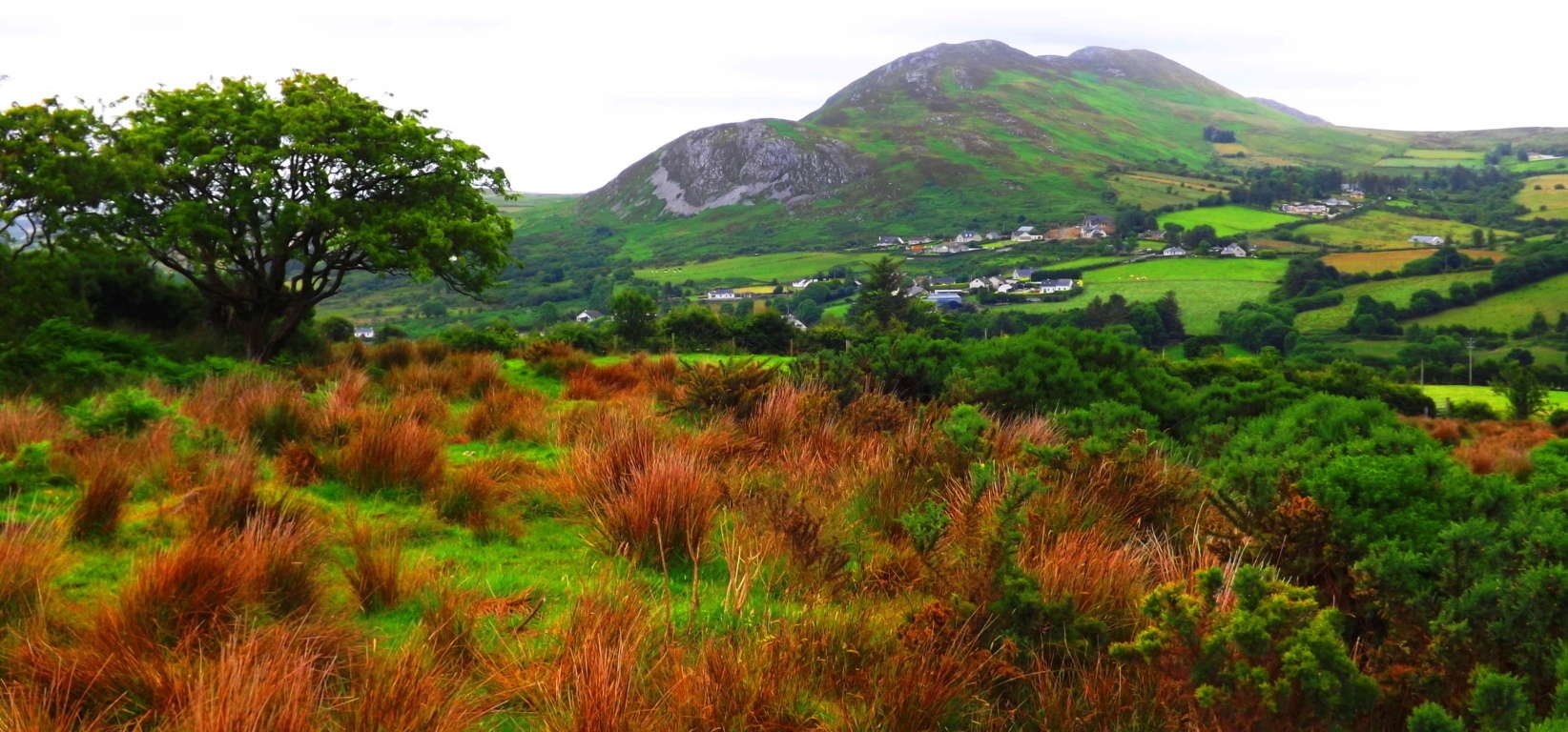 You will need all your gear, tall boots, and rain suit, to hike without fear. At the dark peak of Ranny wild goats graze and look on. It is easy to see that people do not come here often, judging from the looks on their faces.
You will need all your gear, tall boots, and rain suit, to hike without fear. At the dark peak of Ranny wild goats graze and look on. It is easy to see that people do not come here often, judging from the looks on their faces. There are plants and fauna here that I have never seen before, with winding undergrowth and tunnels of tough branches. To achieve the peak at Ranny you will have to pass through them.
There are plants and fauna here that I have never seen before, with winding undergrowth and tunnels of tough branches. To achieve the peak at Ranny you will have to pass through them.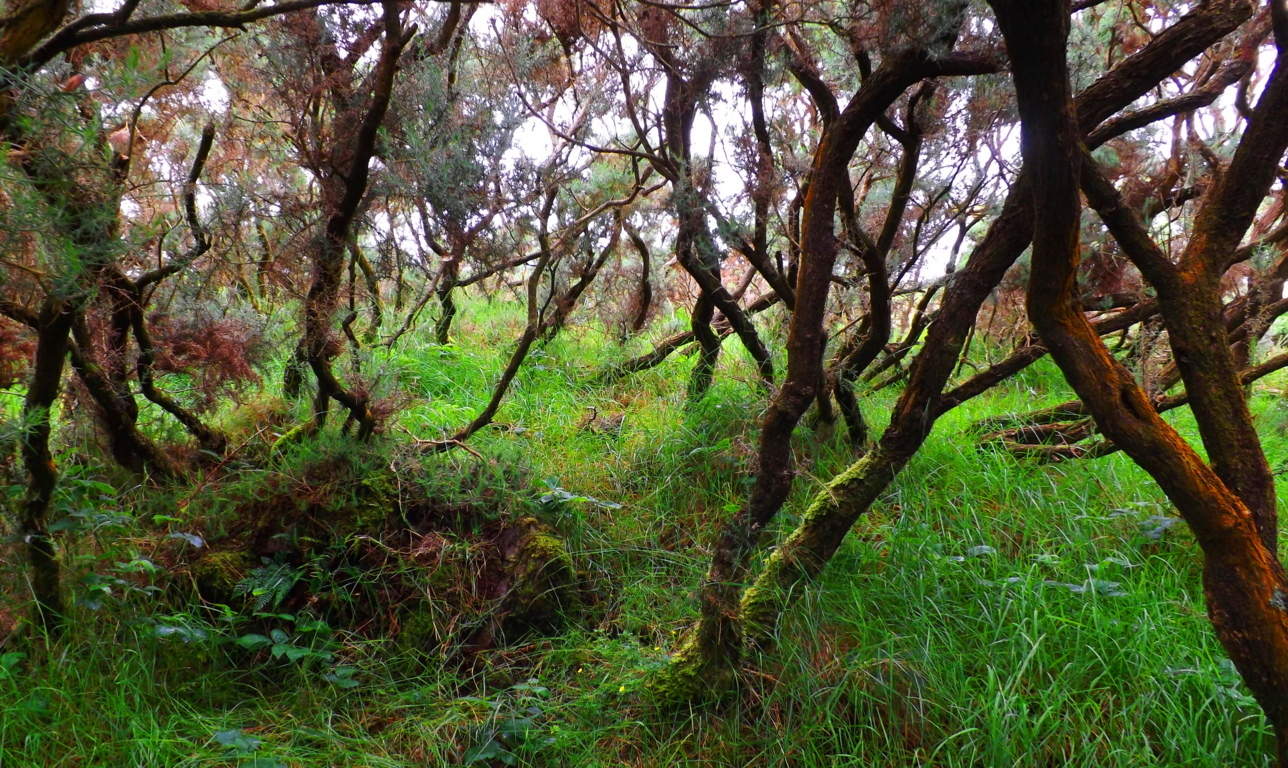 Not only that, but you will have to cross streams, climb fences, and avoid bulls in the fields. At this point you’ll probably want to ask: ” Well then, why the hell would you want to go hiking there?”
Not only that, but you will have to cross streams, climb fences, and avoid bulls in the fields. At this point you’ll probably want to ask: ” Well then, why the hell would you want to go hiking there?”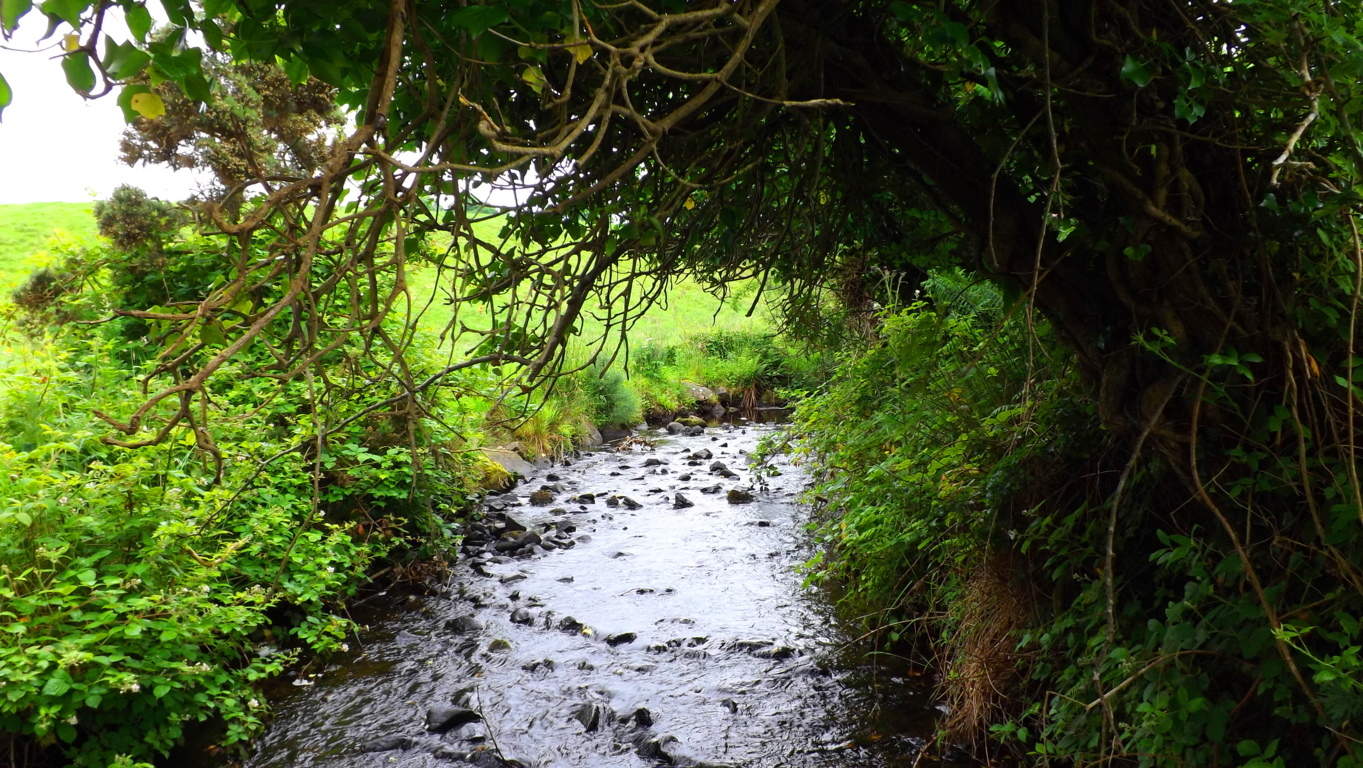 It’s a good question, with a worthy explanation. The Dolmen. The misty heights of Ranny is home to one of the few remaining undisturbed Celtic Dolmens in this part of the world. Other Dolmens remain, but are reinforced, rebuilt, or tampered with, in various ways; But not the Gortnavern Dolmen. It is in situ, in it’s original state; A beyond-priceless expression from an era gone by, built by the first culture that this part of the world had ever seen.
It’s a good question, with a worthy explanation. The Dolmen. The misty heights of Ranny is home to one of the few remaining undisturbed Celtic Dolmens in this part of the world. Other Dolmens remain, but are reinforced, rebuilt, or tampered with, in various ways; But not the Gortnavern Dolmen. It is in situ, in it’s original state; A beyond-priceless expression from an era gone by, built by the first culture that this part of the world had ever seen. Irish archaeologists date the building of most Dolmens somewhere around 4000 to 6000 B.C.E, but in truth, there is really no way of knowing just how old this megalith is. This is an exquisite example of the Portal Tomb, which is a spiritual statement of a crafted, massive, stone satellite, meant for catapulting souls from this world, to the stars. The 10 ton, elevated capstone, supported by five huge pillar pieces beneath, is forever tipping its brim towards the beautiful Gortnatraw Mountain in the distance. If you can get to this spot, it feels as if whoever created this Dolmen, wanted us to see how beautiful they felt this very scene was, which is why, perhaps, they chose to face the capstone in that specific direction. If that is the case, then as you look, you are sharing a moment with someone who lived 6000 years ago.
Irish archaeologists date the building of most Dolmens somewhere around 4000 to 6000 B.C.E, but in truth, there is really no way of knowing just how old this megalith is. This is an exquisite example of the Portal Tomb, which is a spiritual statement of a crafted, massive, stone satellite, meant for catapulting souls from this world, to the stars. The 10 ton, elevated capstone, supported by five huge pillar pieces beneath, is forever tipping its brim towards the beautiful Gortnatraw Mountain in the distance. If you can get to this spot, it feels as if whoever created this Dolmen, wanted us to see how beautiful they felt this very scene was, which is why, perhaps, they chose to face the capstone in that specific direction. If that is the case, then as you look, you are sharing a moment with someone who lived 6000 years ago.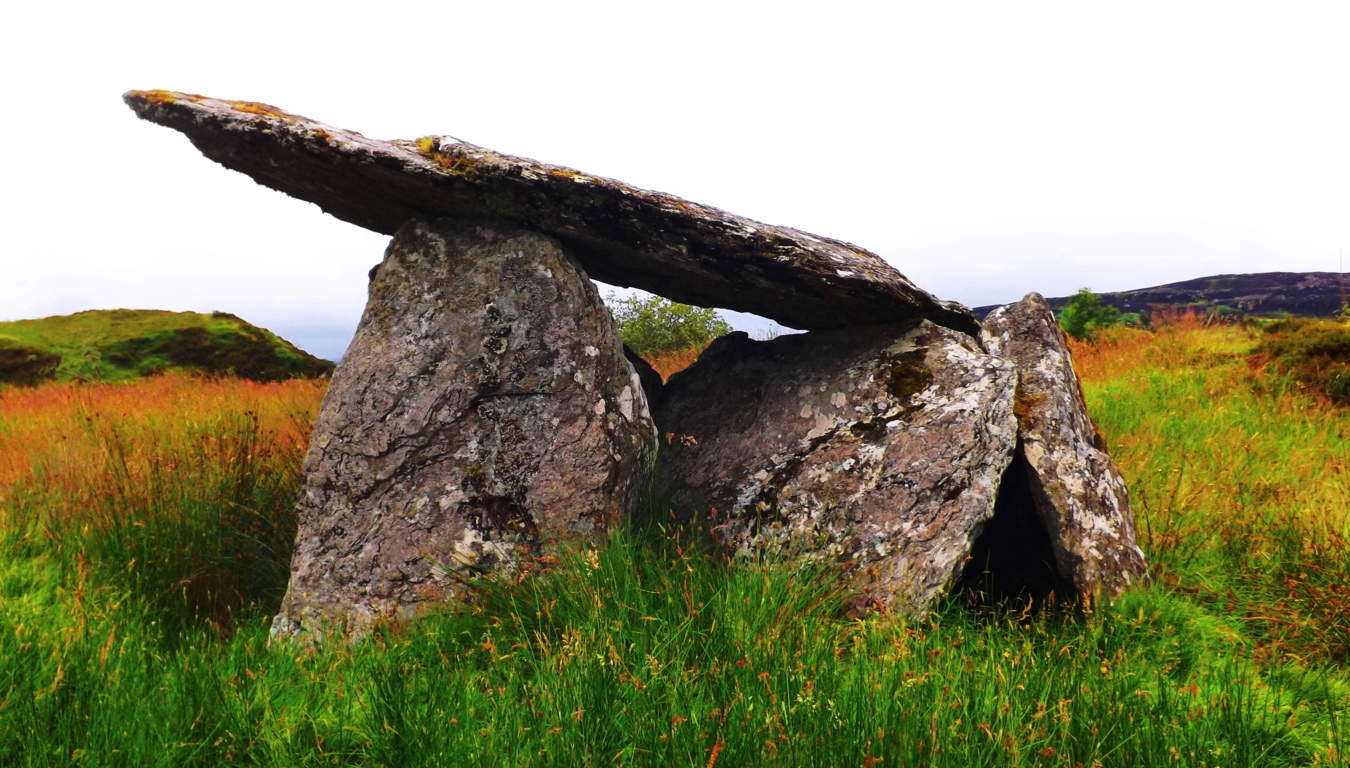 What could be a more worth while hiking goal? Whatever you do, stop to appreciate the the strange darkened peaks, of a style i had never seen before, or since. In the end, you will have to decide what your goals in a rustic scene like this will be.
What could be a more worth while hiking goal? Whatever you do, stop to appreciate the the strange darkened peaks, of a style i had never seen before, or since. In the end, you will have to decide what your goals in a rustic scene like this will be.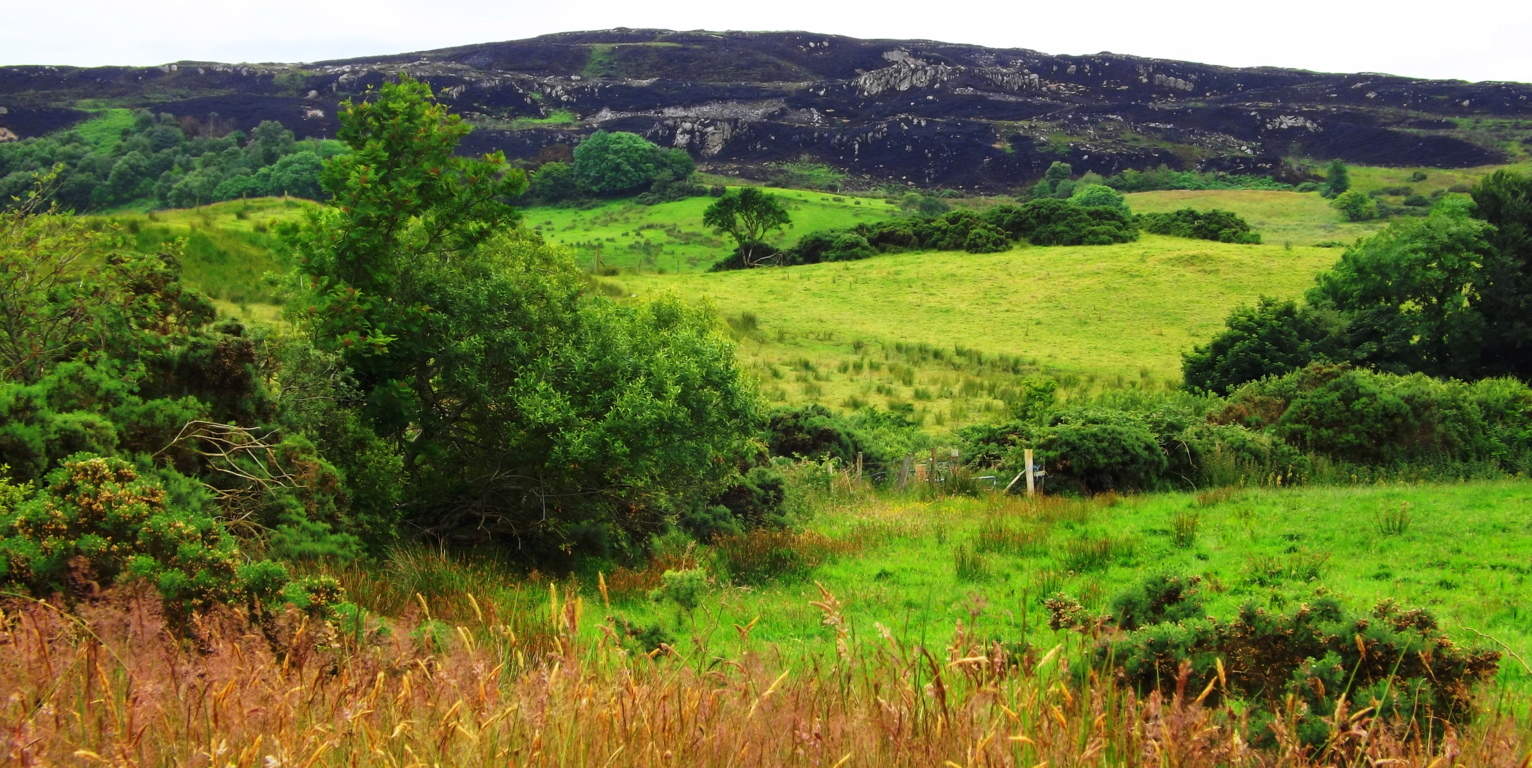 If hiking to the top of Mount Ranny is your goal, be prepared to cross farmers fields, and travail the obstacles, with a tough incline as you go. If finding the Gortnavern Dolmen is your goal, you must find Drumatrumman Road. Pass the farm at the top of Drumatrumman Road, and continue about a half mile further up the hedgy dirt path. You will need to look right; At about 75 yards to the right of the lane, beyond cows in the fields, just to the next gully, beyond the stream, you will see the Dolmen. Beyond the hedges behind the cattle in the image below, the Dolmen is just out of view at this vantage from the road. Keep clear of the bull, follow the hedge to the left.
If hiking to the top of Mount Ranny is your goal, be prepared to cross farmers fields, and travail the obstacles, with a tough incline as you go. If finding the Gortnavern Dolmen is your goal, you must find Drumatrumman Road. Pass the farm at the top of Drumatrumman Road, and continue about a half mile further up the hedgy dirt path. You will need to look right; At about 75 yards to the right of the lane, beyond cows in the fields, just to the next gully, beyond the stream, you will see the Dolmen. Beyond the hedges behind the cattle in the image below, the Dolmen is just out of view at this vantage from the road. Keep clear of the bull, follow the hedge to the left. 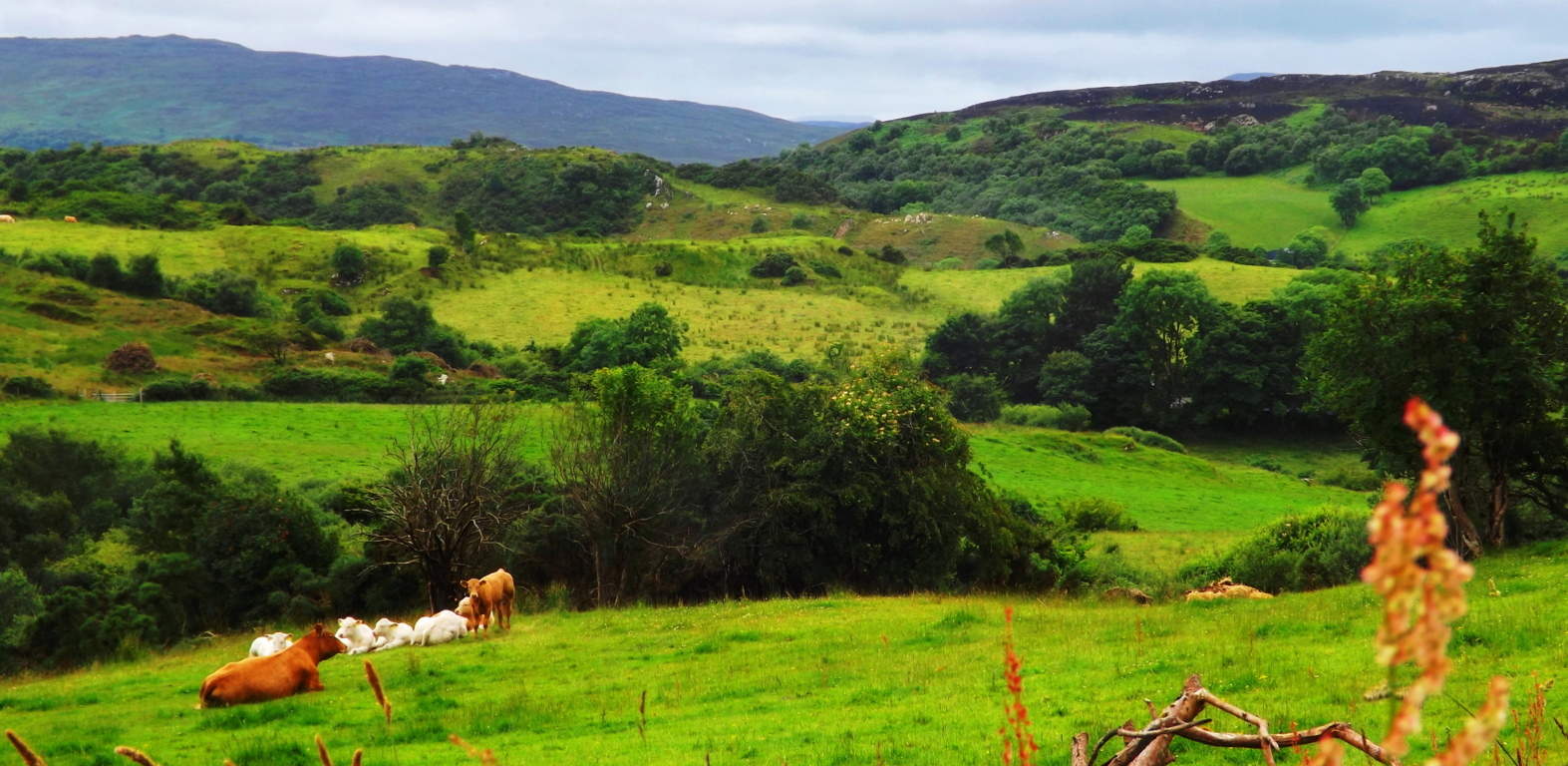 More generally, approaching this scene, there is a sign for the ‘Gortnavern Dolmen’ from the main road just outside Kerrykeel center, but from there you should plan to ask for help, and bring your GPS/Phone, you will need it. Many of the roads do not have names, so approach farmers with humble honesty and respect. You are on their land. If you tell them you would like to see the Dolmen, they will gladly show you the way, but DO NOT JUST WAVE AT THEM AND PASS BY. This is a real rural community, with functional farms and generational families at work, be respectful.
More generally, approaching this scene, there is a sign for the ‘Gortnavern Dolmen’ from the main road just outside Kerrykeel center, but from there you should plan to ask for help, and bring your GPS/Phone, you will need it. Many of the roads do not have names, so approach farmers with humble honesty and respect. You are on their land. If you tell them you would like to see the Dolmen, they will gladly show you the way, but DO NOT JUST WAVE AT THEM AND PASS BY. This is a real rural community, with functional farms and generational families at work, be respectful.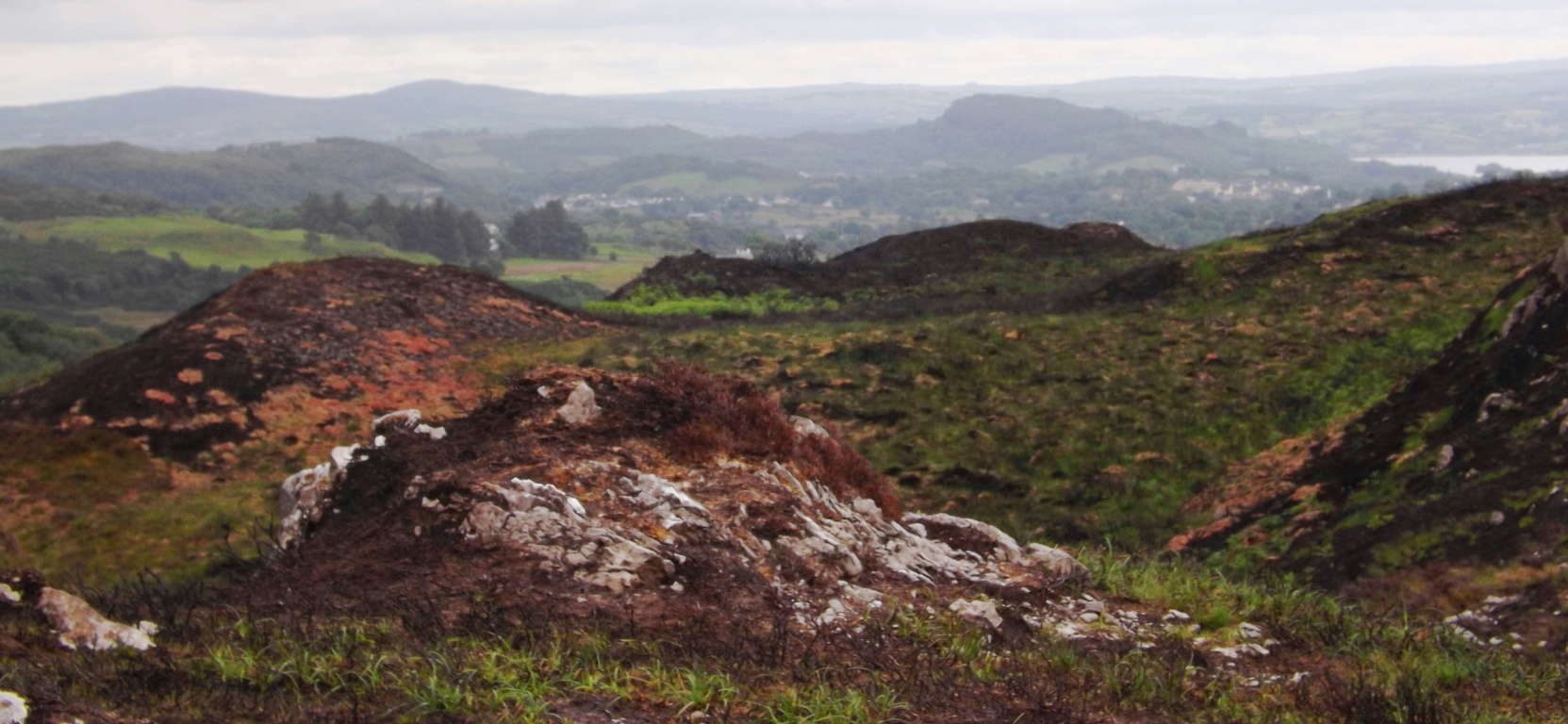 If you can get to Gortnavern, you have already achieved something which most people, even seasoned hikers, will never do. These are the rare places, the wild unmarked terrains, where you will discover more about yourself in the challenge, than any commercially advertised trek can offer. This is the real Celtic experience. Go strong, bring plenty of water, and may the road rise to meet you.
If you can get to Gortnavern, you have already achieved something which most people, even seasoned hikers, will never do. These are the rare places, the wild unmarked terrains, where you will discover more about yourself in the challenge, than any commercially advertised trek can offer. This is the real Celtic experience. Go strong, bring plenty of water, and may the road rise to meet you.
Glenveagh National Park
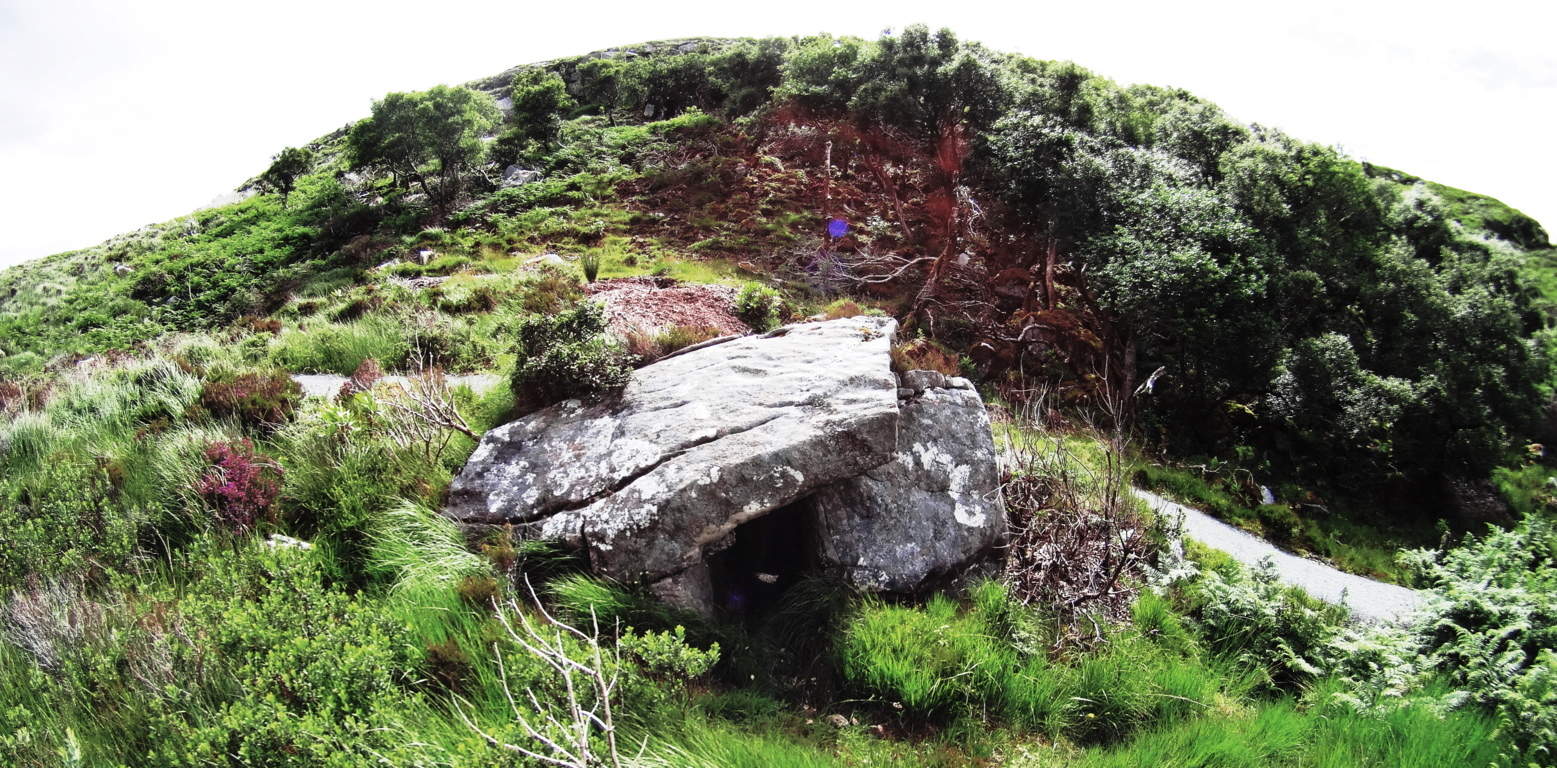 Location: Glenveagh National Park/Donegal/ Ireland
Location: Glenveagh National Park/Donegal/ Ireland
Elevation: 450 feet/Glenveagh Castle, elevated view trail
Scale: Capstone weight 1.5 tons
Note: The Glenveagh Mountains are the classic Celtic range for any trailblazer. Glenveagh Castle sits beside the lake below, supporting trails that run both along the water and above the castle grounds.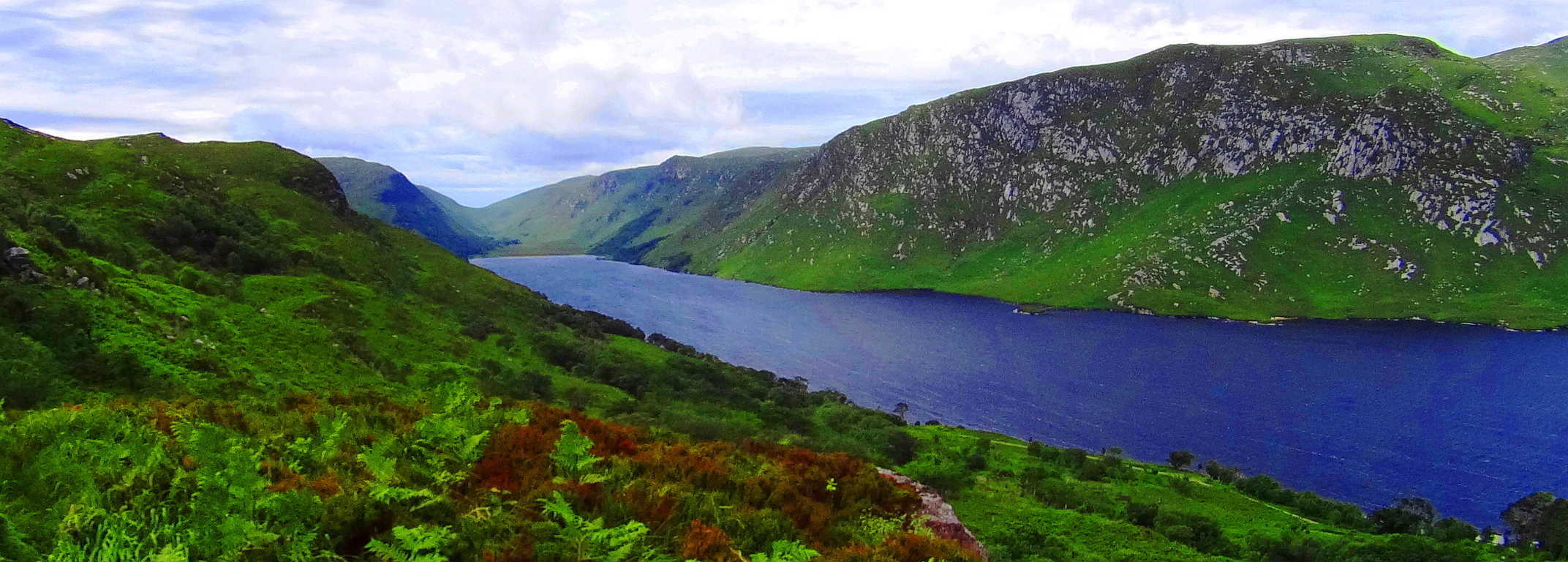 Tucked into the exact center of the elevated gully high above the castle is a small but distinct wedge tomb, complete with a classically slanted capstone and clearly squared entrance way. Many engineered megaliths share the distinct pattern of being located just behind a fantastic peak, out of the wind, most likely where a fire may be concealed from the dangers of the valley beyond; And the valley beyond is truly a site to behold. Another feature that distinguishes arbitrary looking caves from Wedge Tombs is that they are often centrally aligned with the exact mid-line of the mountain facade behind, as you can see from the premier image above. From the top of the mountain looking straight down to the center below is the Wedge Tomb’s location. In terms of the overall space it creates a type of ‘clarity’, rather clutter, to introducing an intrinsic symmetries into the landscape that will comfort those occupy it, and objectify any unaware intruders. Along the Glenveagh Castle Trails there are massive stones that are clearly cut with precision, most likely designating the area as “occupied” by whoever put them there so many thousands of years ago.
Tucked into the exact center of the elevated gully high above the castle is a small but distinct wedge tomb, complete with a classically slanted capstone and clearly squared entrance way. Many engineered megaliths share the distinct pattern of being located just behind a fantastic peak, out of the wind, most likely where a fire may be concealed from the dangers of the valley beyond; And the valley beyond is truly a site to behold. Another feature that distinguishes arbitrary looking caves from Wedge Tombs is that they are often centrally aligned with the exact mid-line of the mountain facade behind, as you can see from the premier image above. From the top of the mountain looking straight down to the center below is the Wedge Tomb’s location. In terms of the overall space it creates a type of ‘clarity’, rather clutter, to introducing an intrinsic symmetries into the landscape that will comfort those occupy it, and objectify any unaware intruders. Along the Glenveagh Castle Trails there are massive stones that are clearly cut with precision, most likely designating the area as “occupied” by whoever put them there so many thousands of years ago.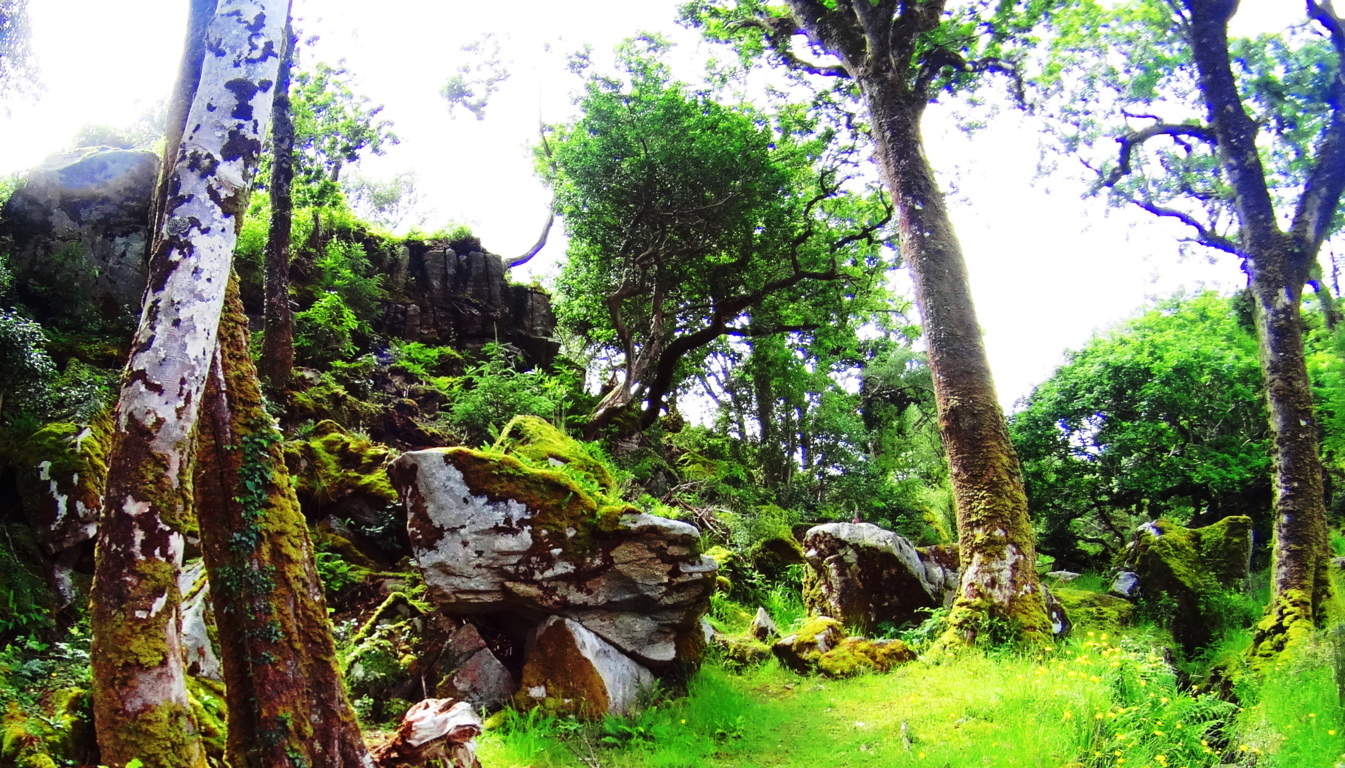 This particular standing stone is cut on one side to create a smooth ‘face’. It stands roughly seven feet high, and 2.5 feet in width, weighing perhaps 3 tons. It is located about a half mile below the Dolmen along a perfectly picturesque waterline. This is also a common theme found in sites from Ireland, England, and America: megaliths placed specifically to call attention to the area as occupied, like corners of a small kingdom. Other clearly engineered works are cut into the cliffs above, complete with right angles and squared free-sitting boulders/slabs. Anthropologists who have taken the time to investigate the patterns of sites where Dolmen are discovered will acknowledge these common themes of strategic location in reference to the Sun, elevated vantages, centrality, and clear ‘signature works’ of stone designating and possessing the area. Those who dismiss the accumulated logic of consistent dynamic evidence with the increasingly crude idea of ‘glacial displacement’ as being responsible for these sacred zones are defending an agenda that limits our understanding of History in general.
This particular standing stone is cut on one side to create a smooth ‘face’. It stands roughly seven feet high, and 2.5 feet in width, weighing perhaps 3 tons. It is located about a half mile below the Dolmen along a perfectly picturesque waterline. This is also a common theme found in sites from Ireland, England, and America: megaliths placed specifically to call attention to the area as occupied, like corners of a small kingdom. Other clearly engineered works are cut into the cliffs above, complete with right angles and squared free-sitting boulders/slabs. Anthropologists who have taken the time to investigate the patterns of sites where Dolmen are discovered will acknowledge these common themes of strategic location in reference to the Sun, elevated vantages, centrality, and clear ‘signature works’ of stone designating and possessing the area. Those who dismiss the accumulated logic of consistent dynamic evidence with the increasingly crude idea of ‘glacial displacement’ as being responsible for these sacred zones are defending an agenda that limits our understanding of History in general. Why is it so hard to even discuss the possibility of a Pre-Native/Pre-Celtic civilization that precedes tribal-human communities? In the Book of Samuel of The Old Testament King David was ordained by God to lead his tribe in battle against the Philistines, who were described as a tribe of giants. The Philistines claimed to be descended from an even more ancient tribe of giants called the Nephilim, referenced in Genesis 6, who were semi-divine, related to angels that fell to Earth and copulated with the first humans in the earliest period of cultural History.
Why is it so hard to even discuss the possibility of a Pre-Native/Pre-Celtic civilization that precedes tribal-human communities? In the Book of Samuel of The Old Testament King David was ordained by God to lead his tribe in battle against the Philistines, who were described as a tribe of giants. The Philistines claimed to be descended from an even more ancient tribe of giants called the Nephilim, referenced in Genesis 6, who were semi-divine, related to angels that fell to Earth and copulated with the first humans in the earliest period of cultural History.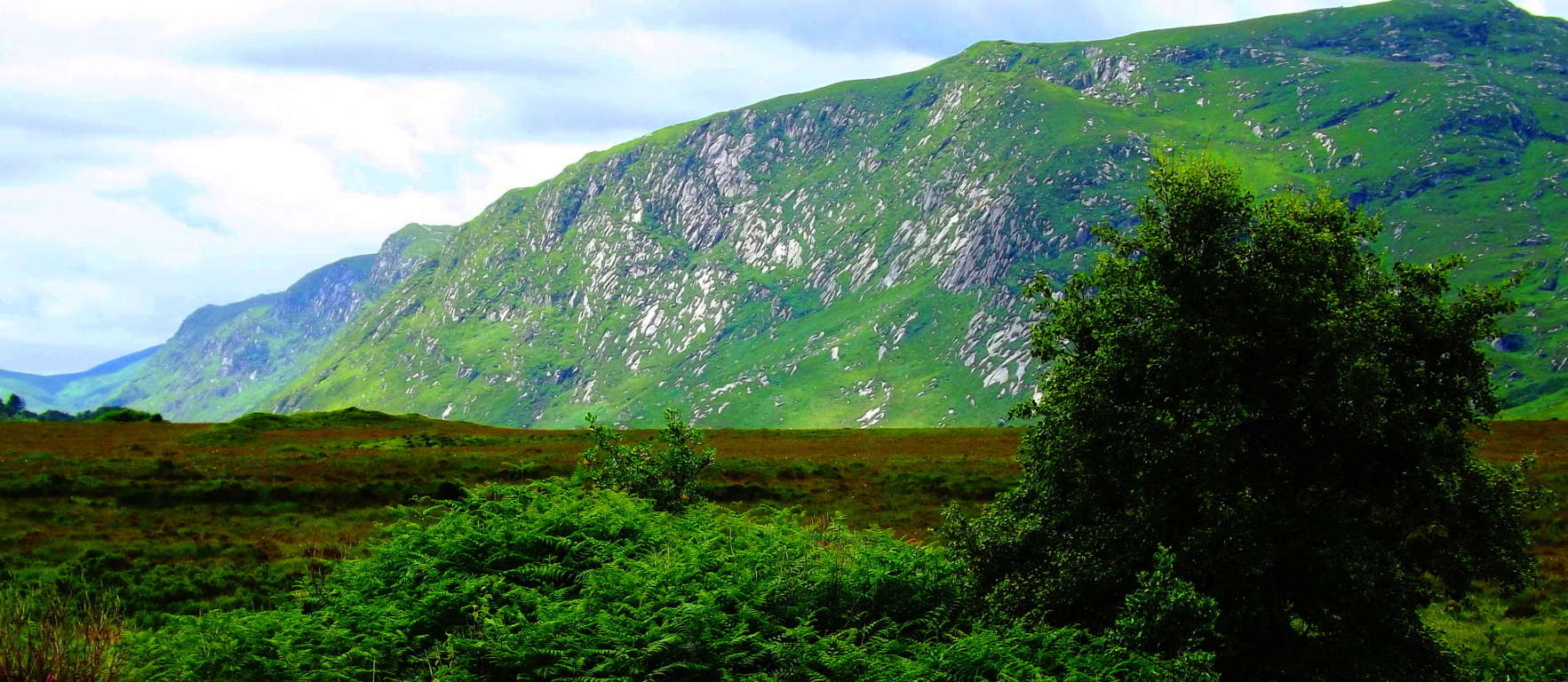 The Mayans did not claim to have built the oldest megalithic sites in South America, but said angels came from the sky and did it before they arrived, and Dolmens can be found outside of Israel to this day. Why is Postmodern culture pushing commercialized popular science as fact when the anthropology tells a very different story? Walk the trails and see for yourself.
The Mayans did not claim to have built the oldest megalithic sites in South America, but said angels came from the sky and did it before they arrived, and Dolmens can be found outside of Israel to this day. Why is Postmodern culture pushing commercialized popular science as fact when the anthropology tells a very different story? Walk the trails and see for yourself.
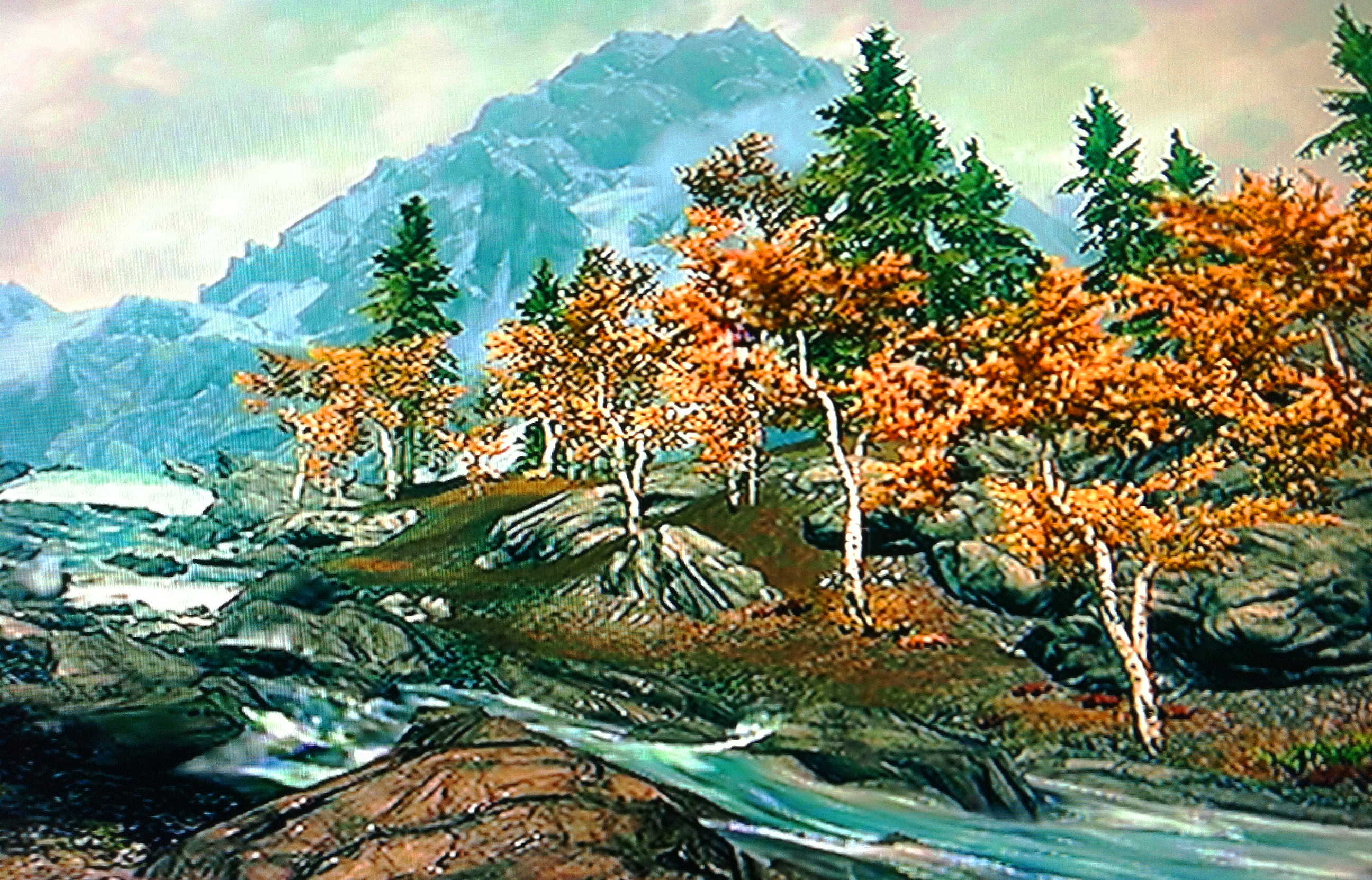
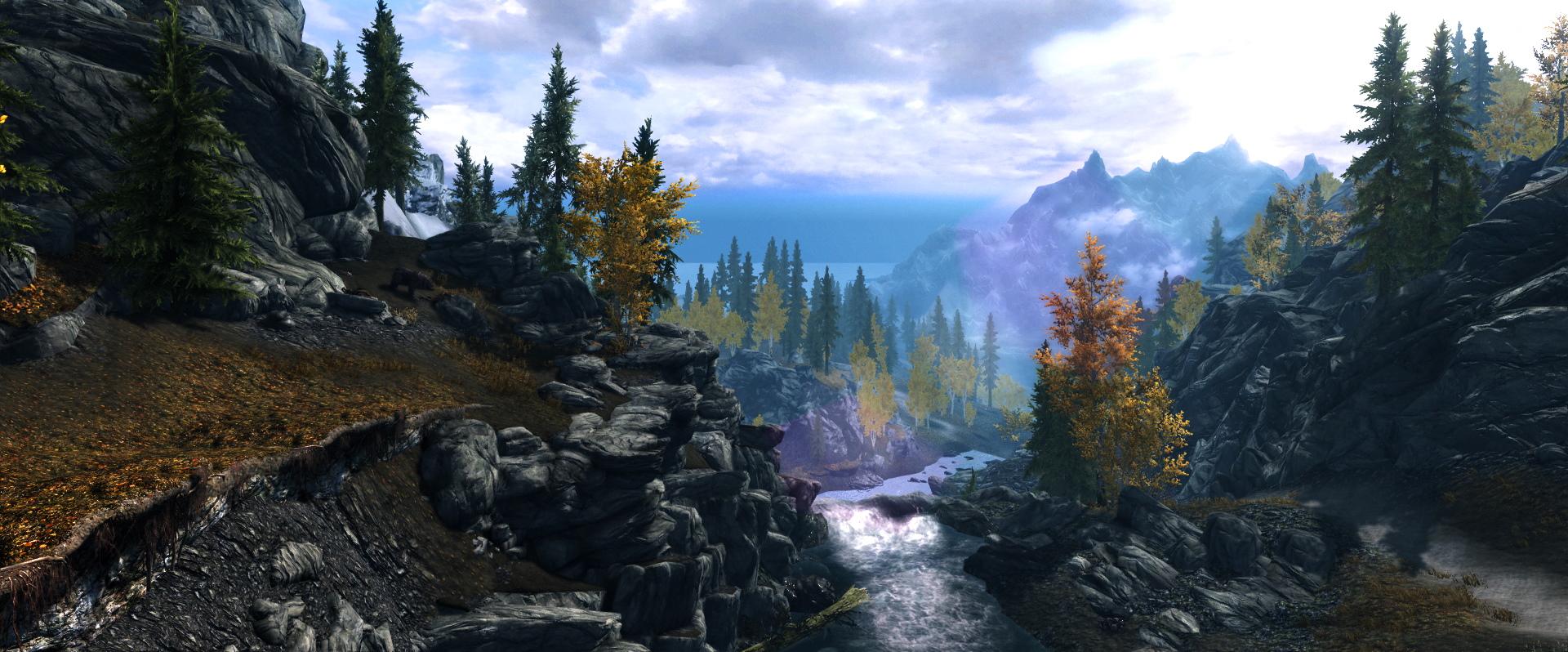
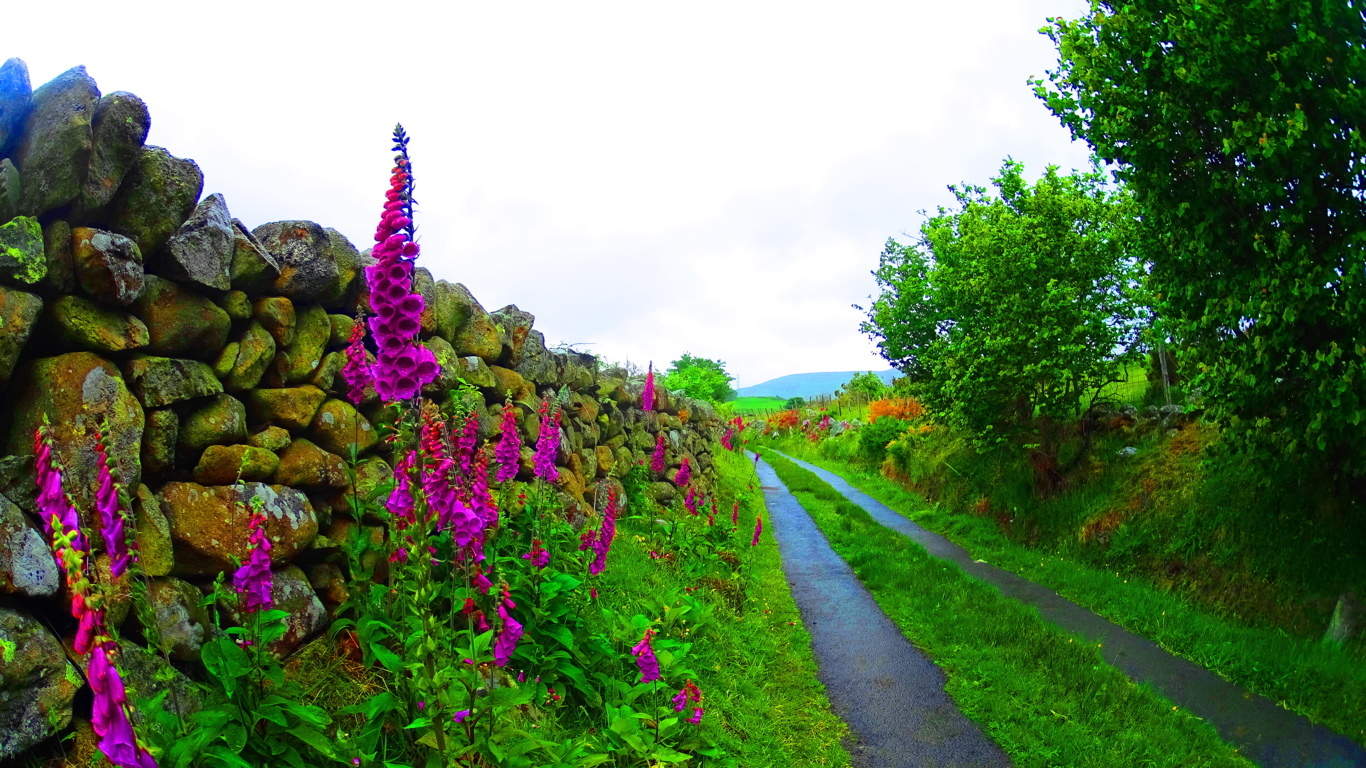
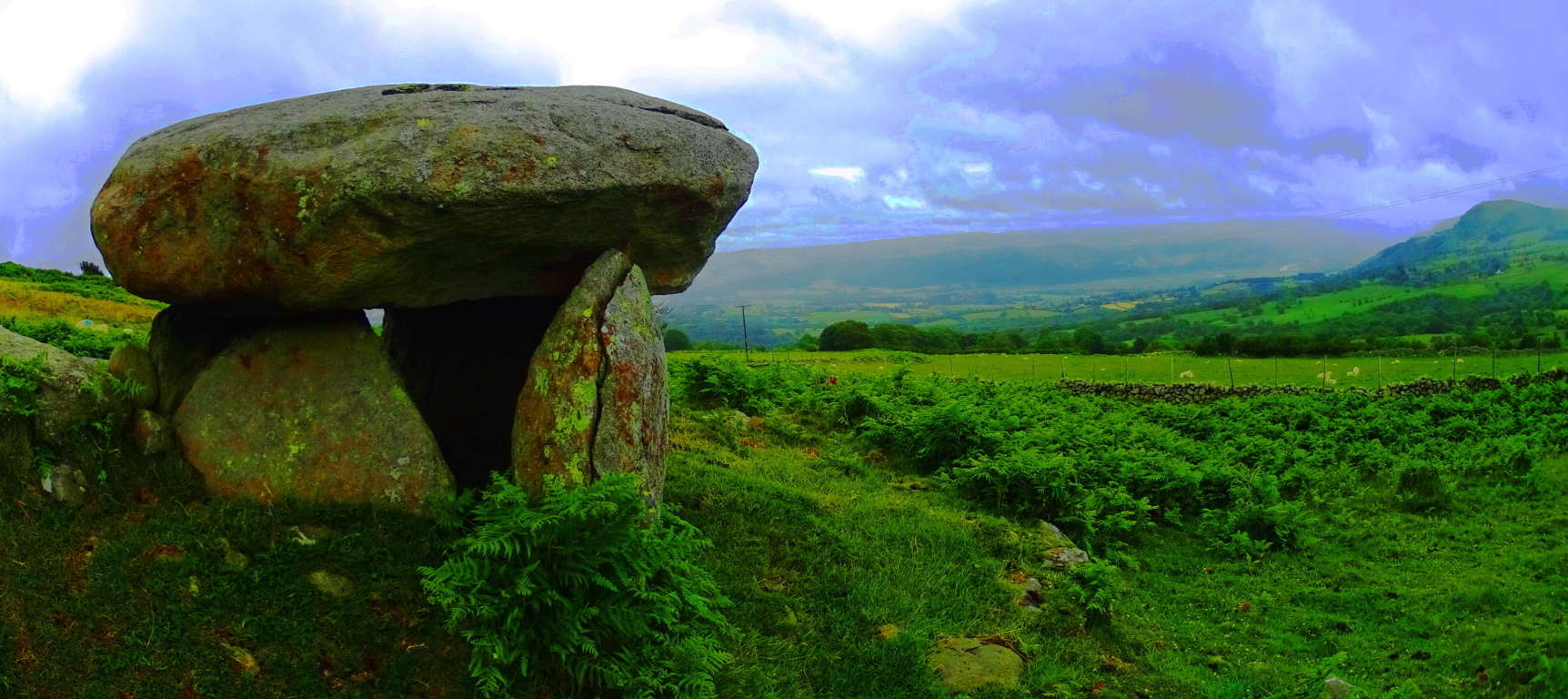
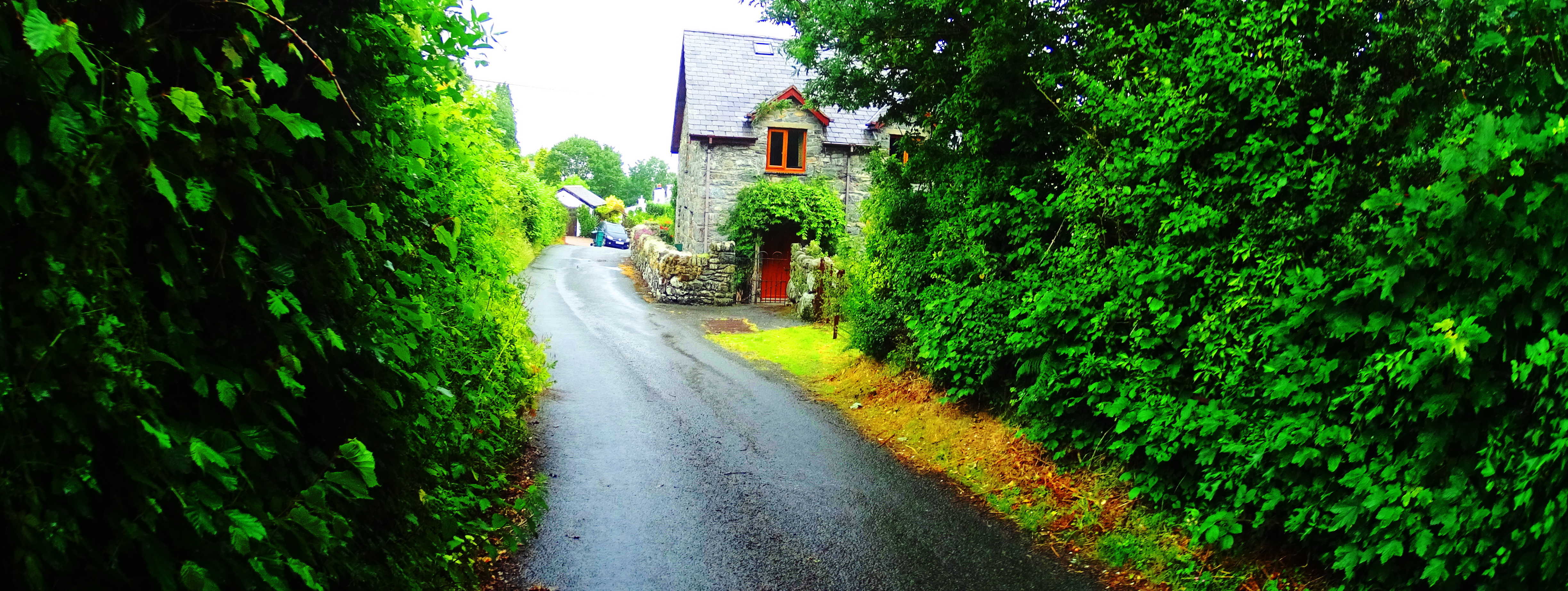
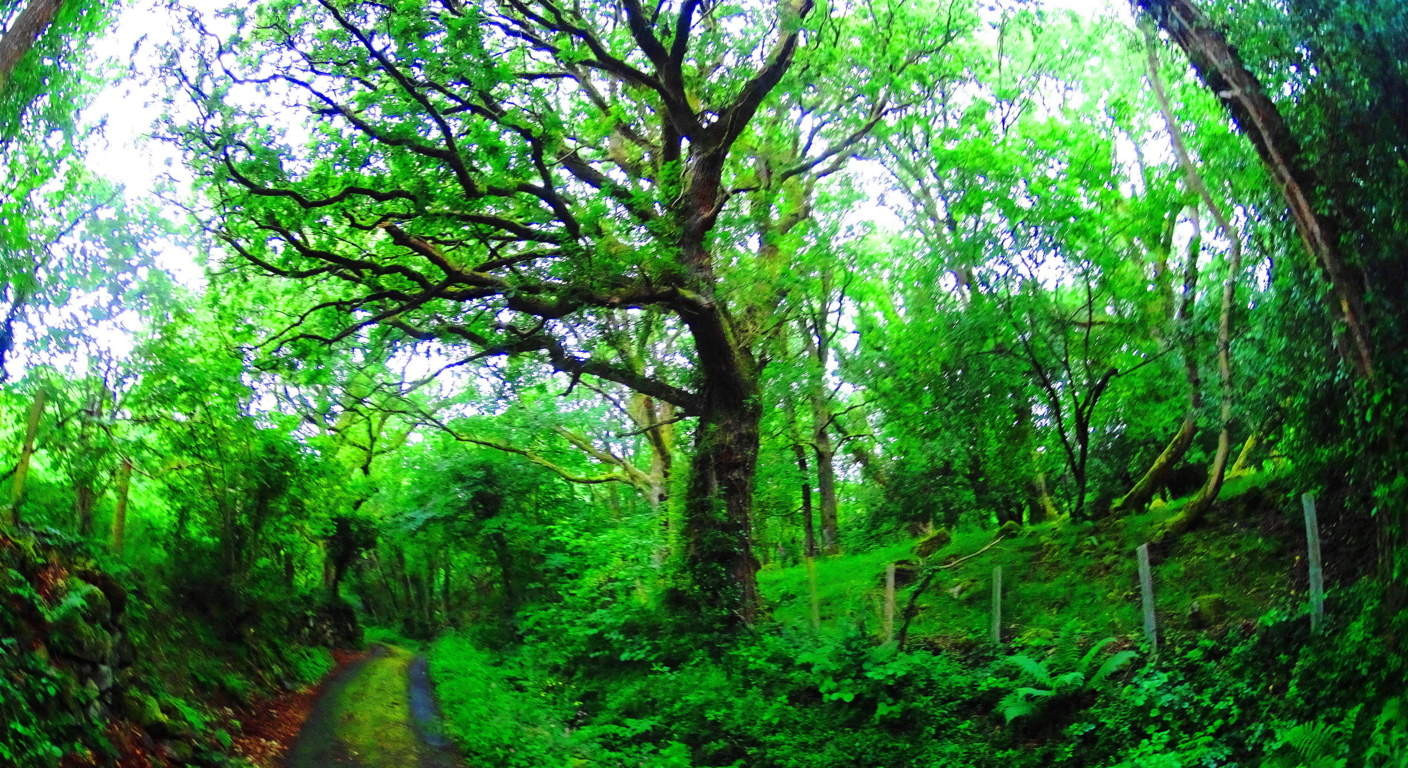
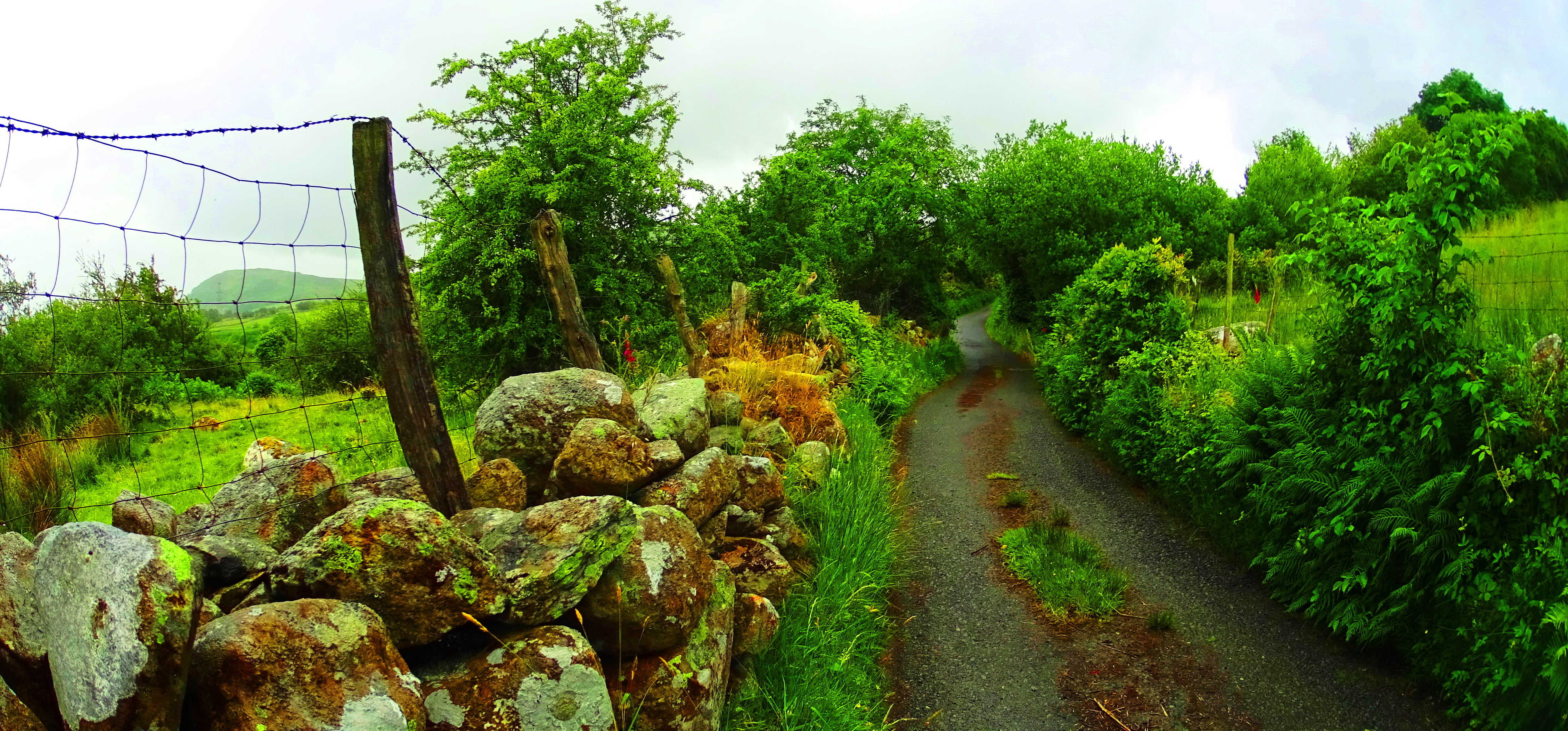

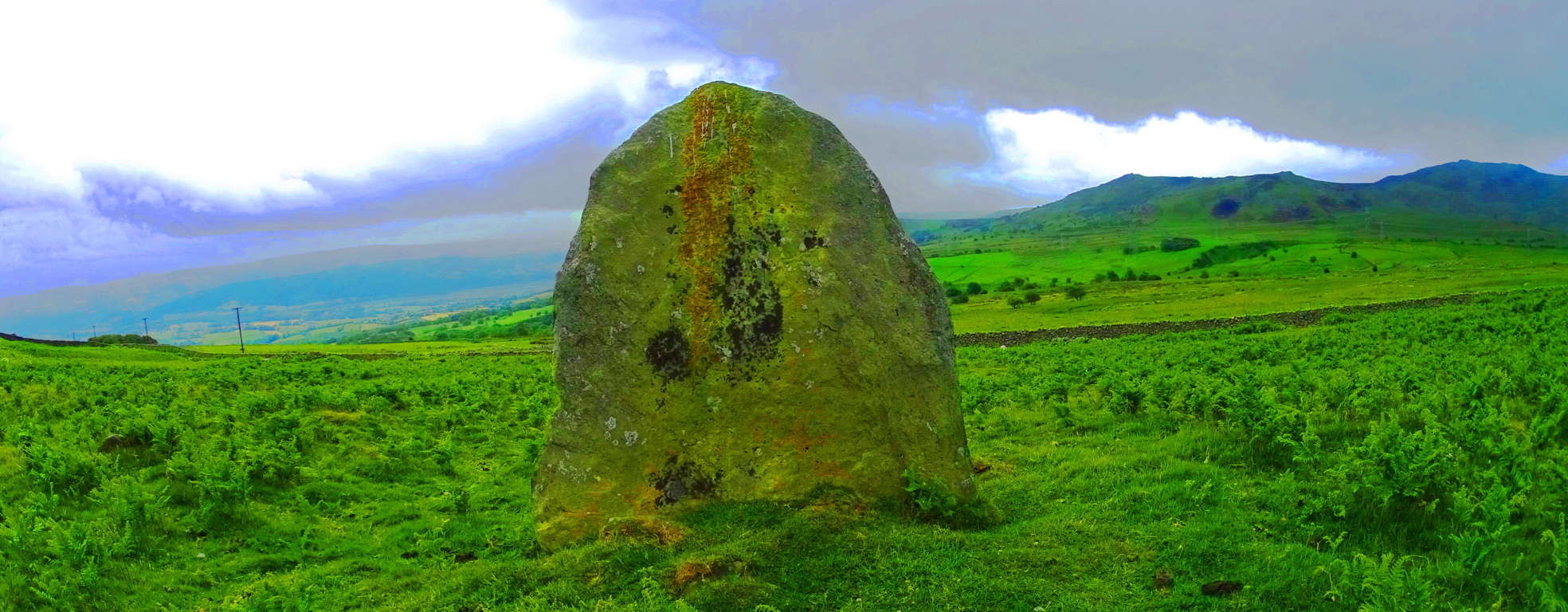 After stopping to appreciate this magnificent stone, continue in the same direction further along the Roman road, and look left again. The Dolmen sits about 50 yards away and can be seen from the road facing the valley below. It is a sight to behold. This is a classic “Portal Tomb” of the same era as the legendary Poulnabrone Dolmen in The Burren Ireland , across the Celtic Sea. Although it may look somewhat small against the broad valley, a closer look reveals a capstone weighing at least 5 tons.
After stopping to appreciate this magnificent stone, continue in the same direction further along the Roman road, and look left again. The Dolmen sits about 50 yards away and can be seen from the road facing the valley below. It is a sight to behold. This is a classic “Portal Tomb” of the same era as the legendary Poulnabrone Dolmen in The Burren Ireland , across the Celtic Sea. Although it may look somewhat small against the broad valley, a closer look reveals a capstone weighing at least 5 tons.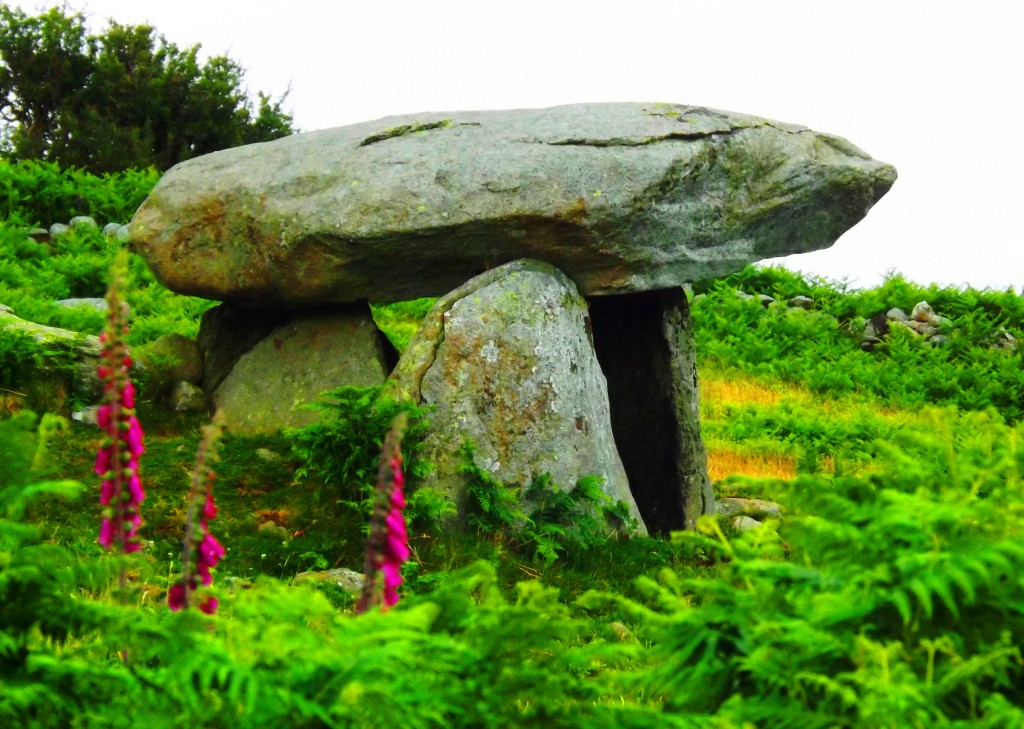 This capstone is directly aligned to a beautiful peak roughly ten miles away across the valley. This is a trait that most Dolmens display: the facing of the most beautiful vantage in the area.
This capstone is directly aligned to a beautiful peak roughly ten miles away across the valley. This is a trait that most Dolmens display: the facing of the most beautiful vantage in the area.